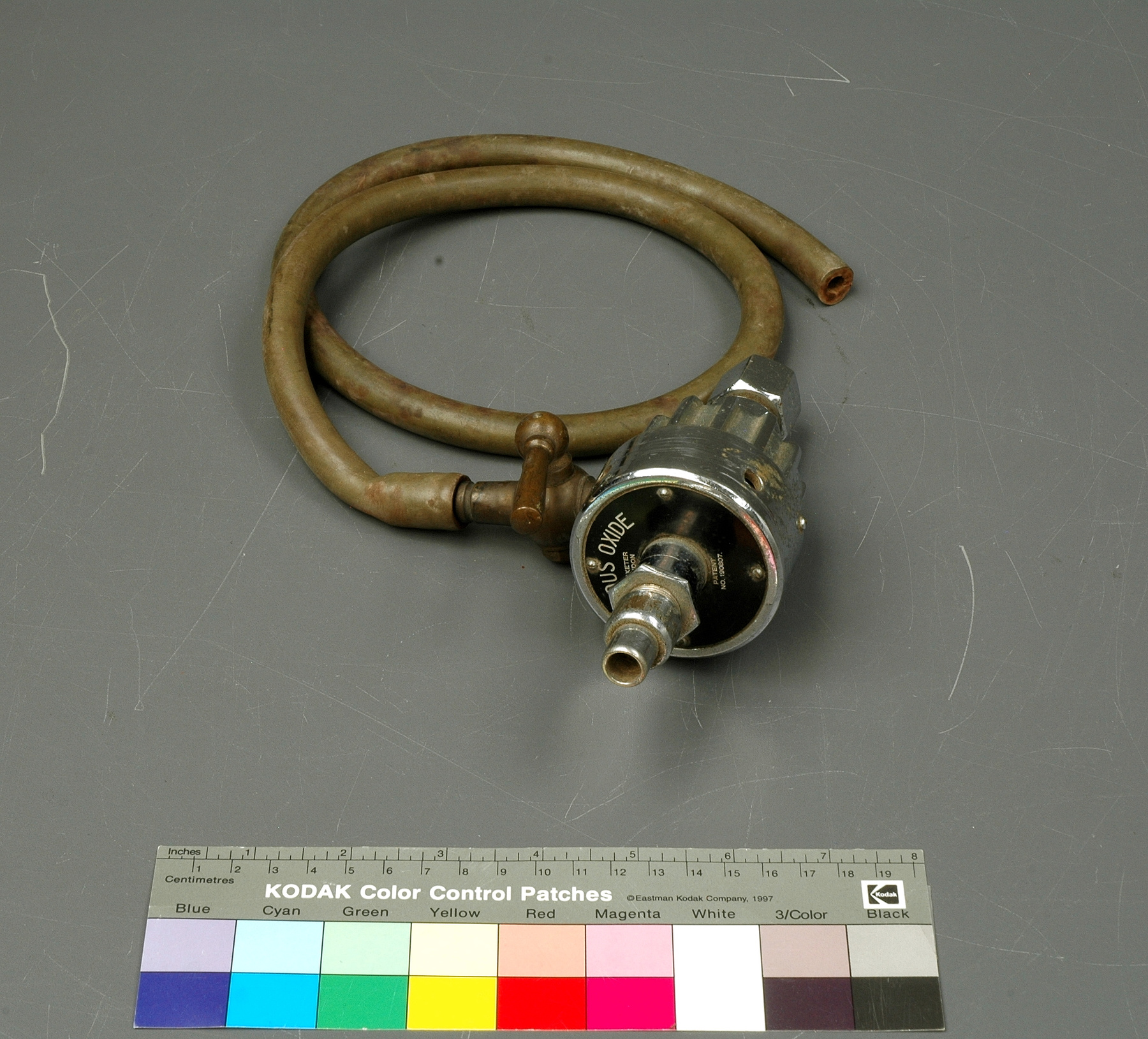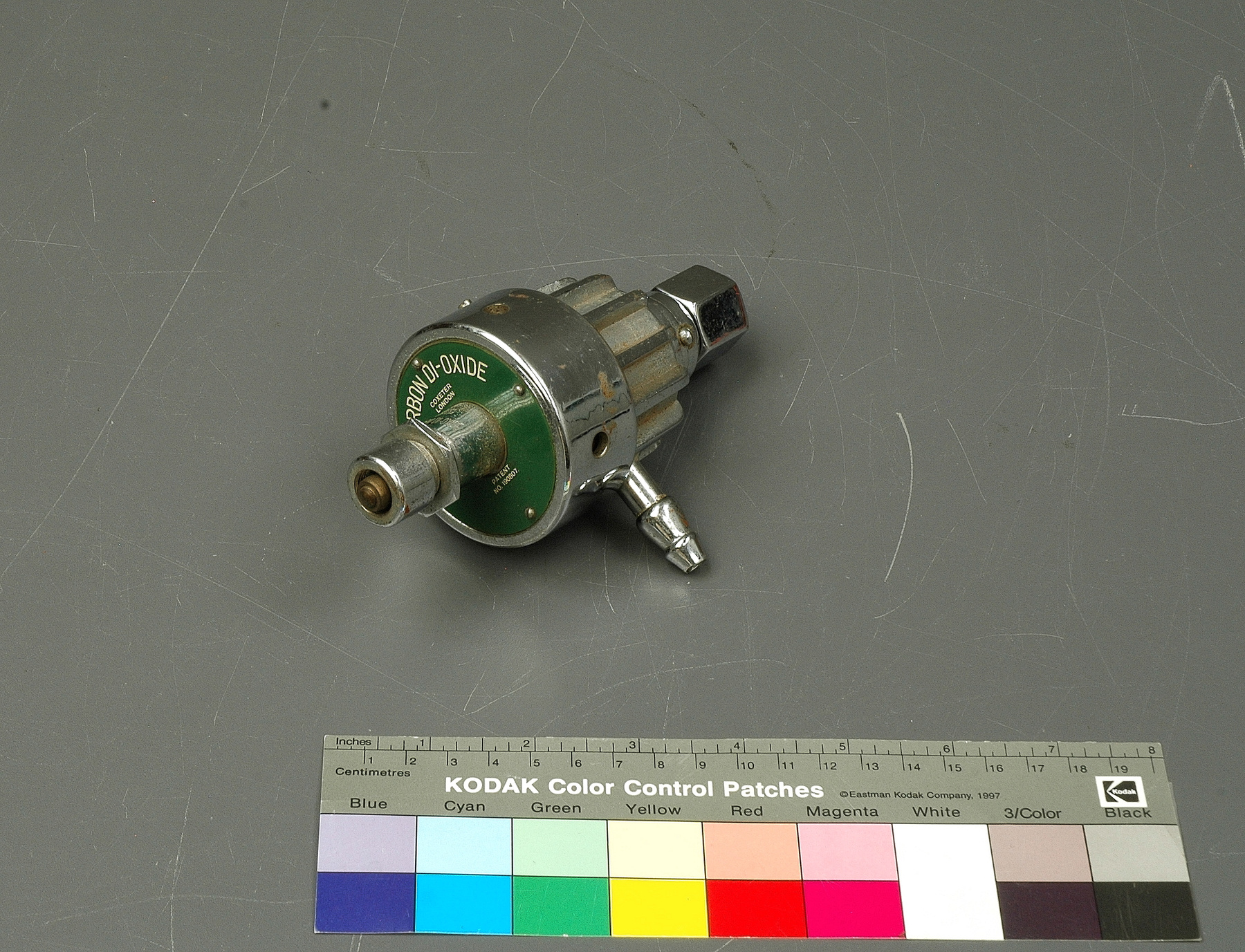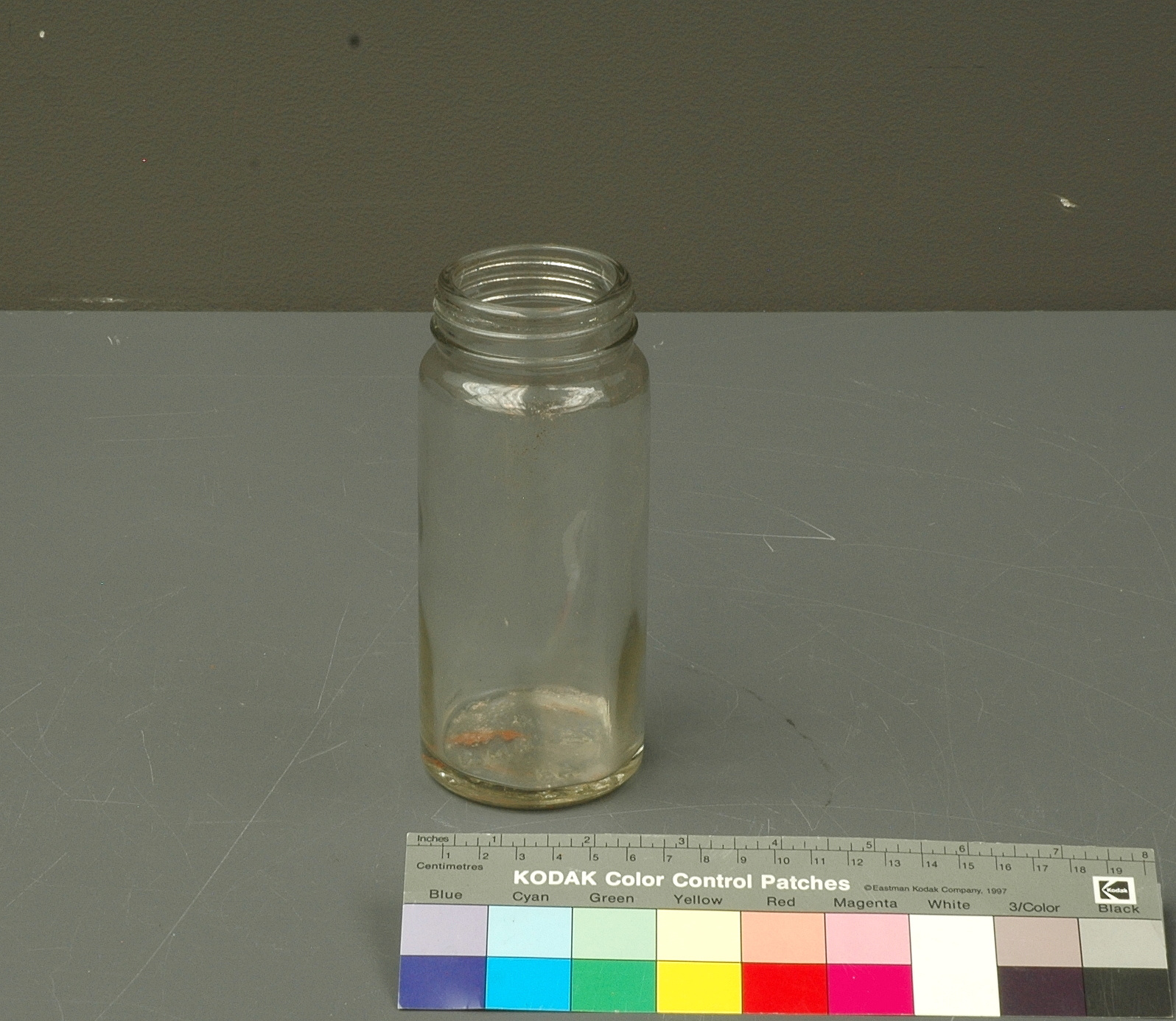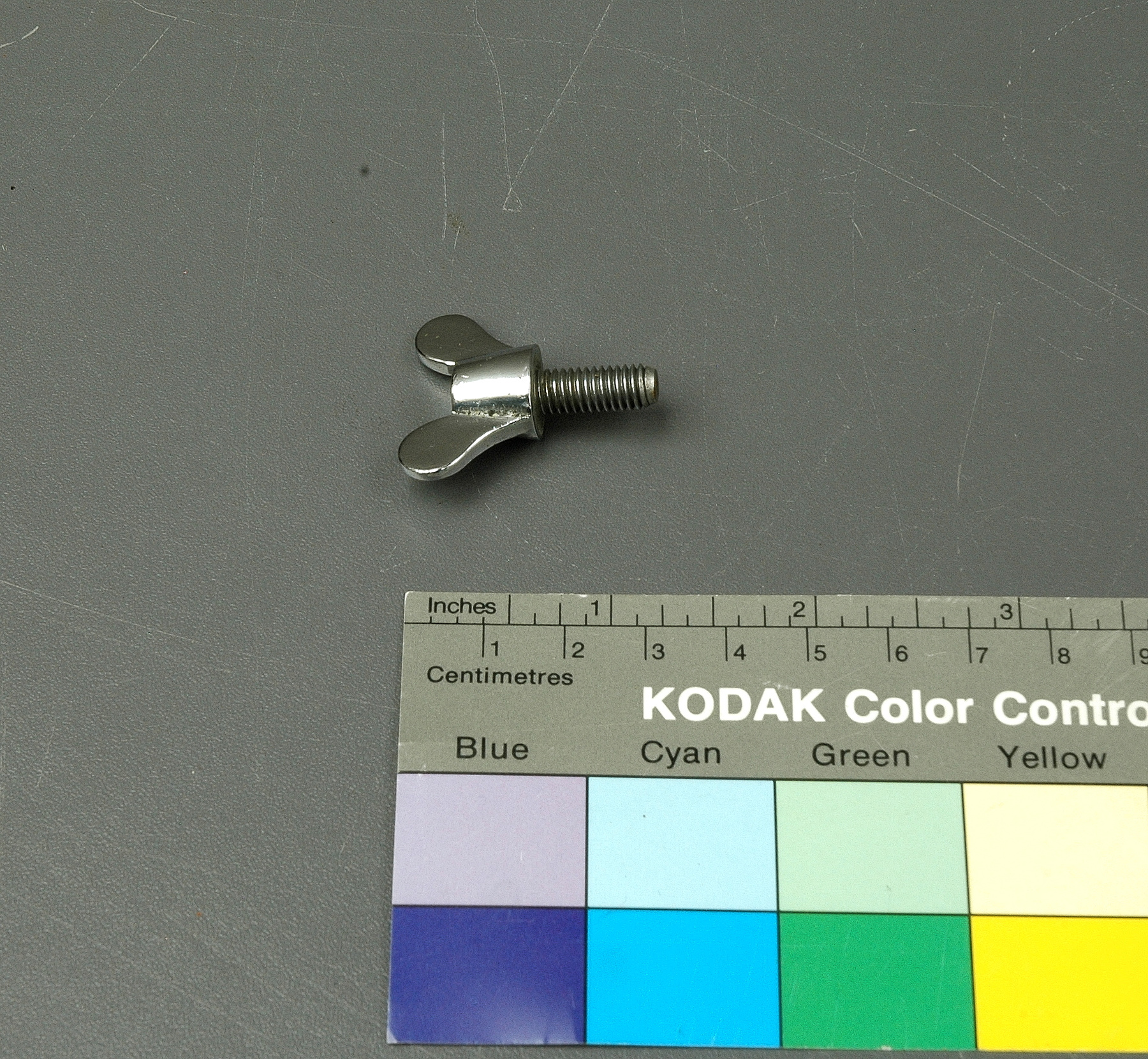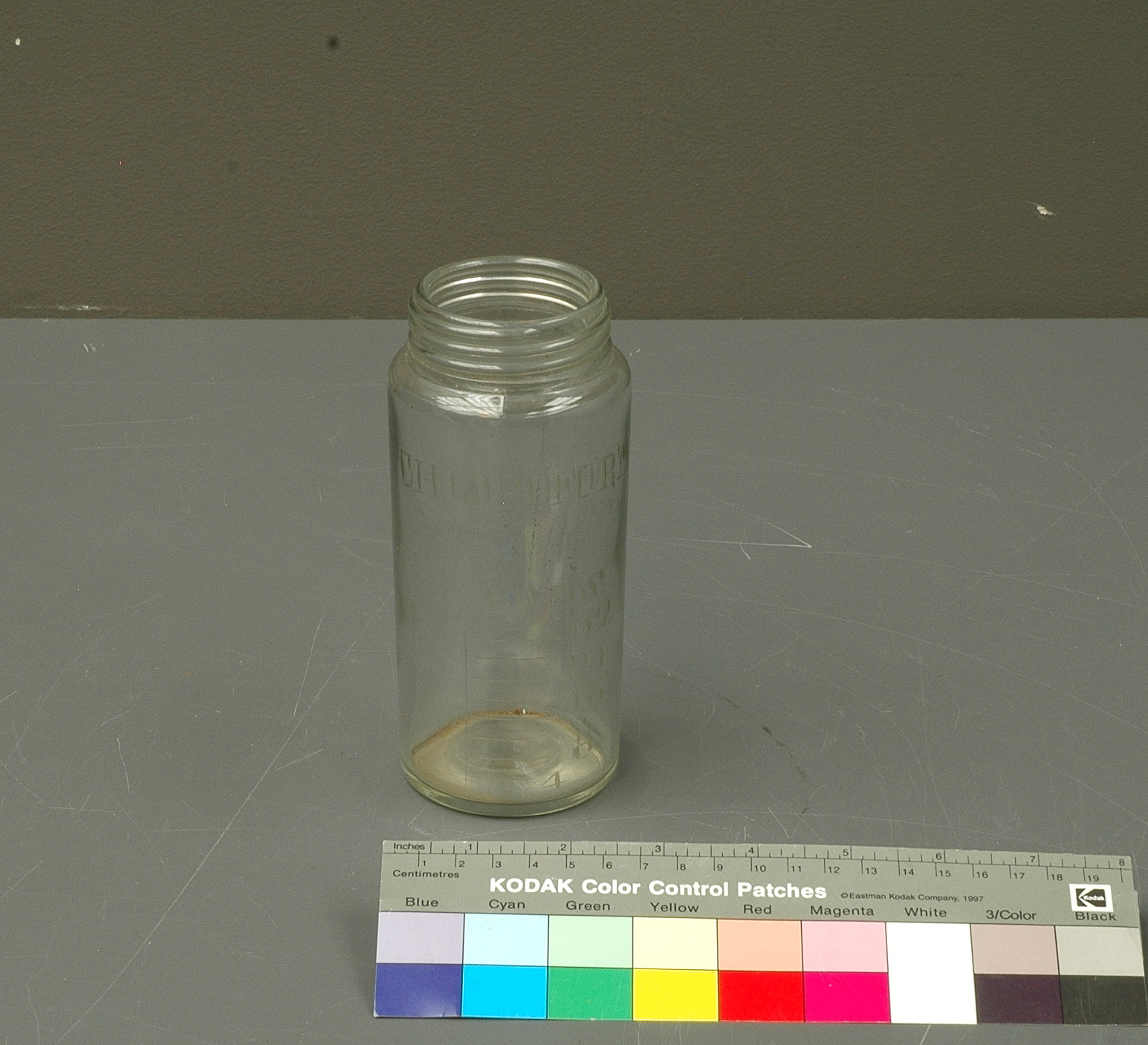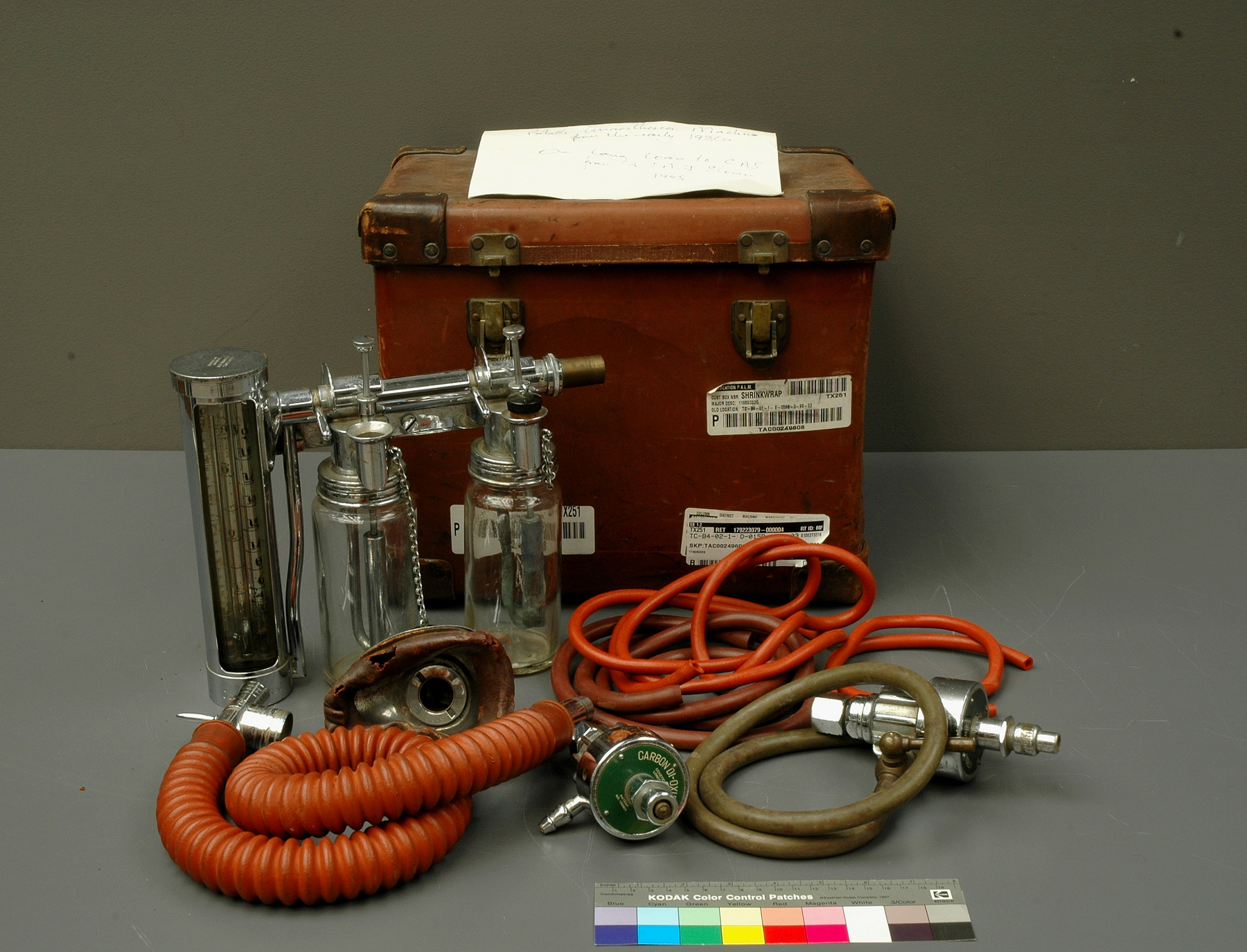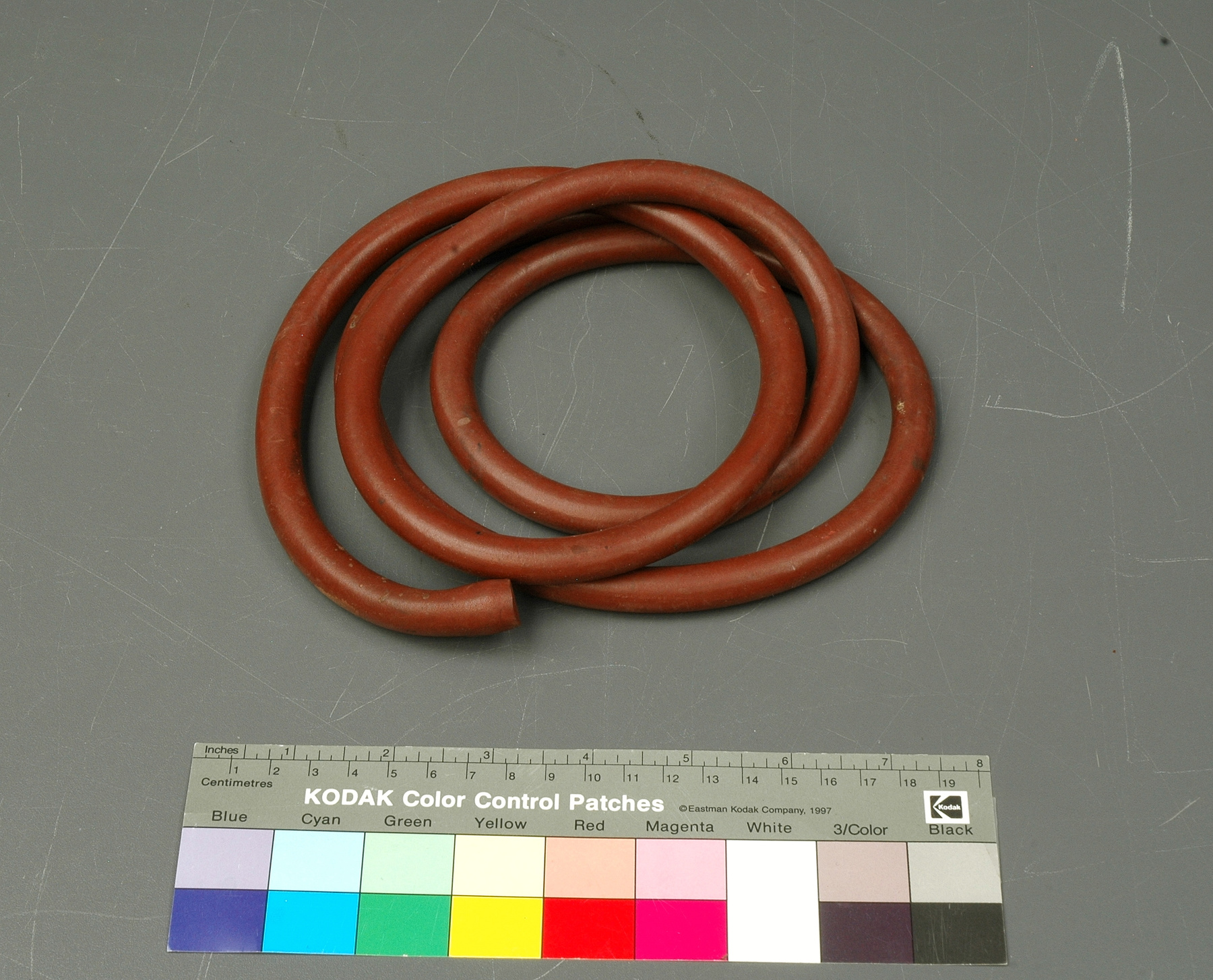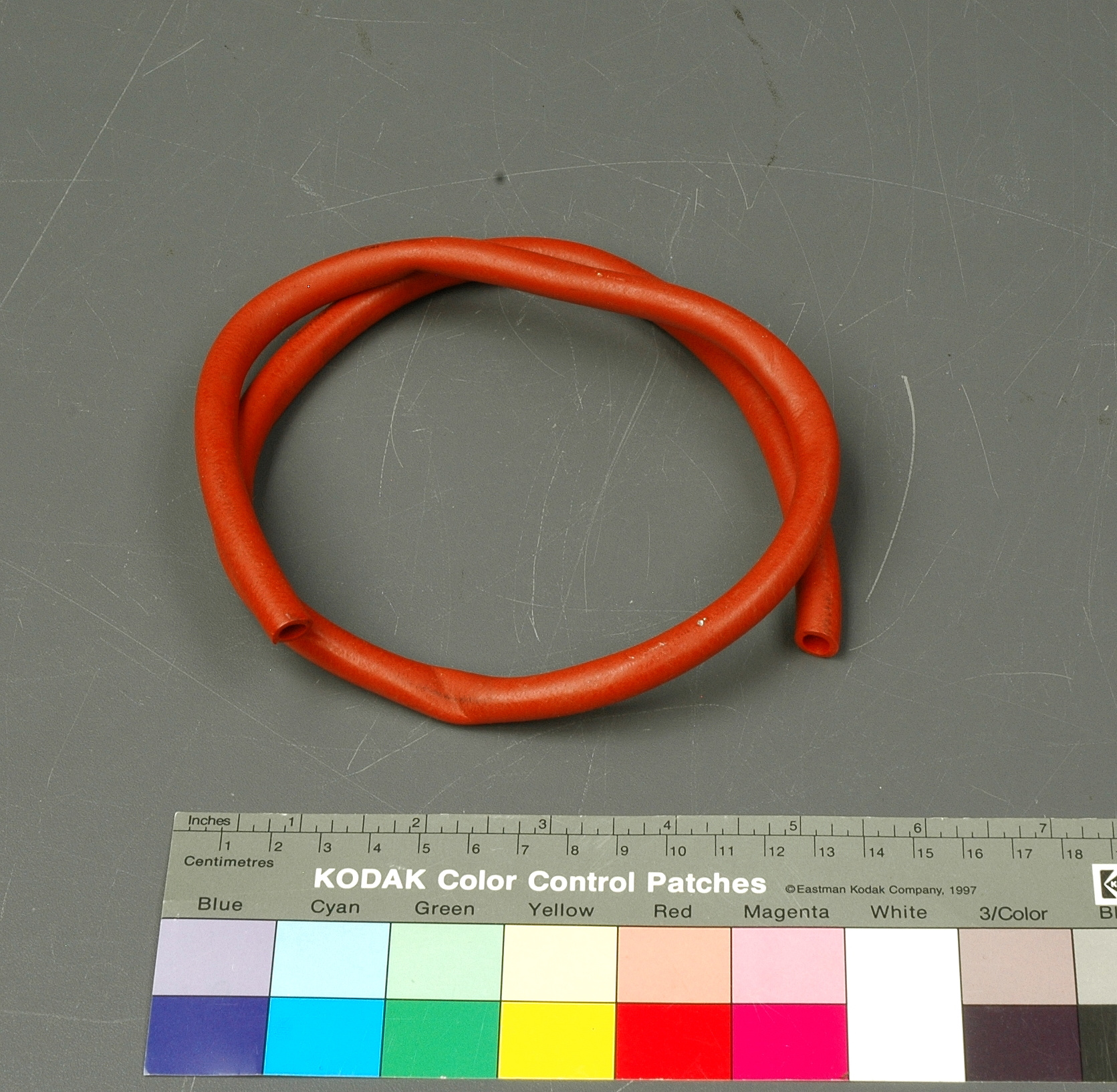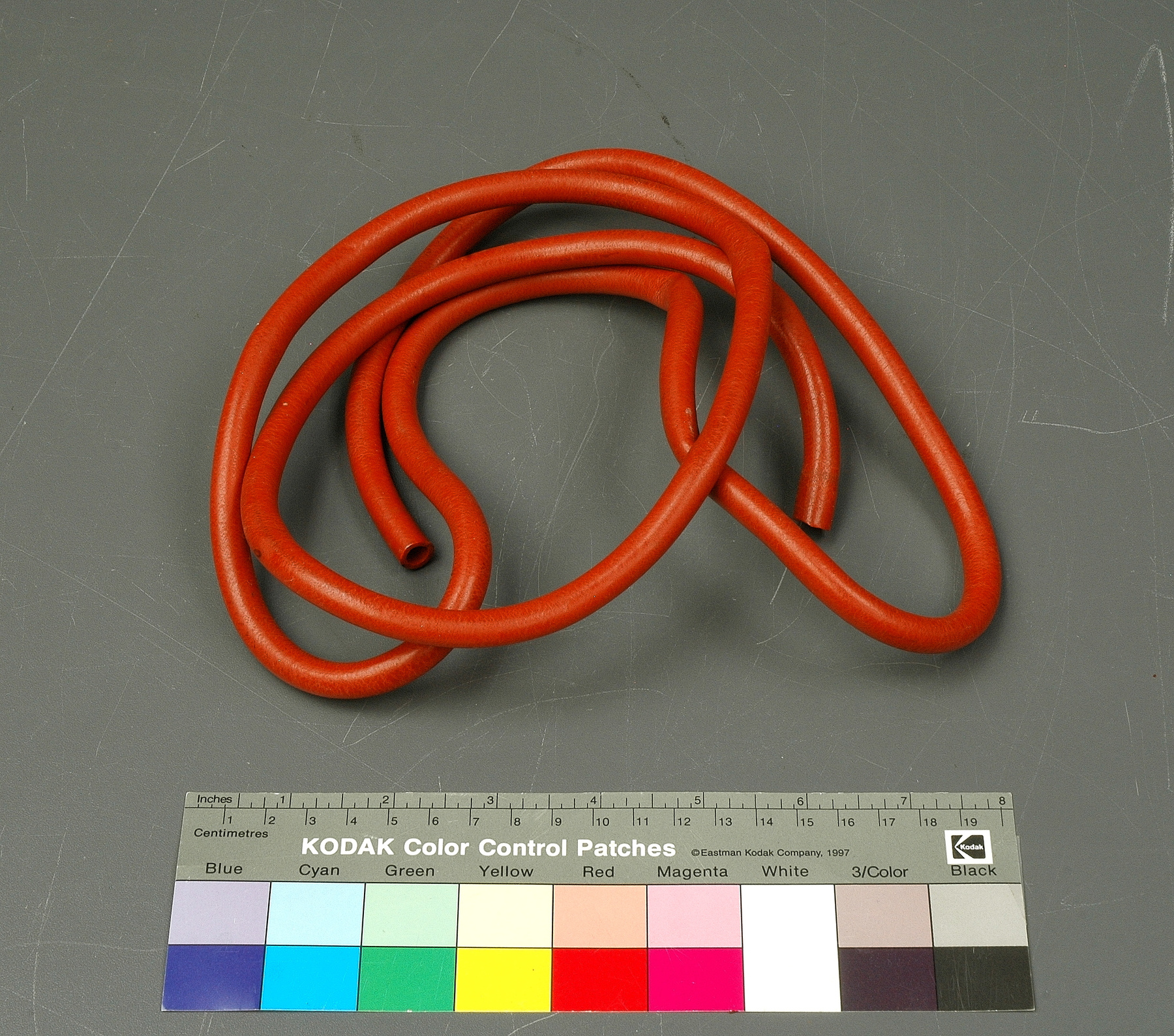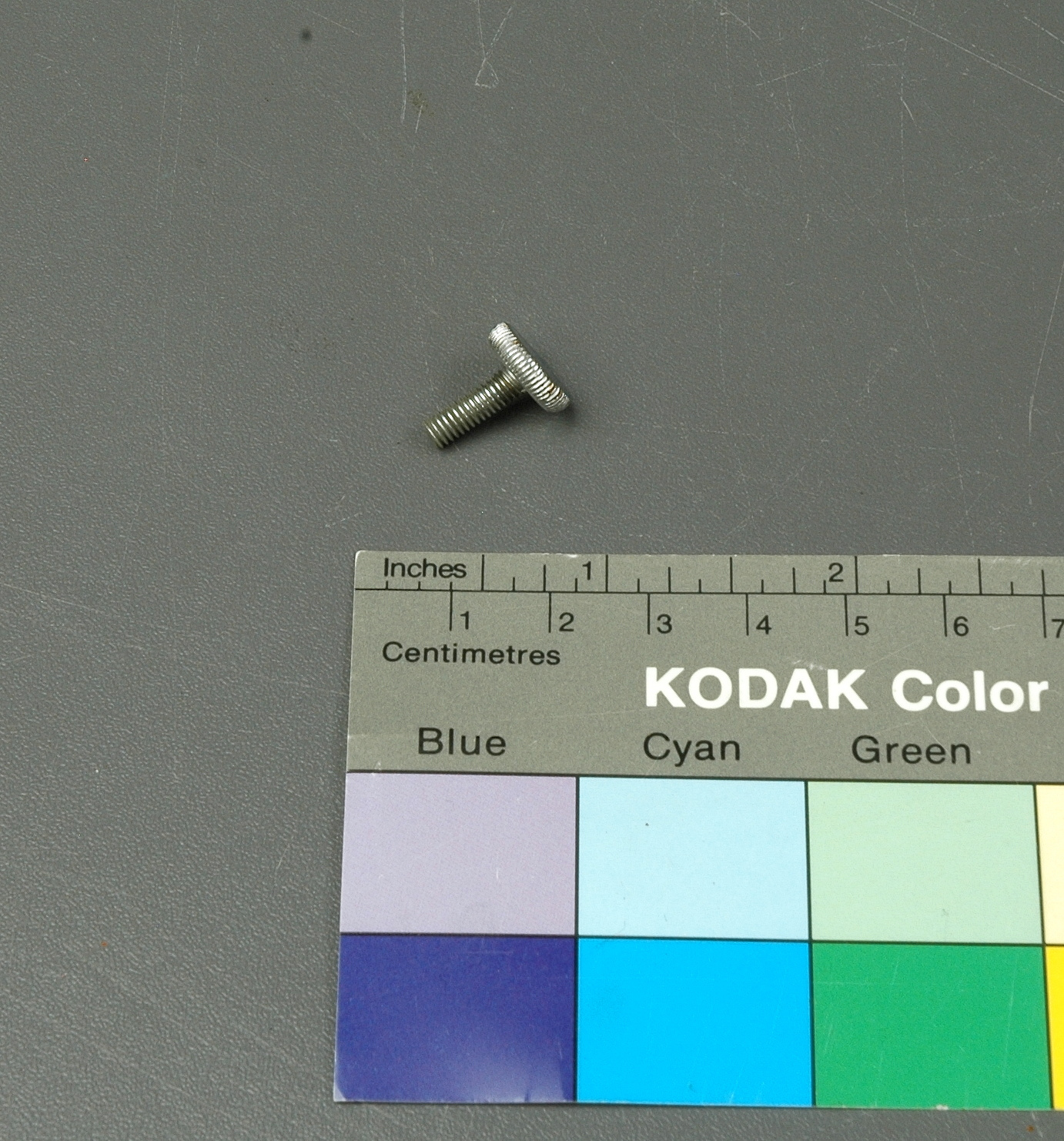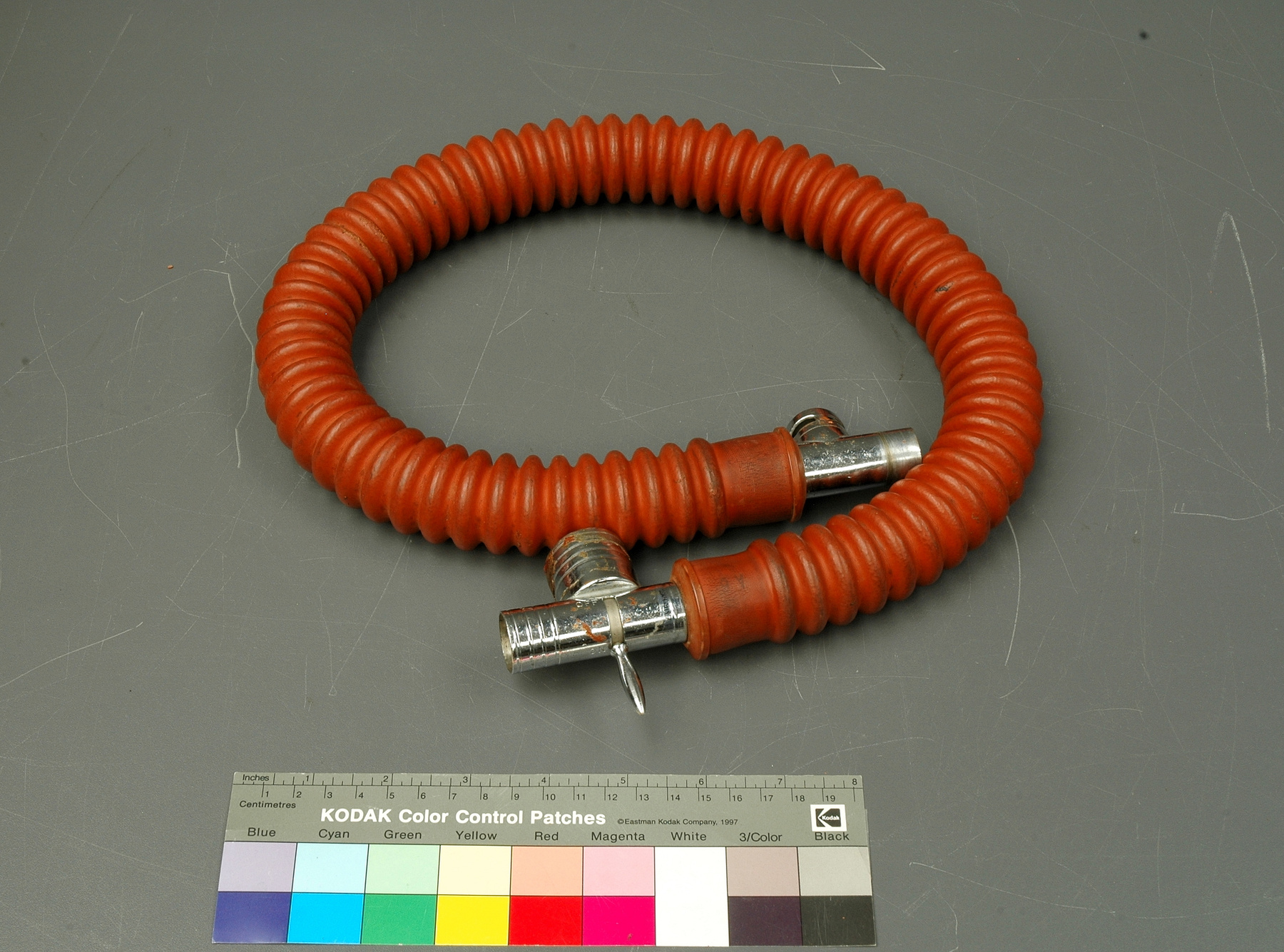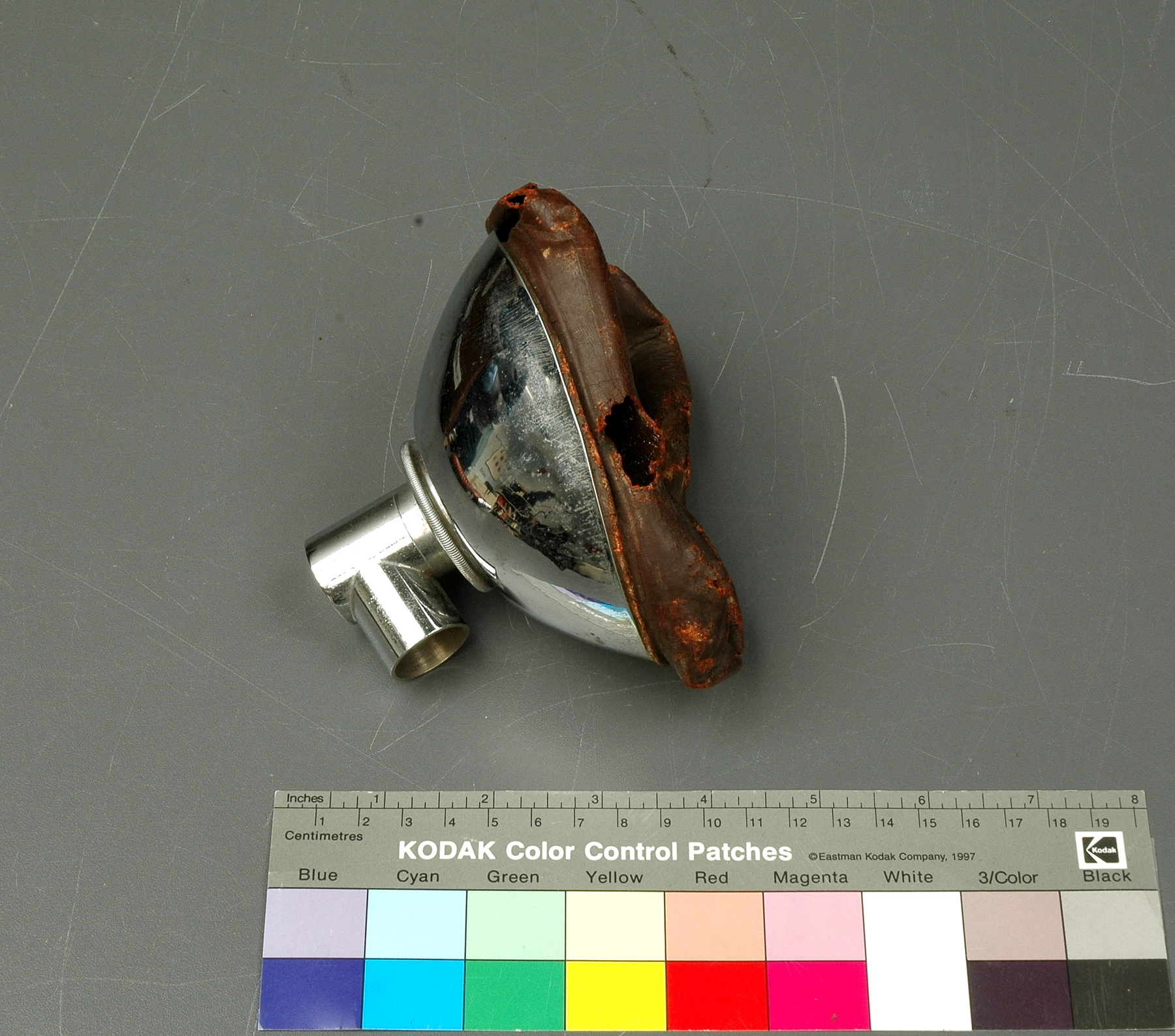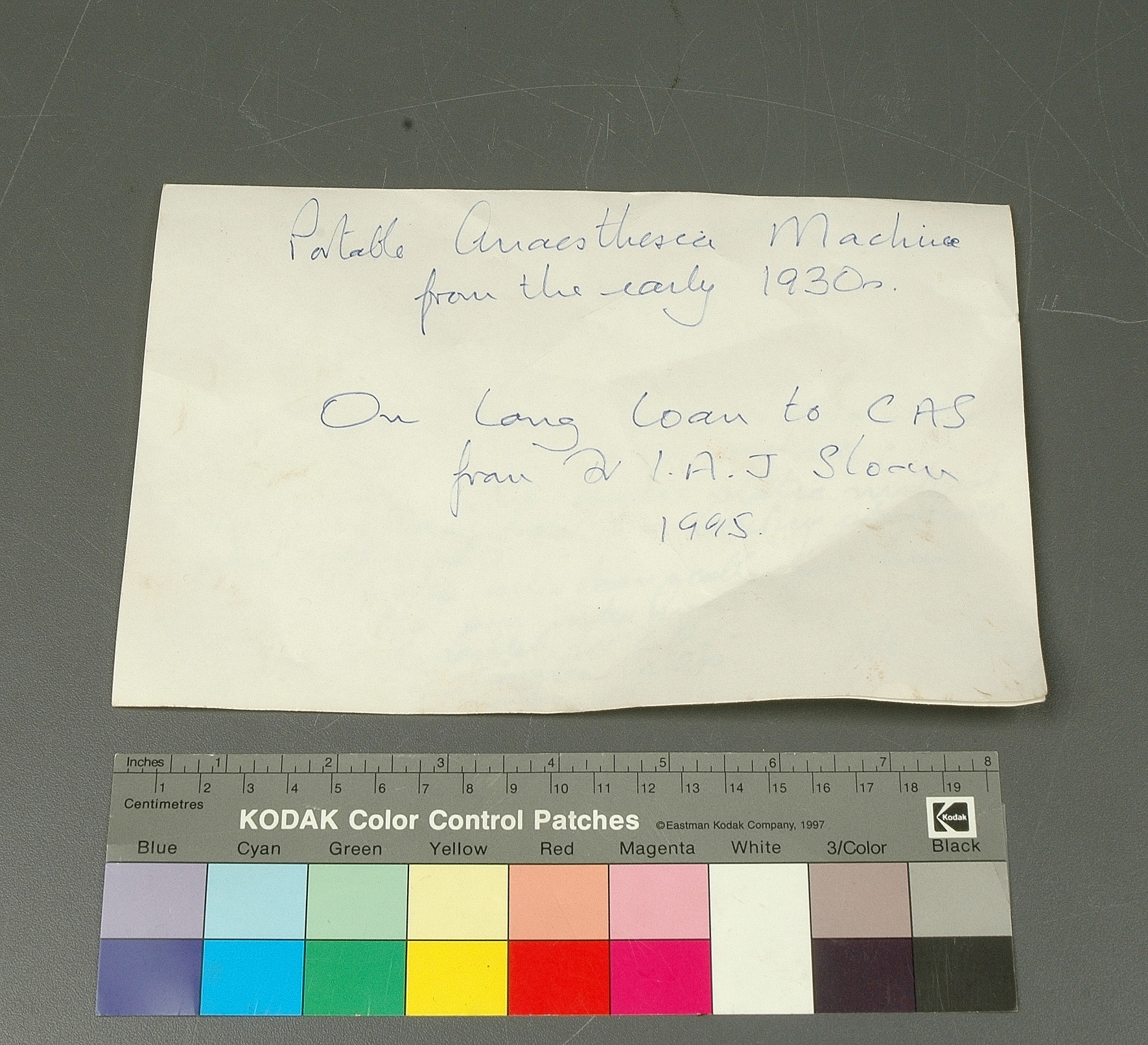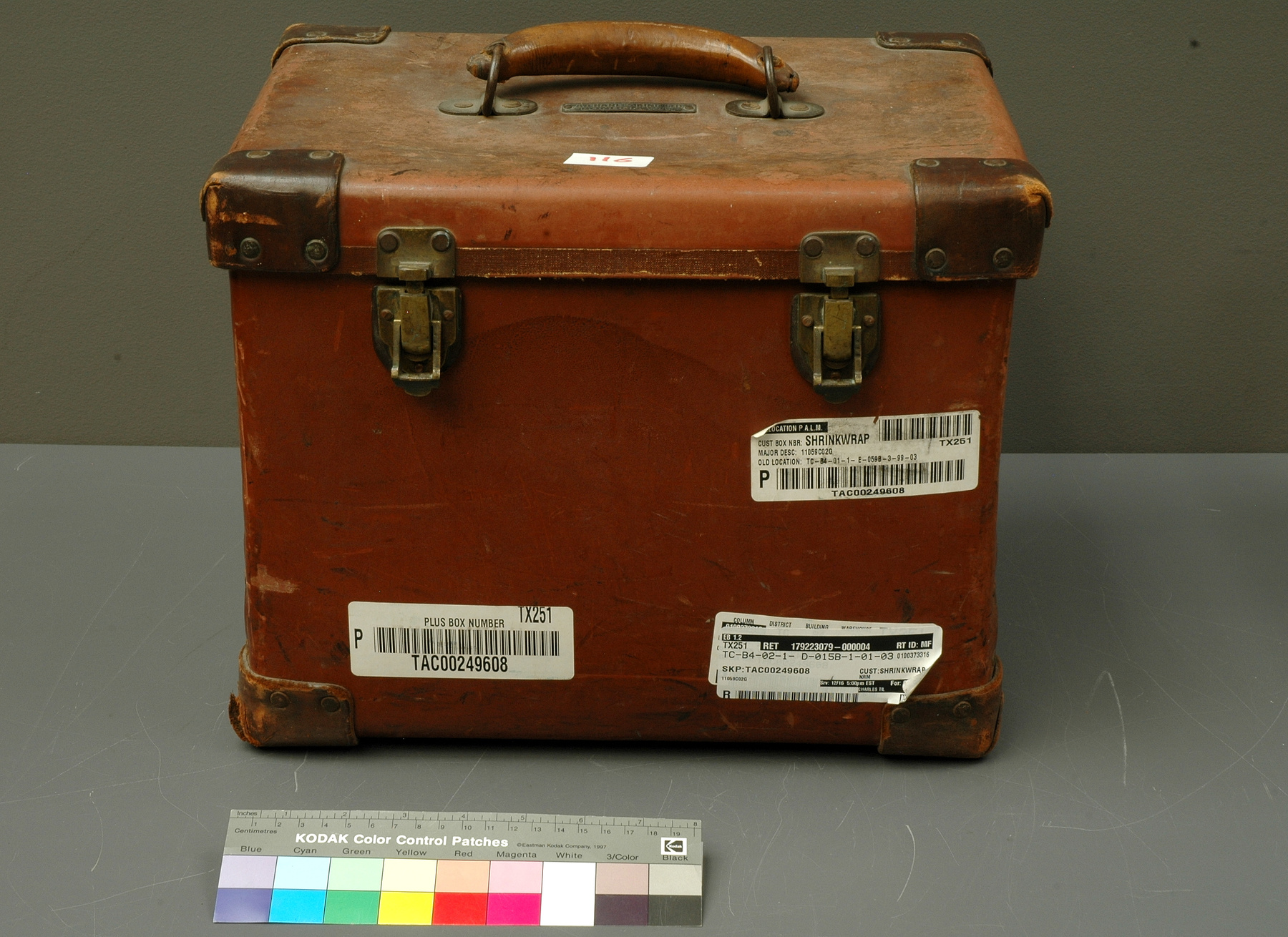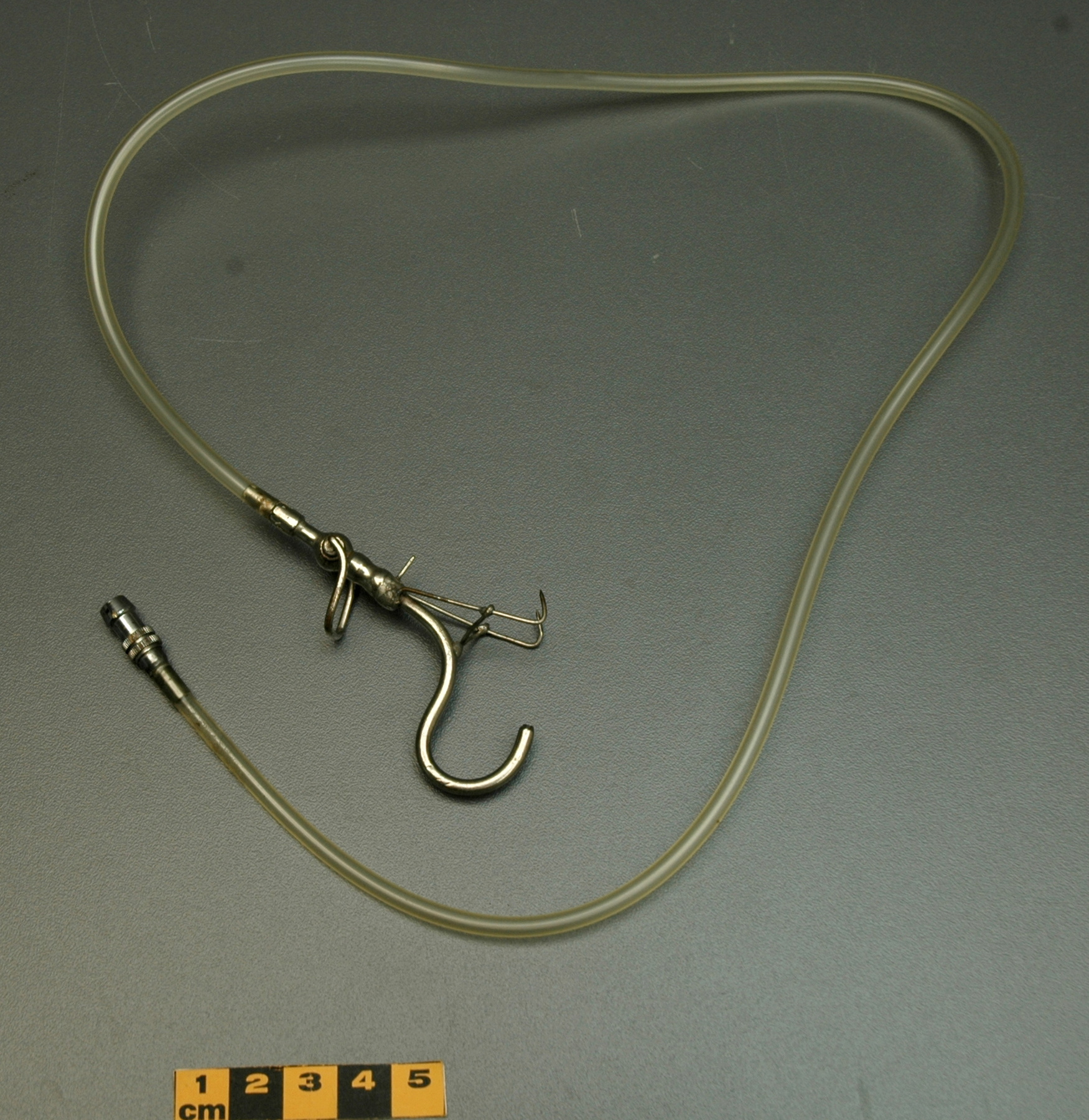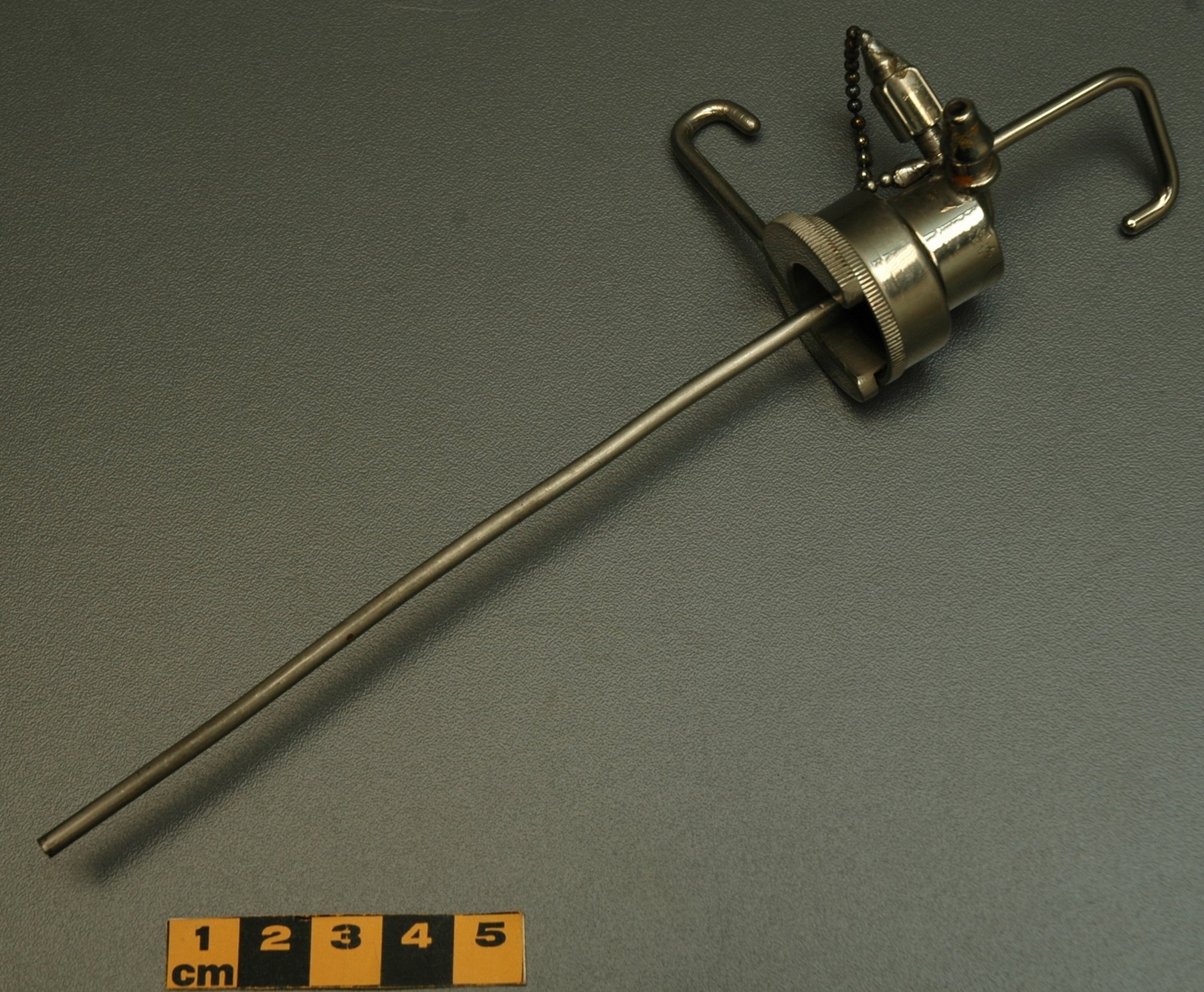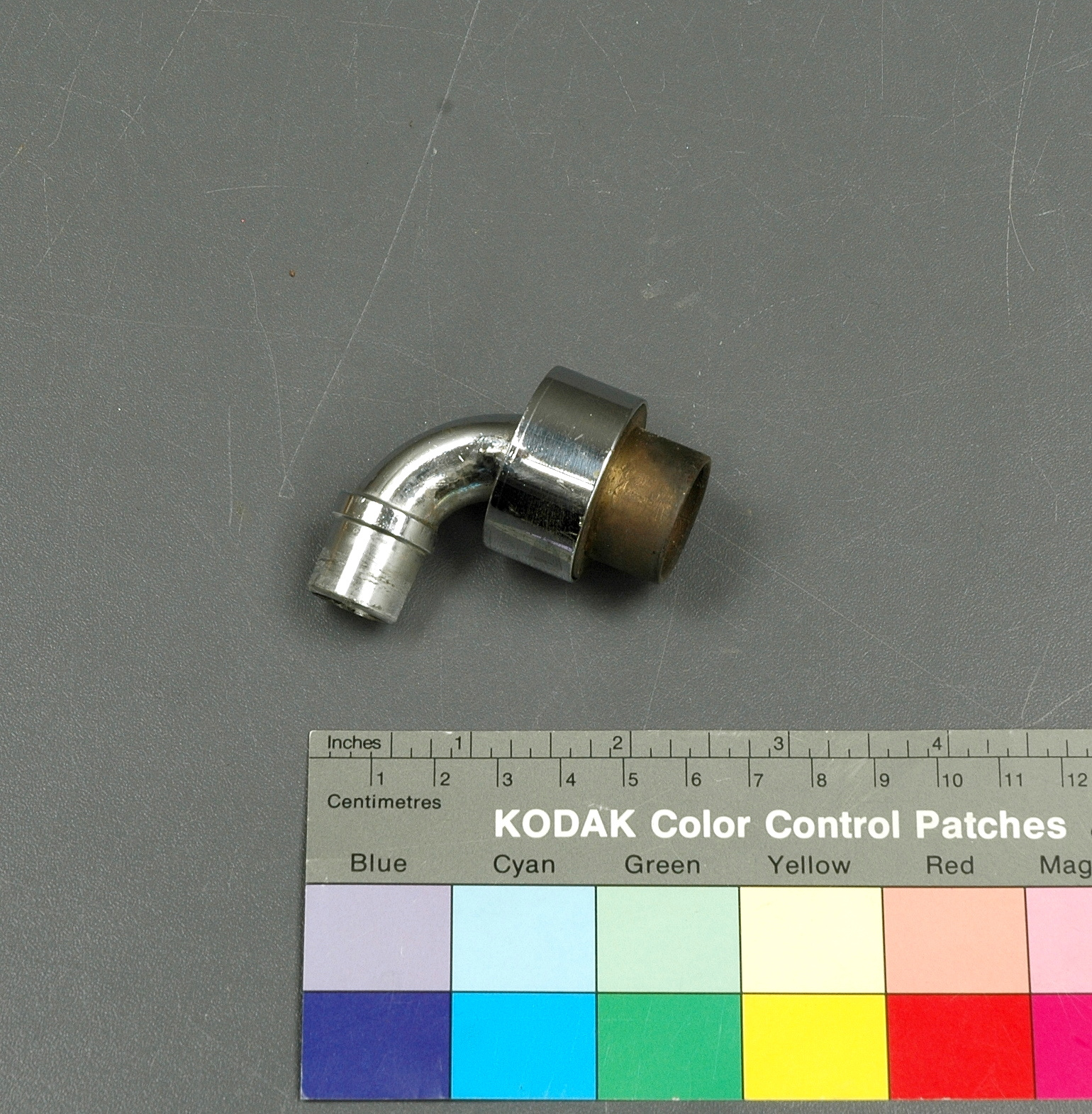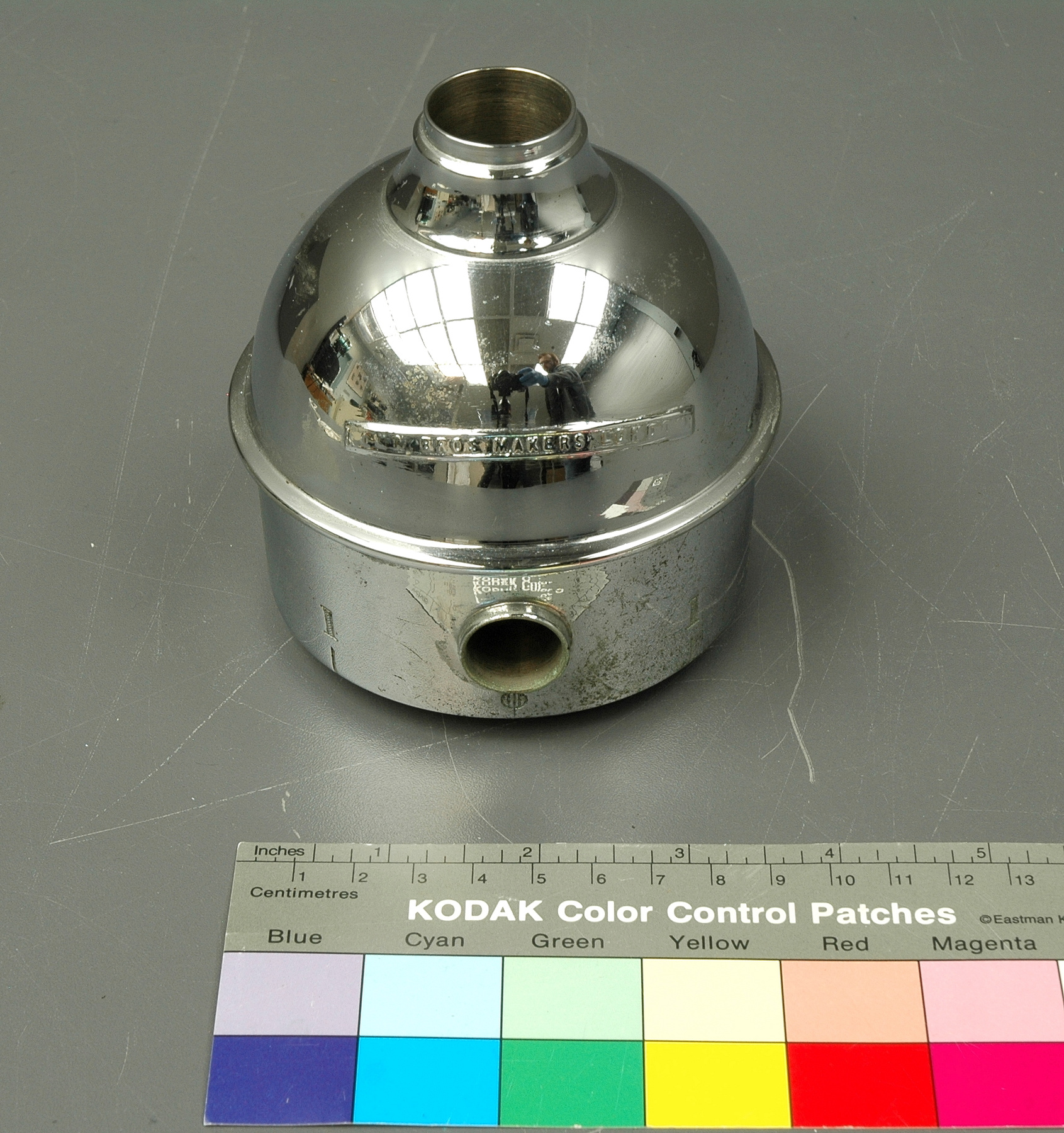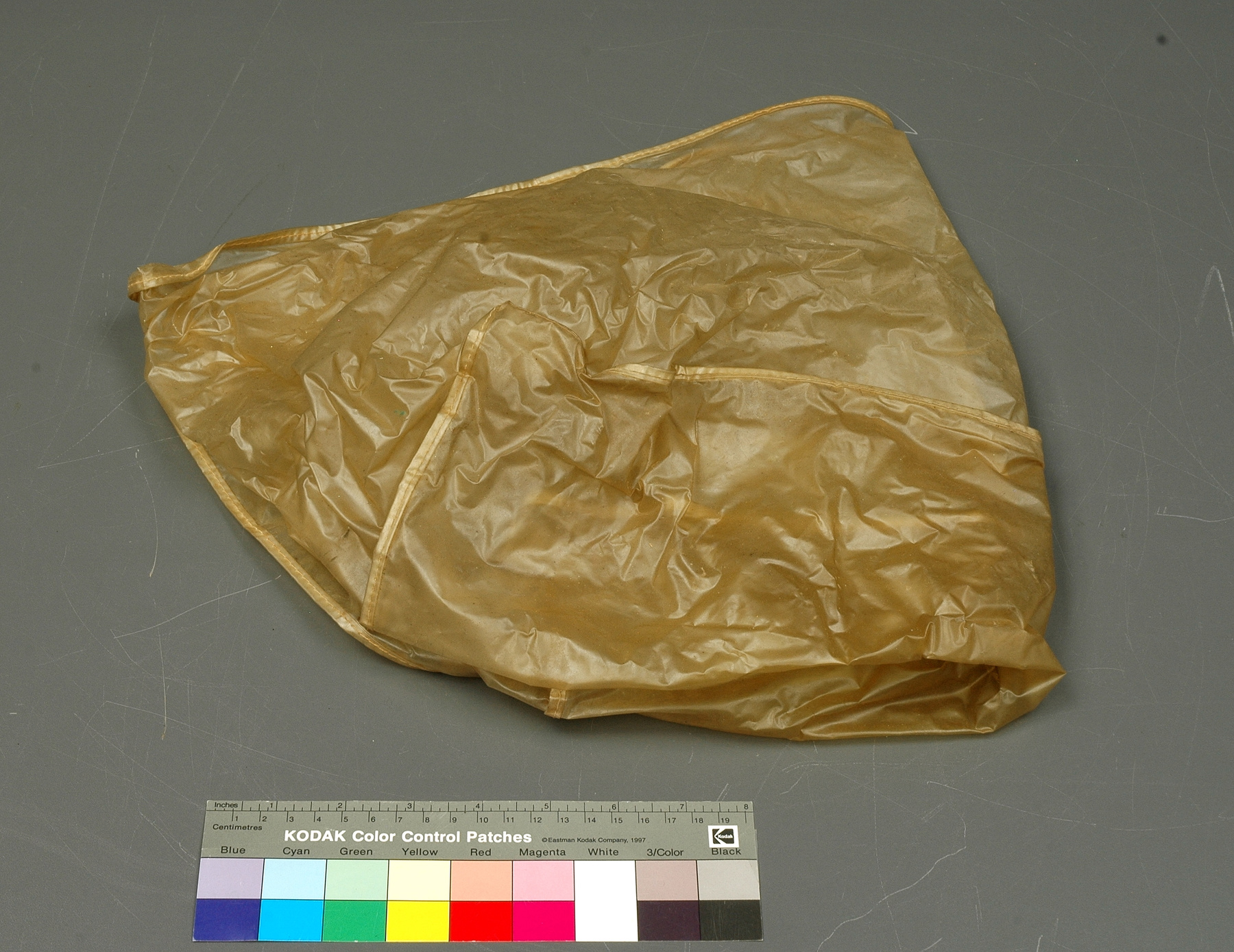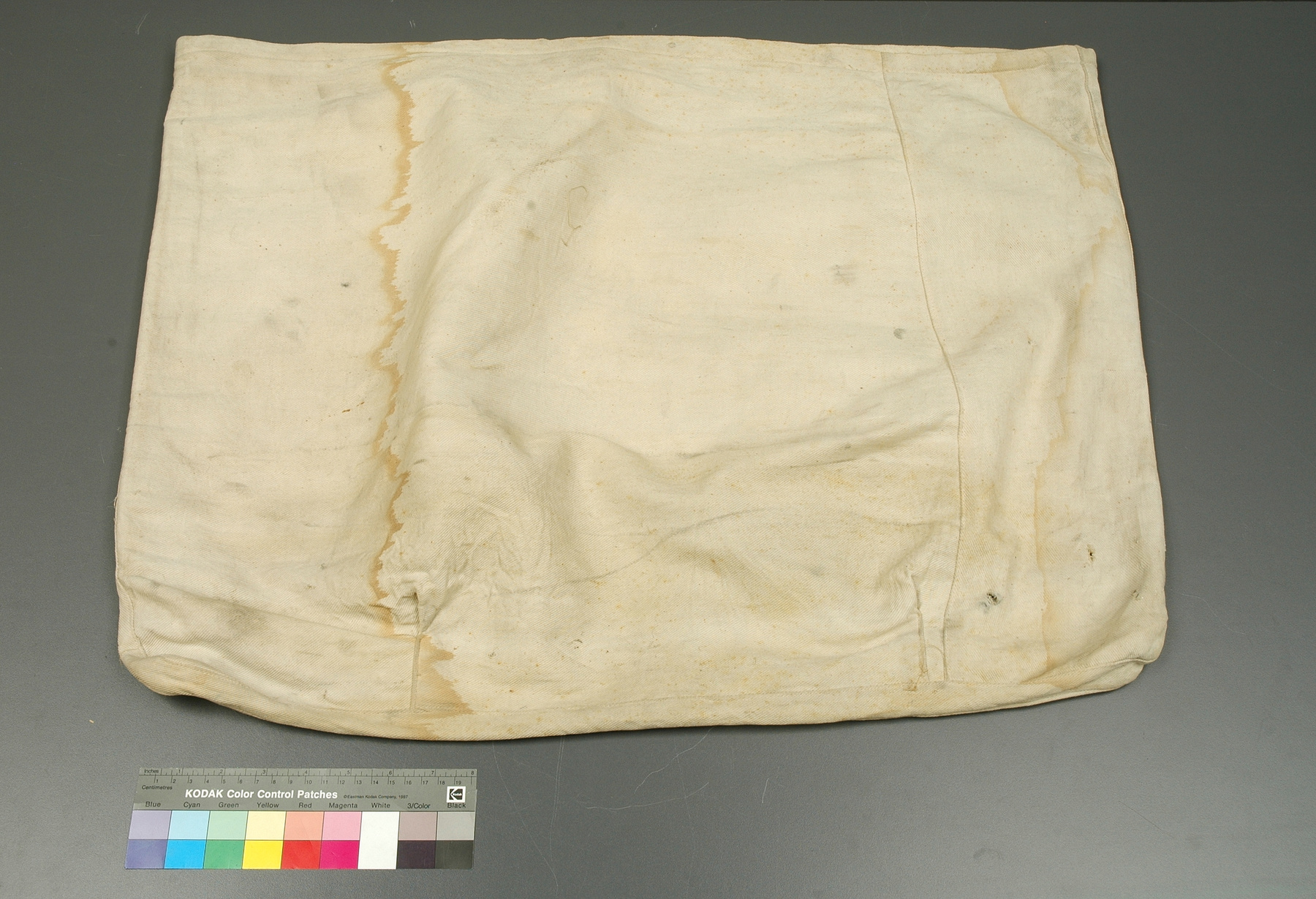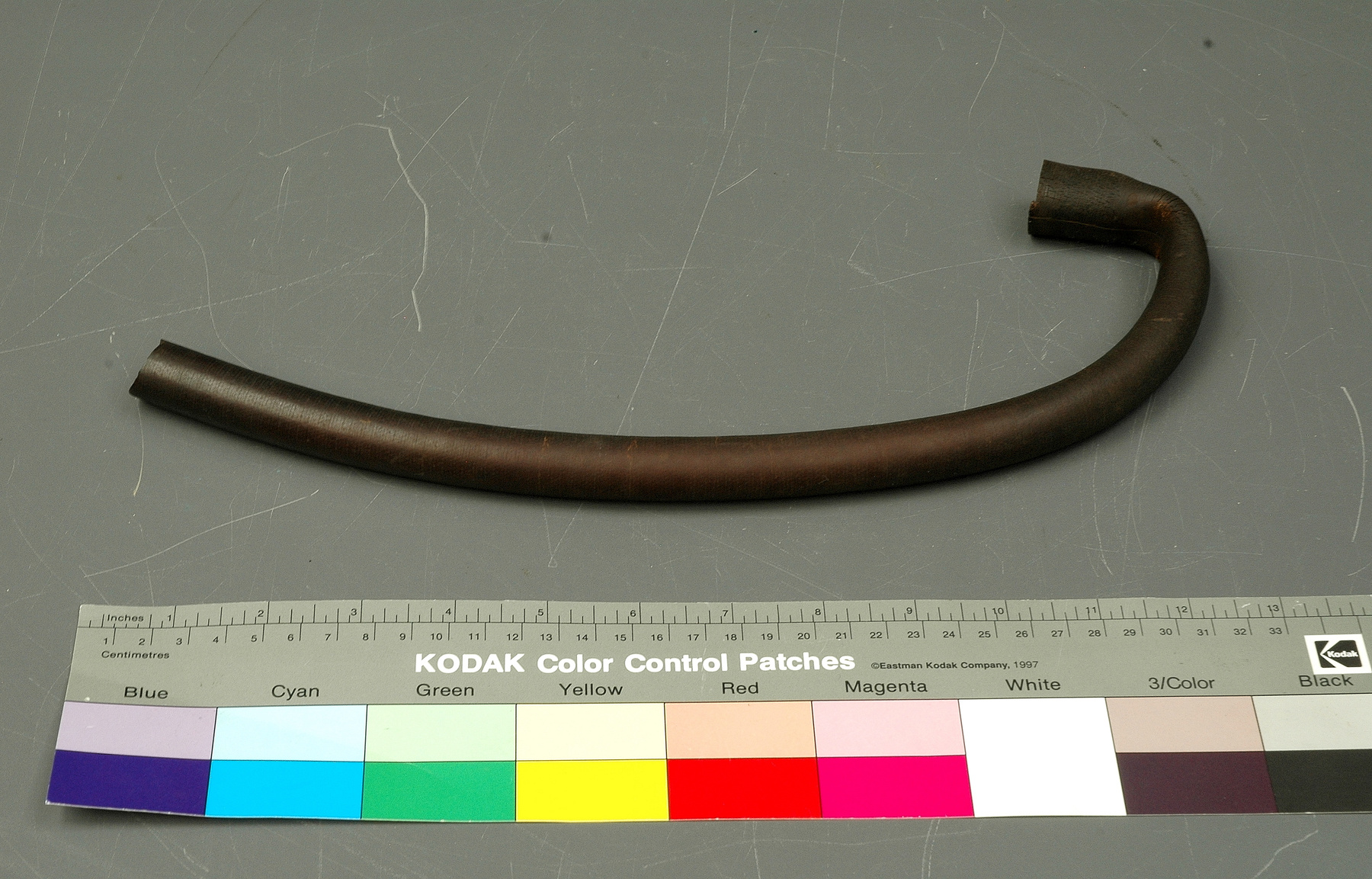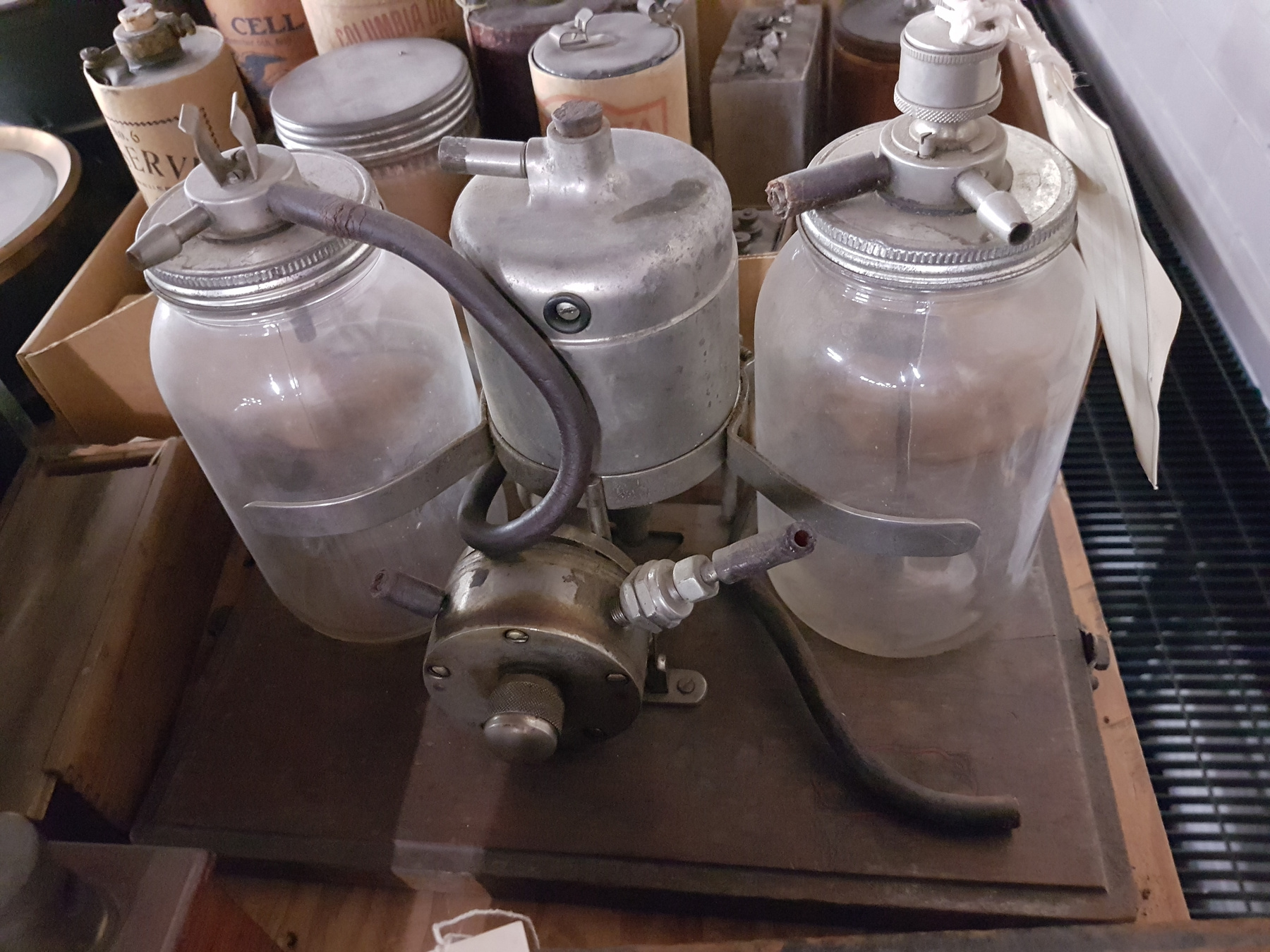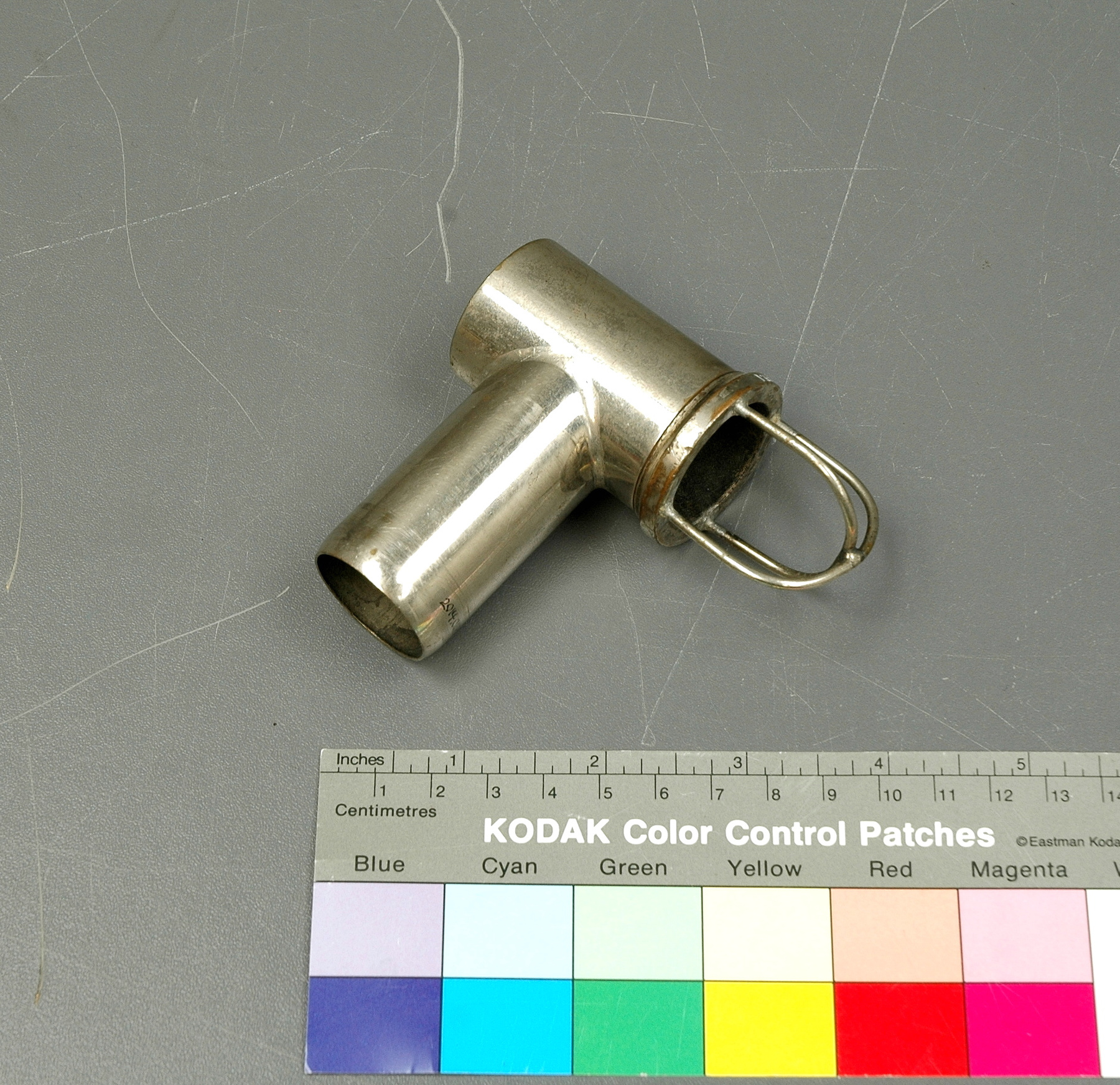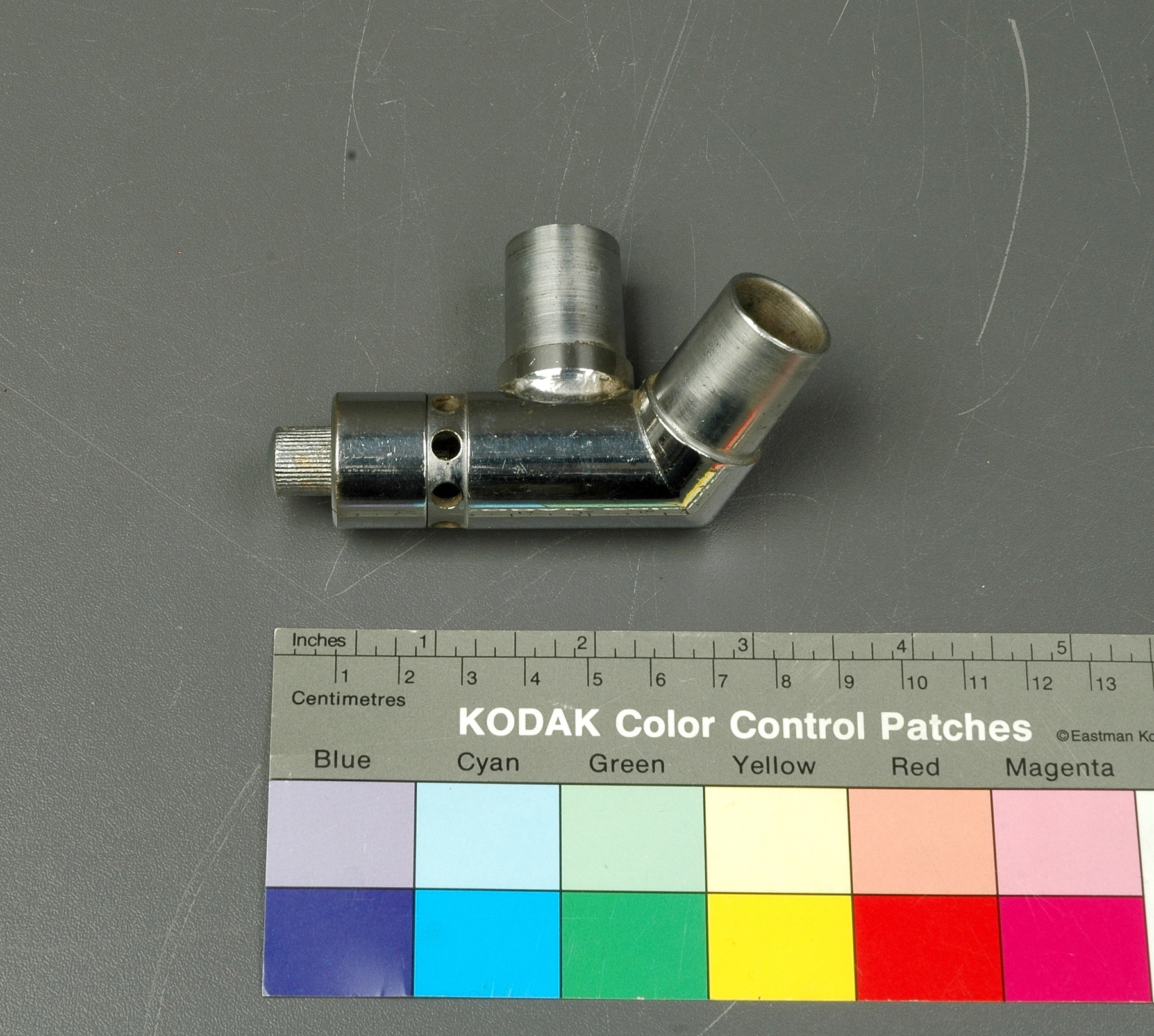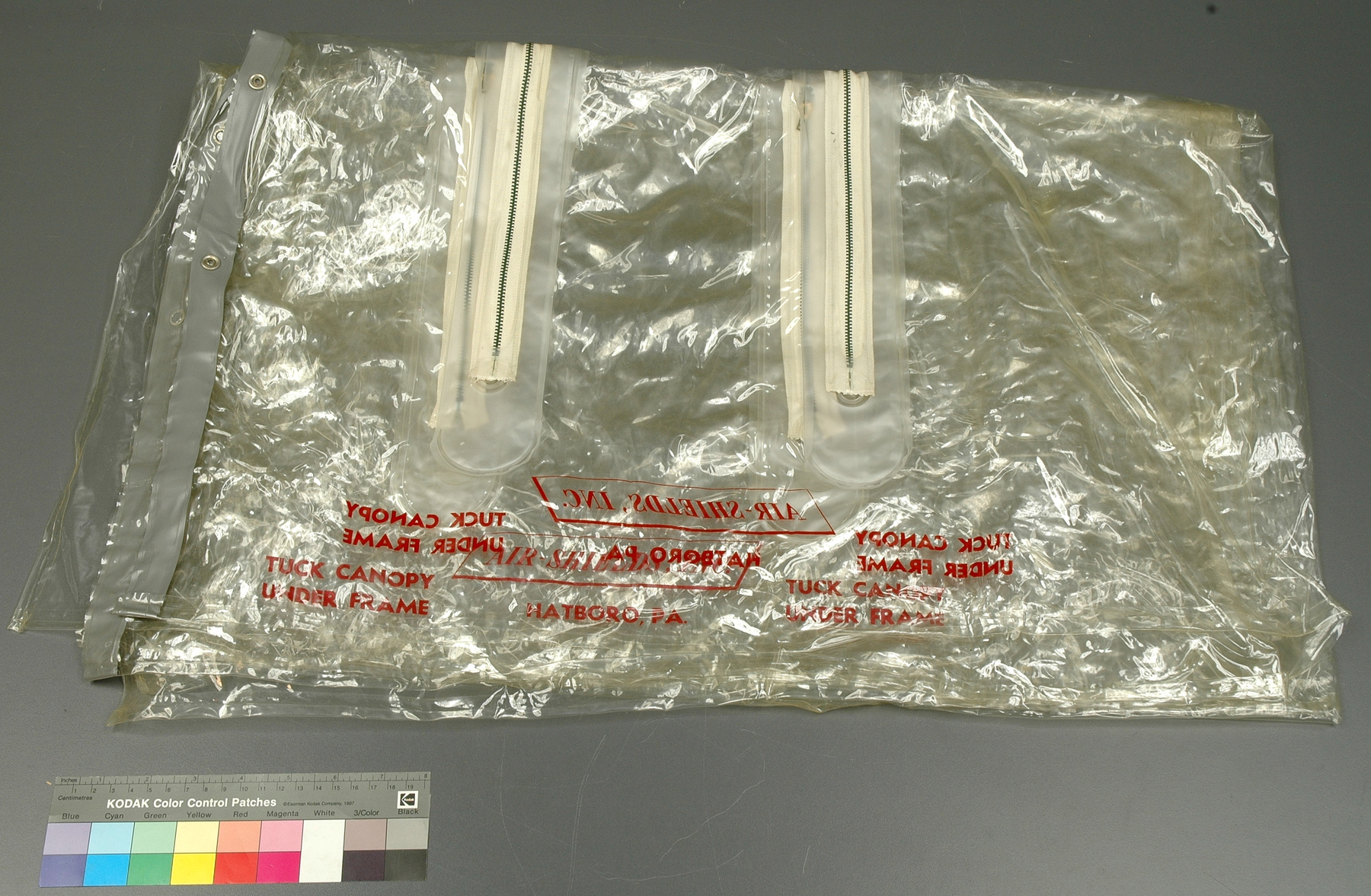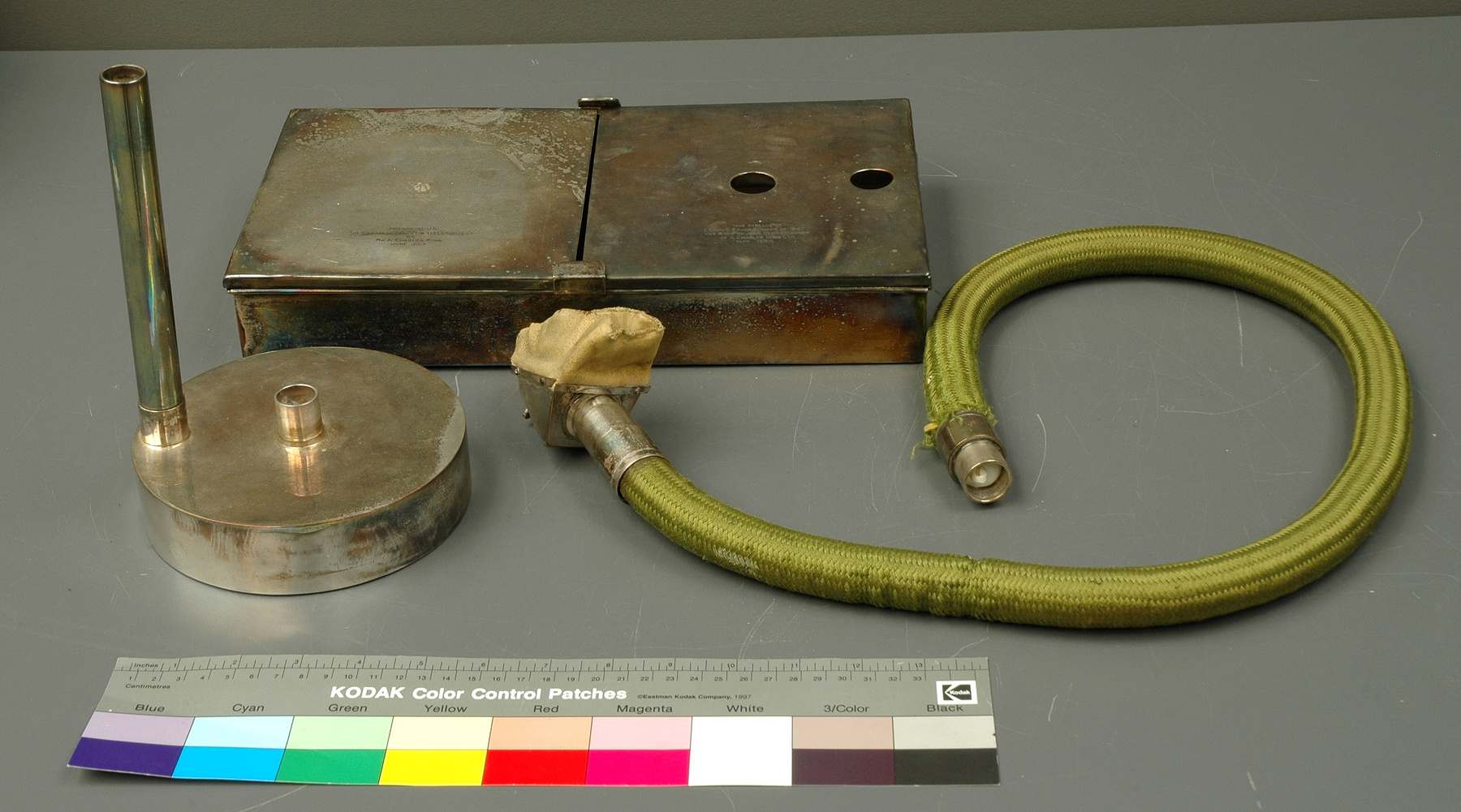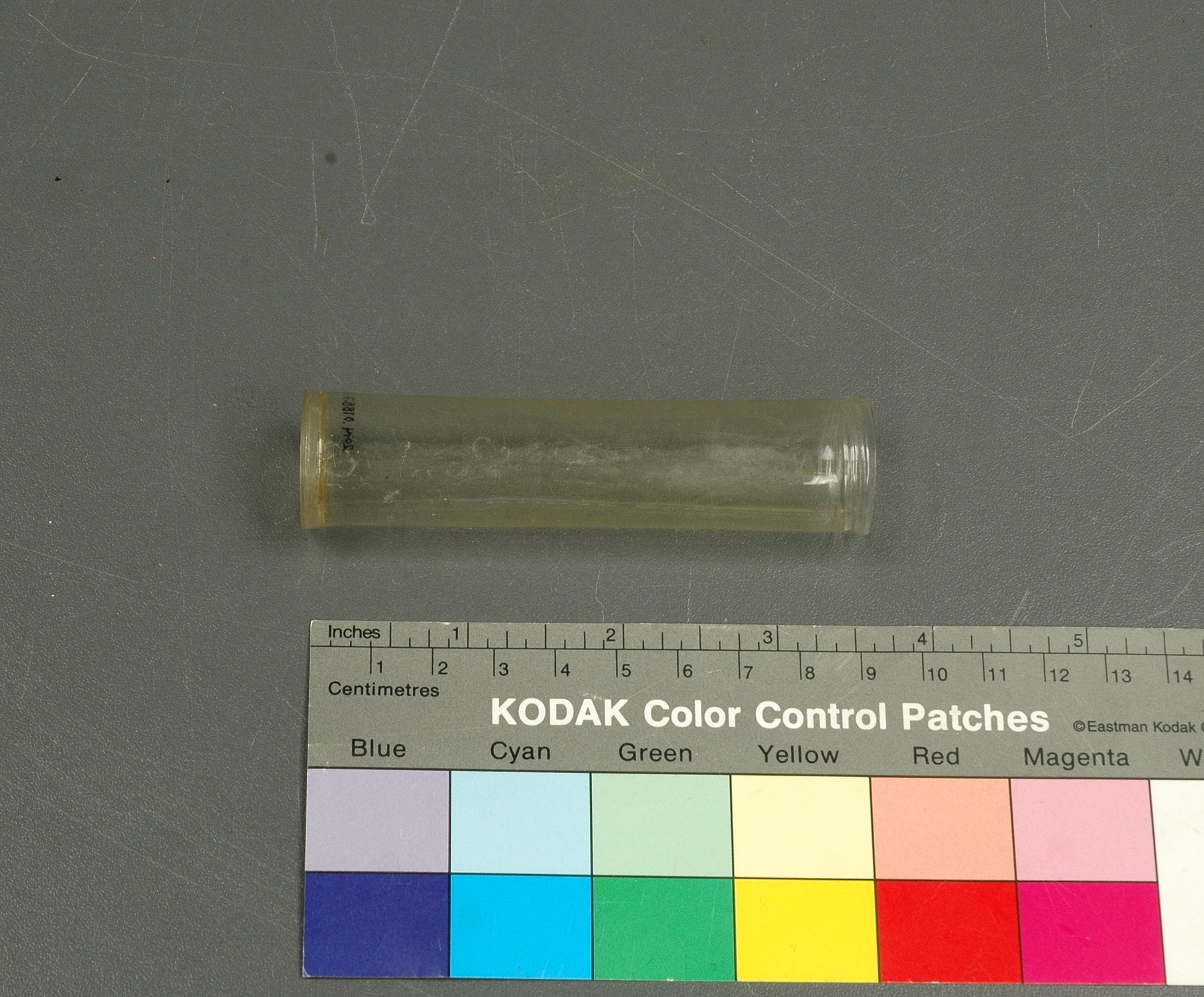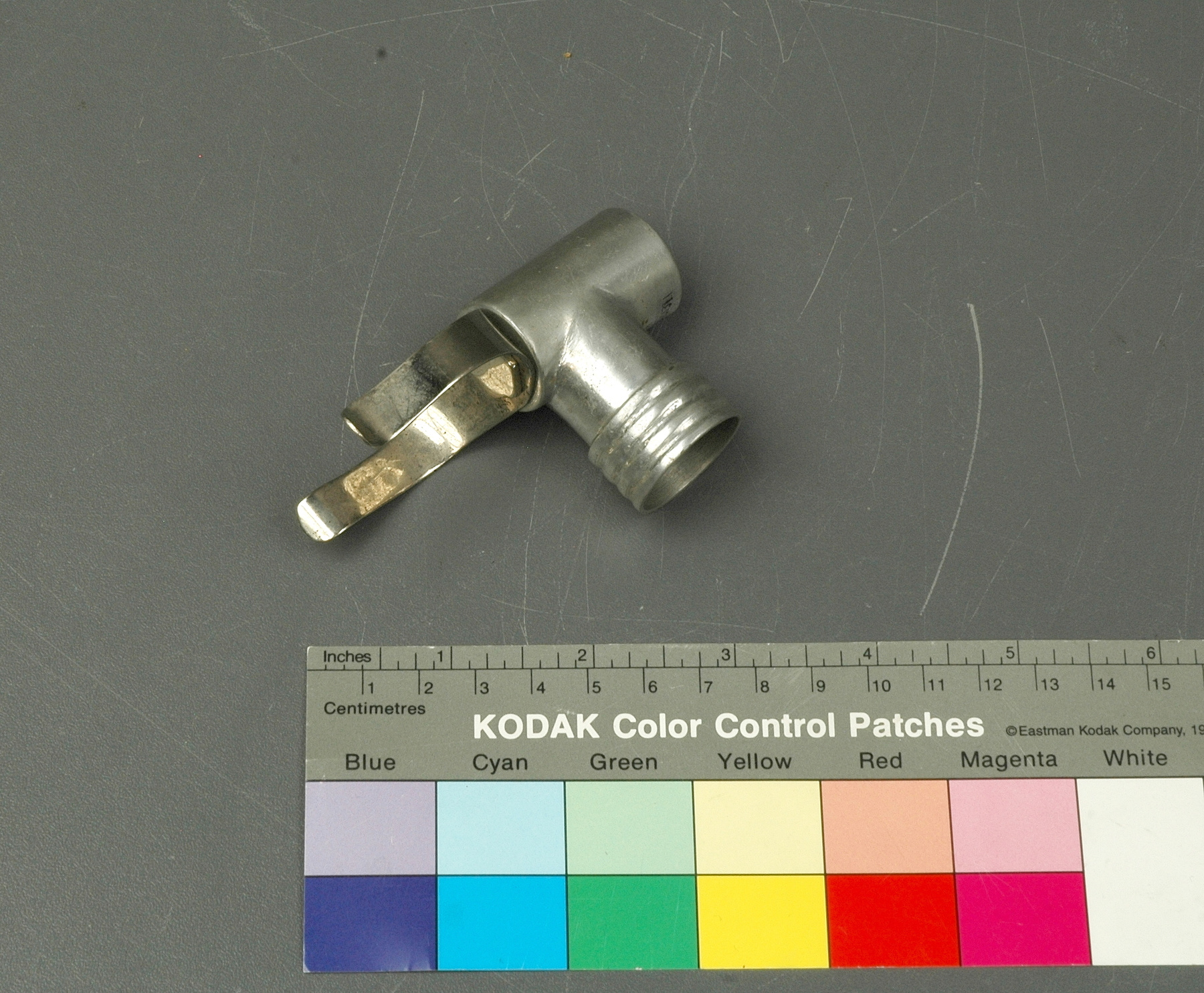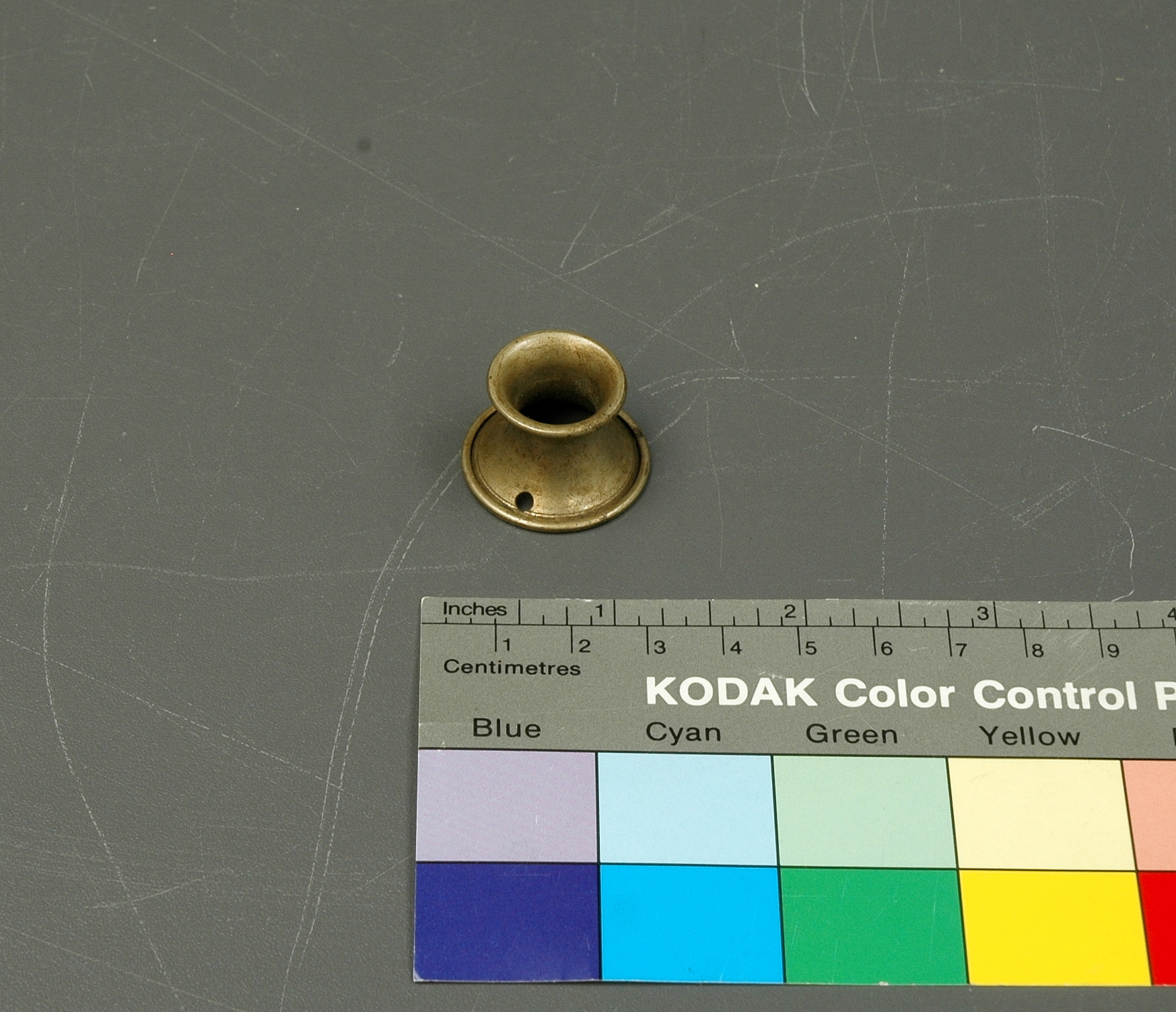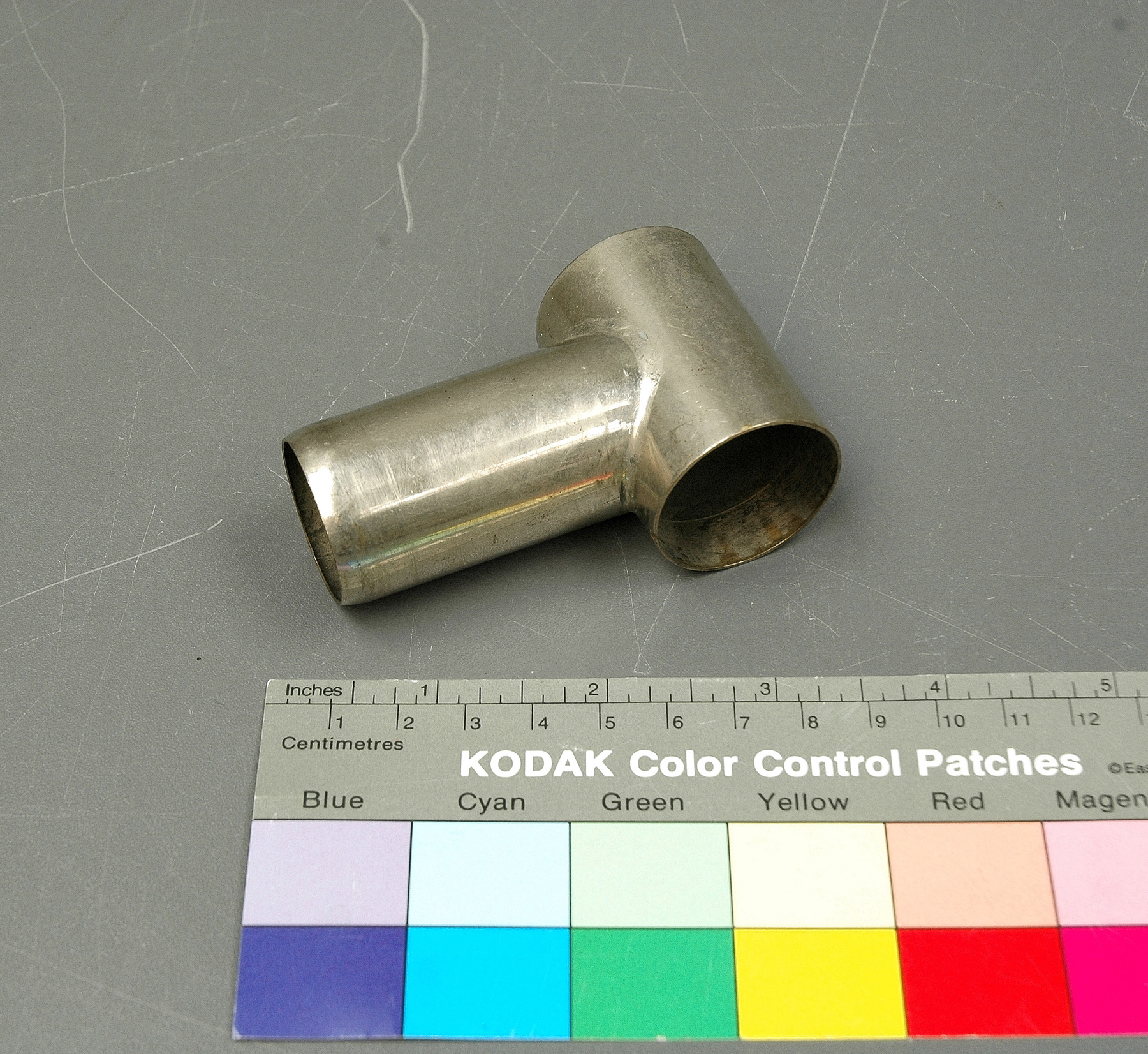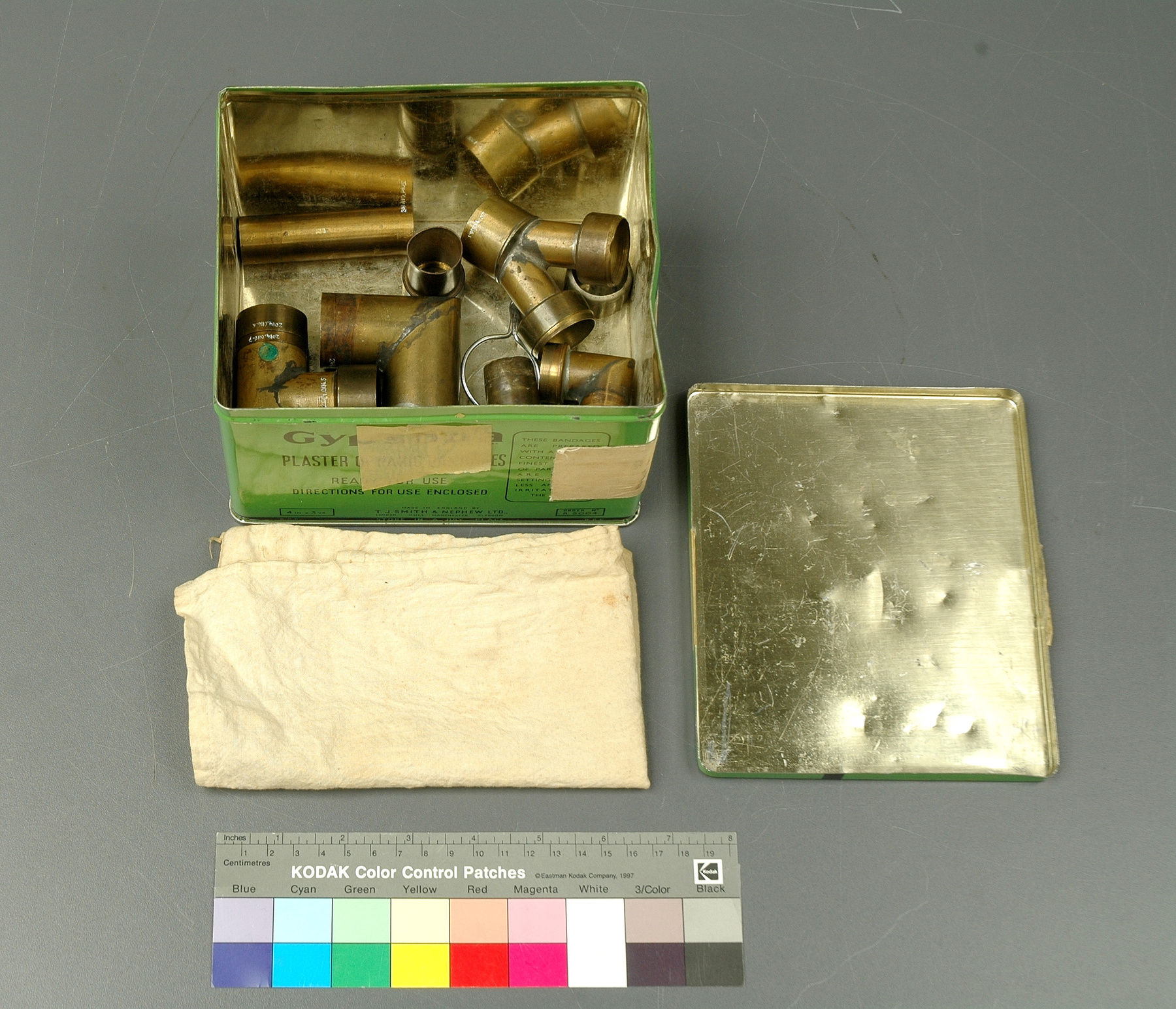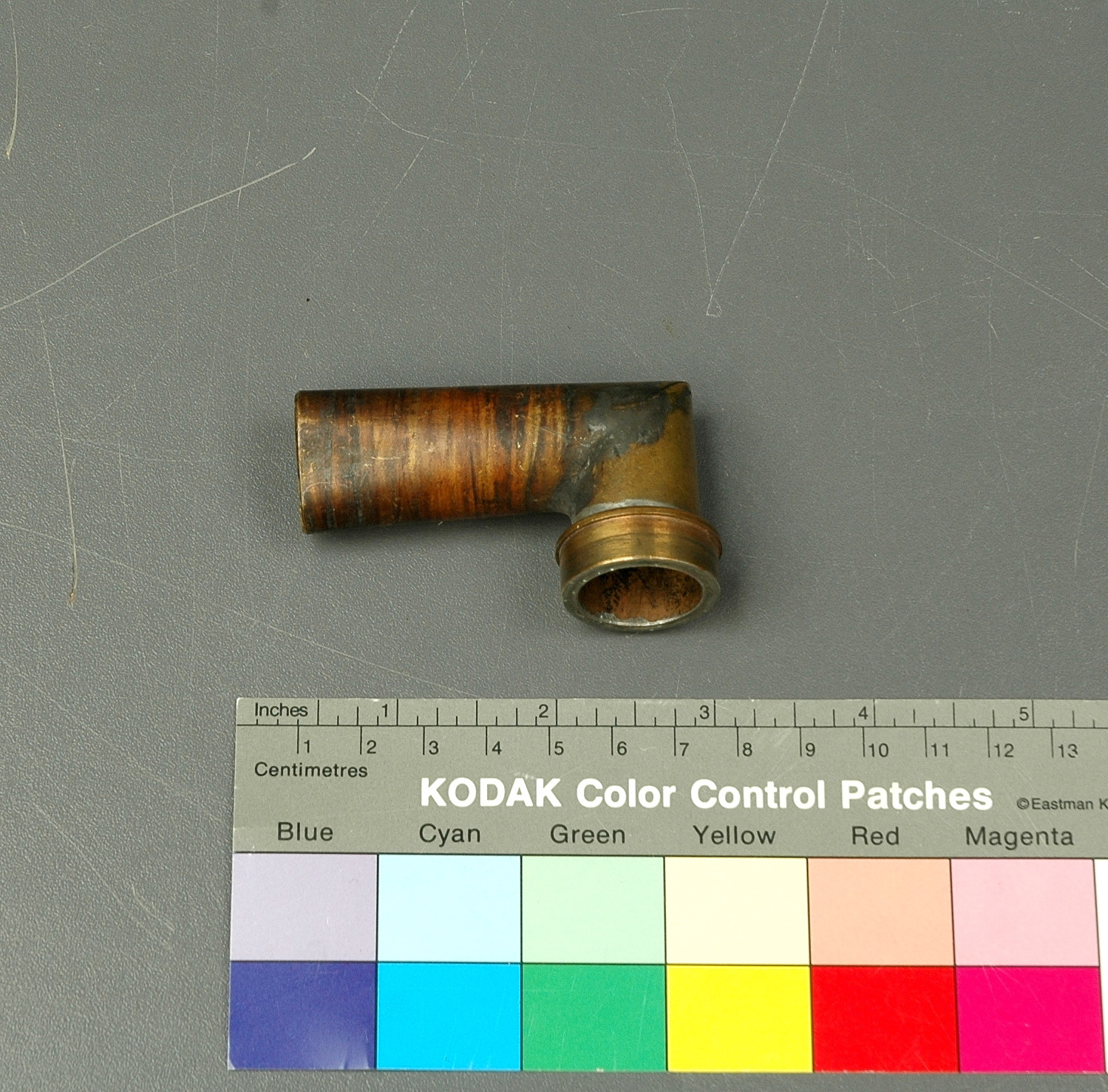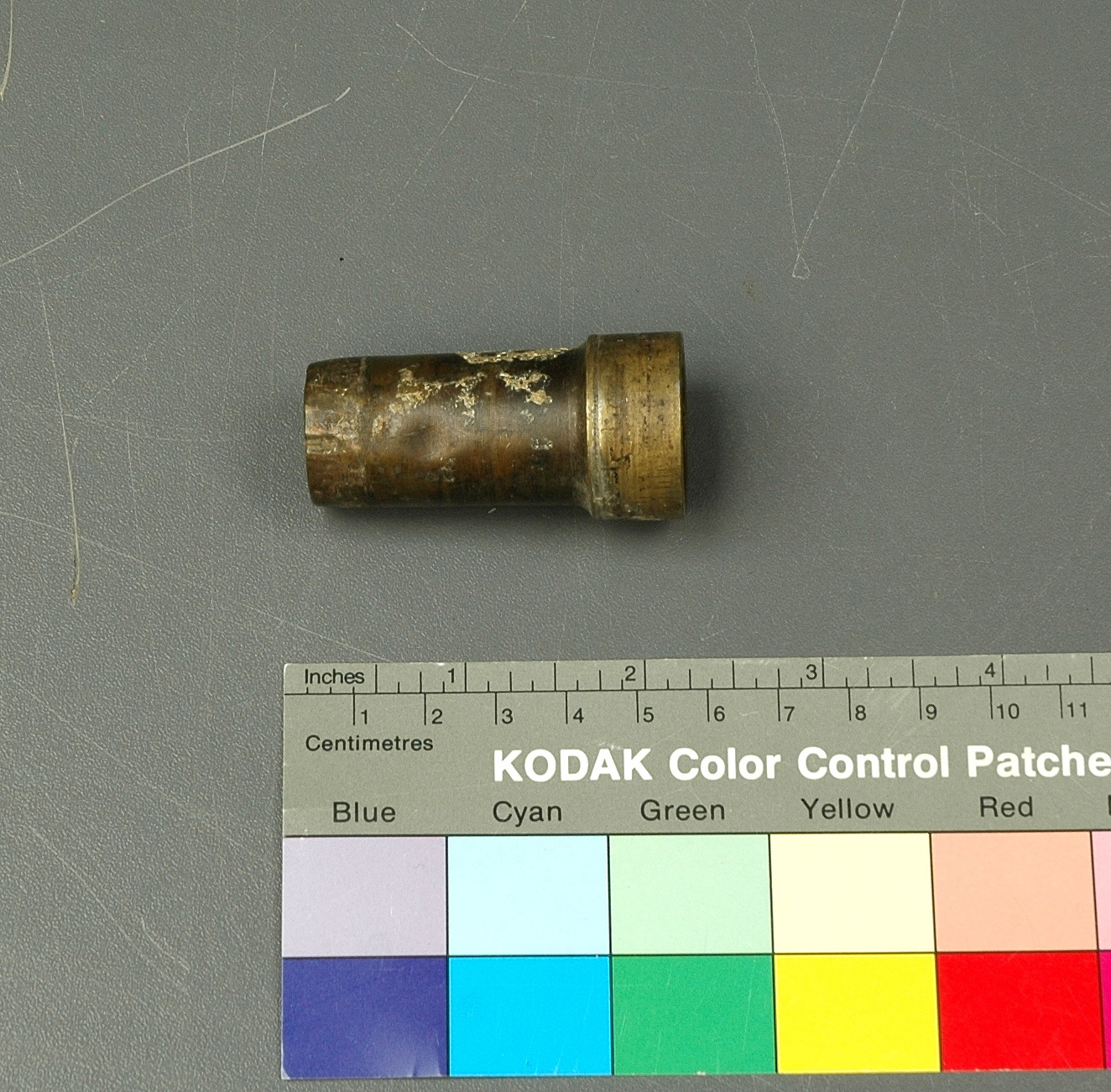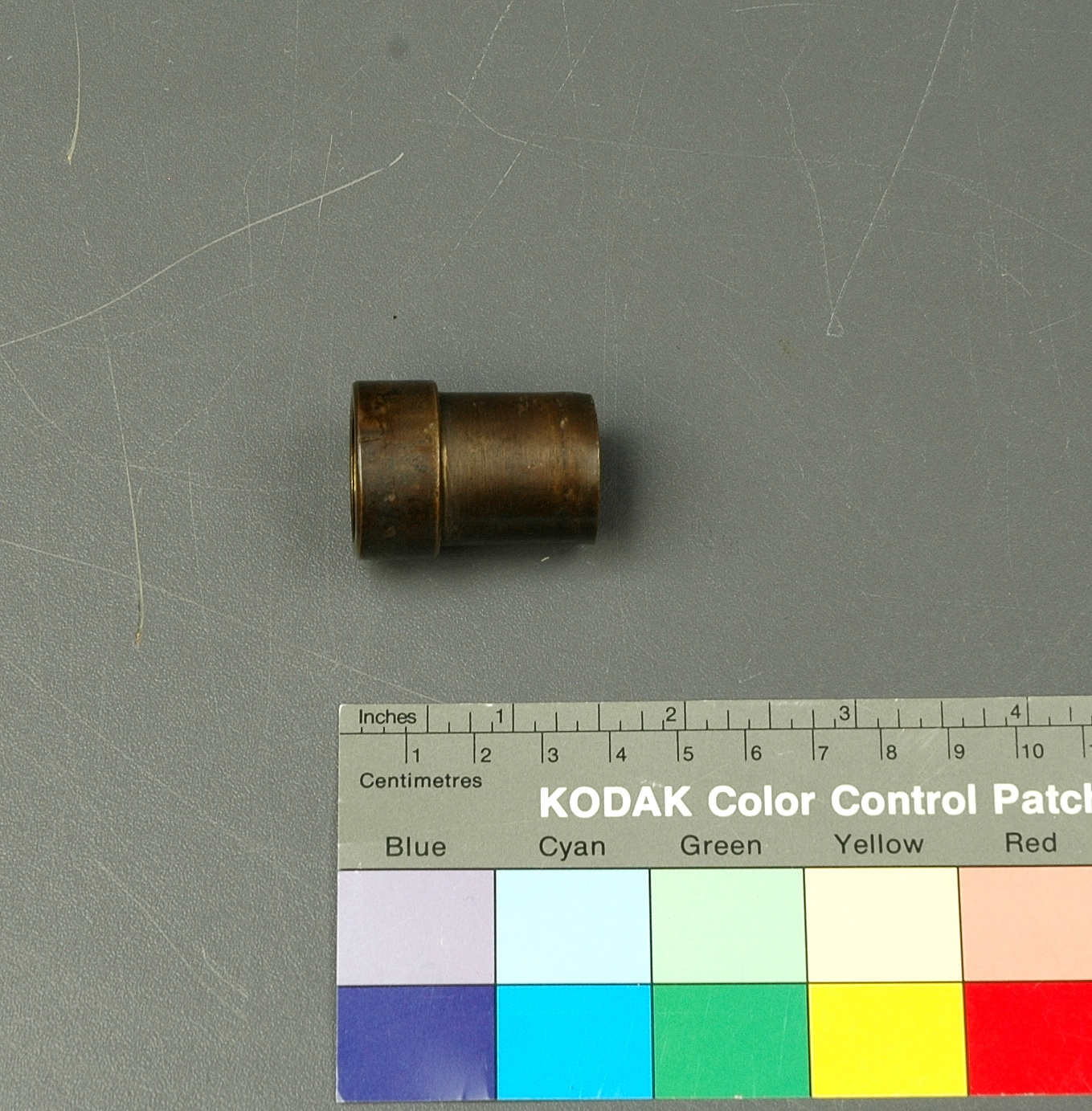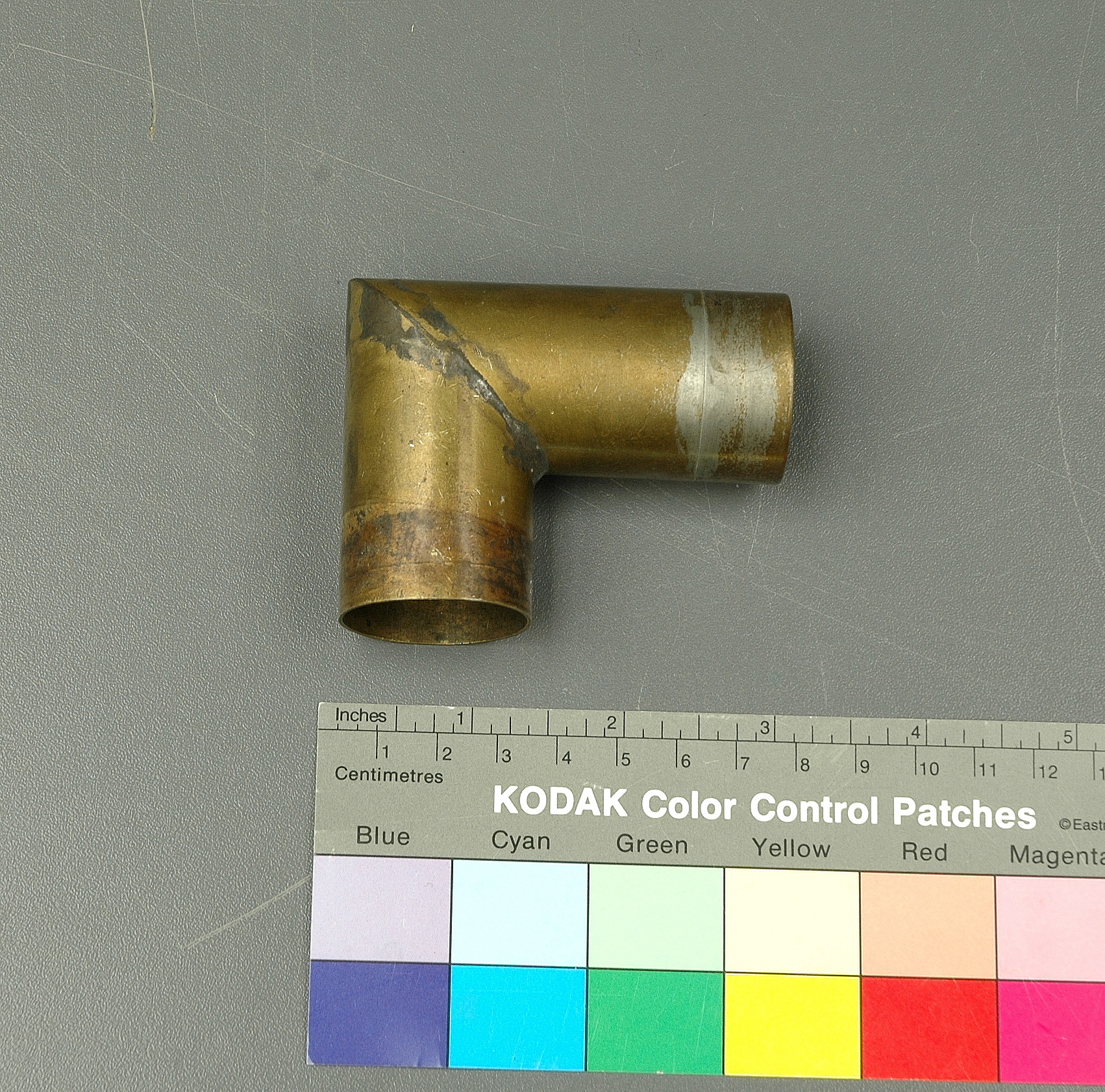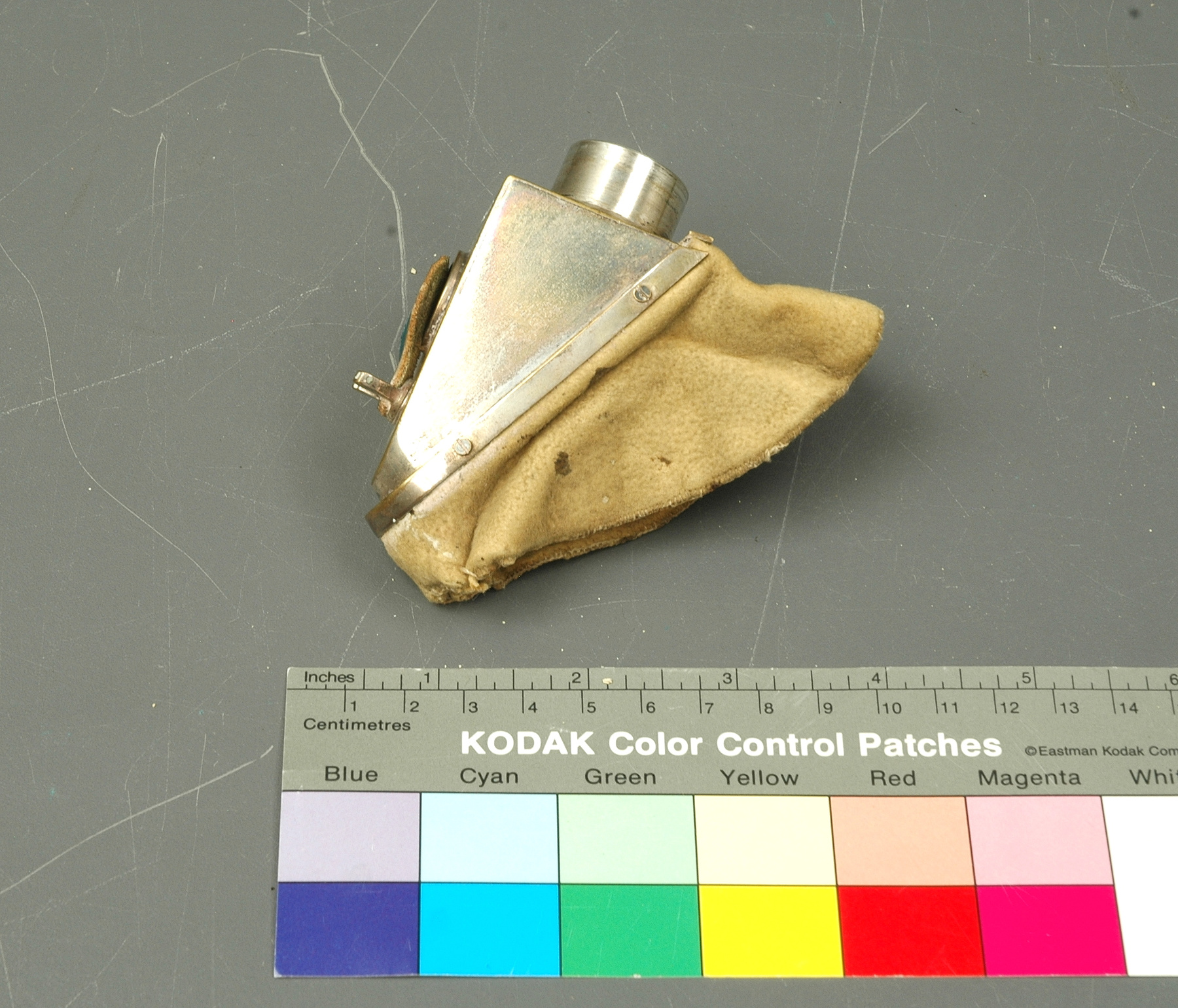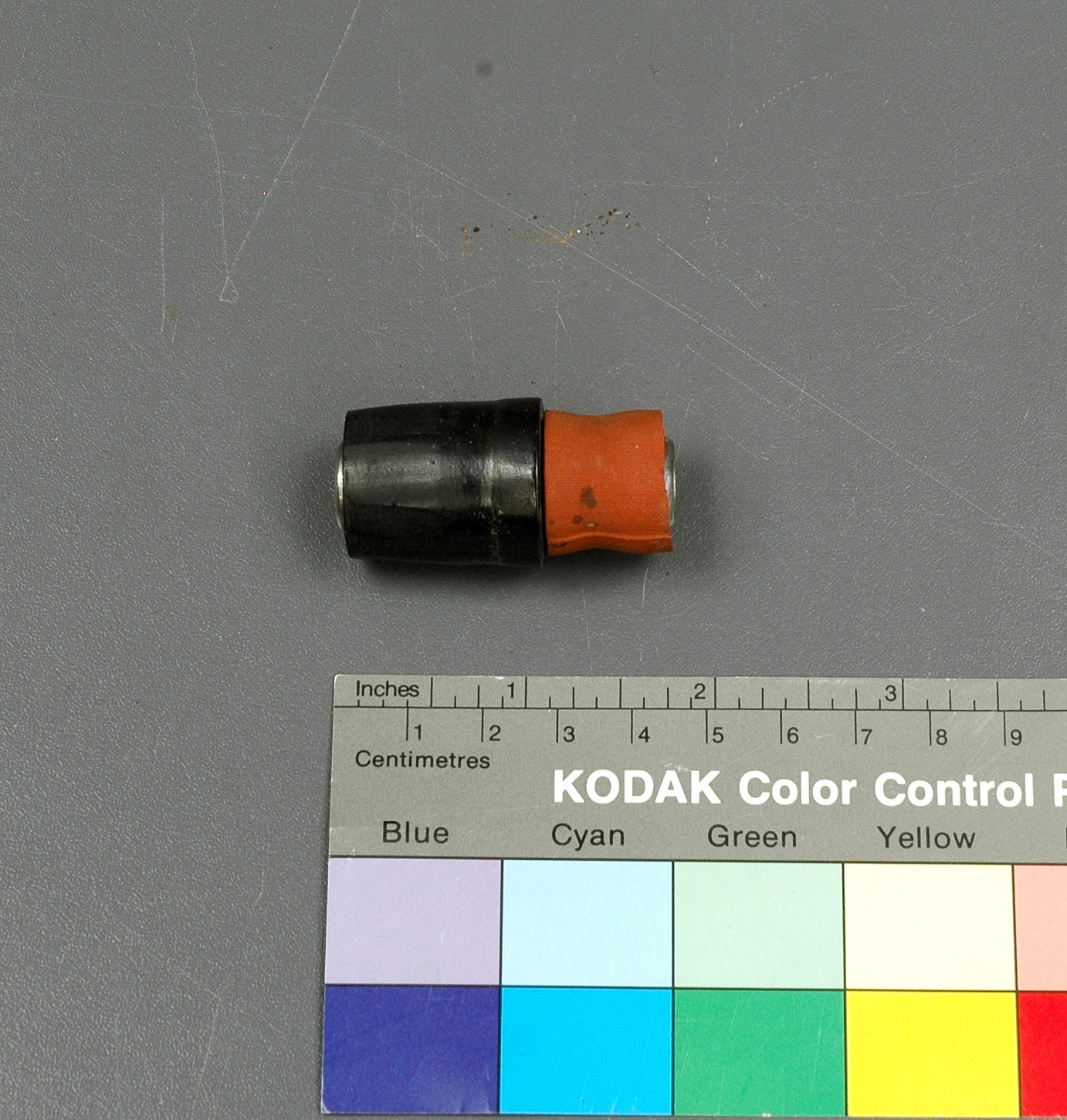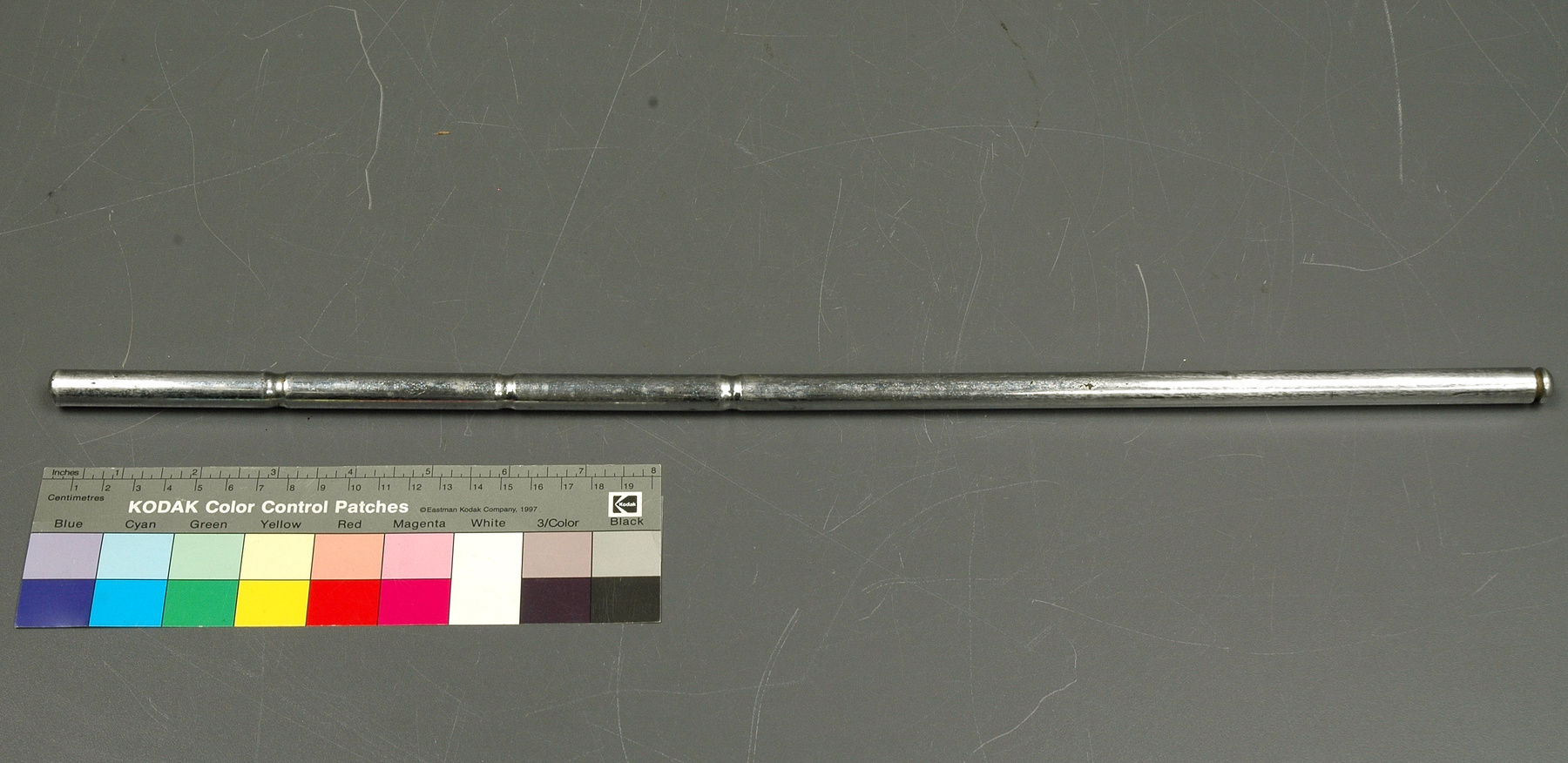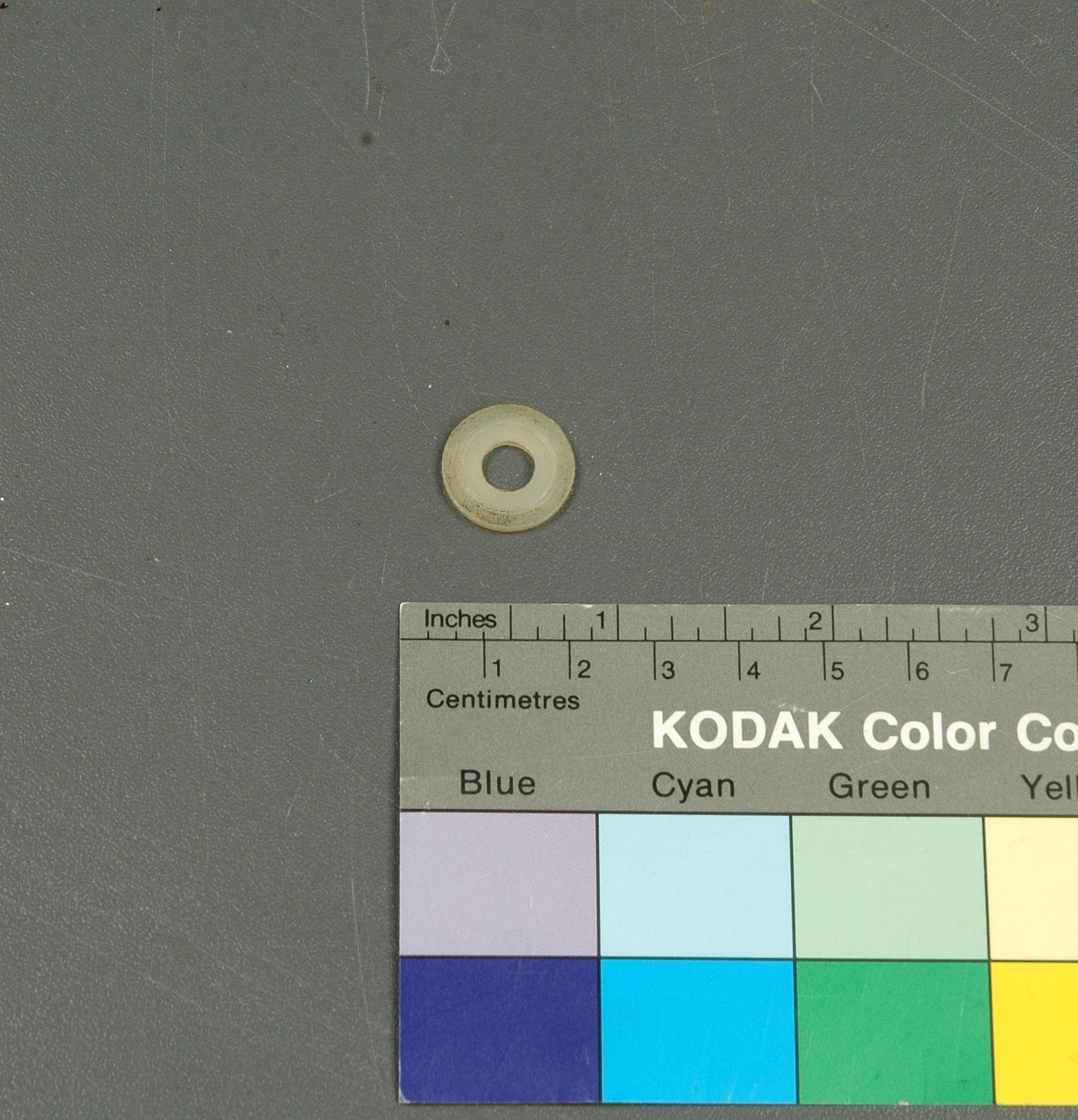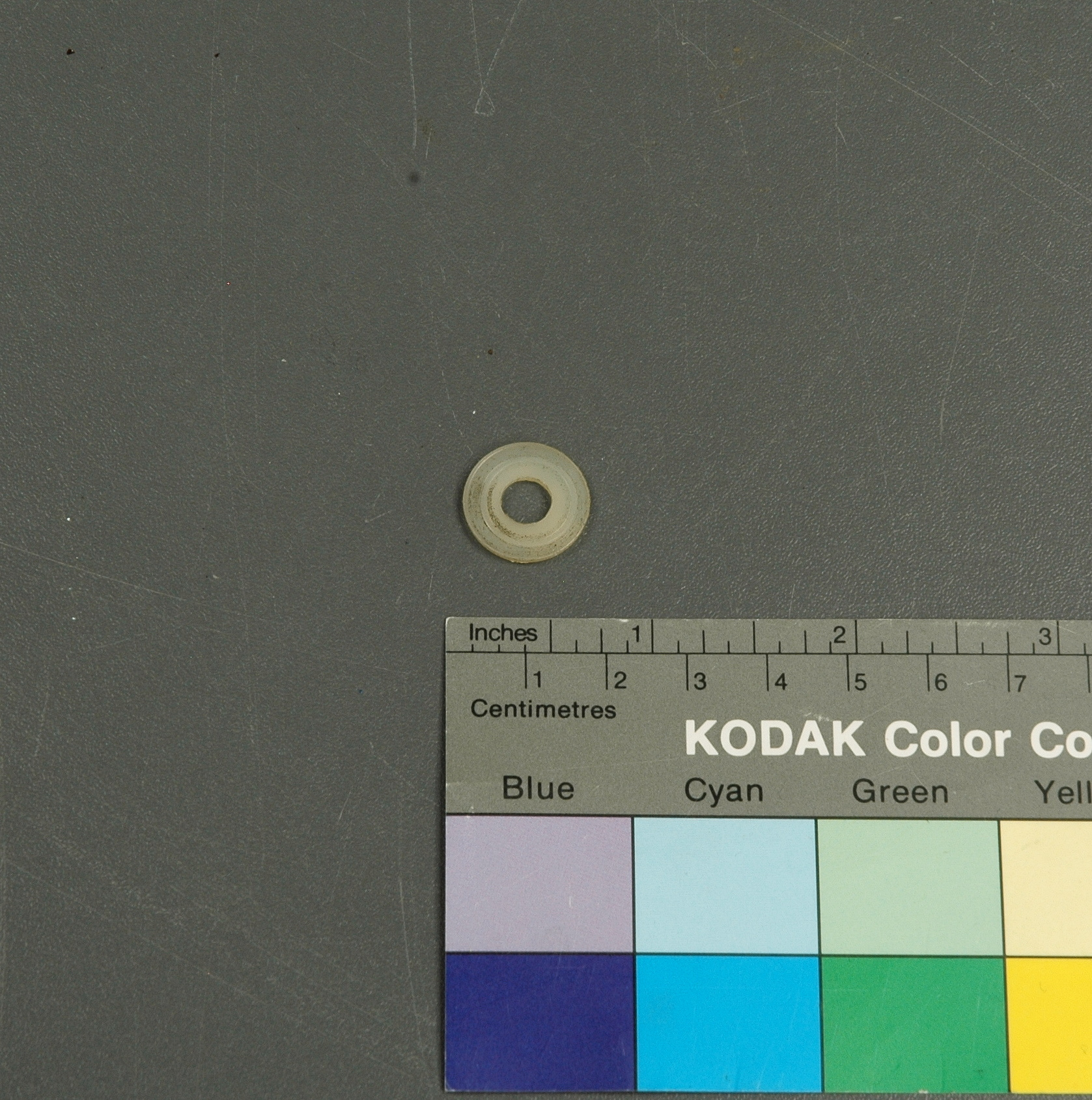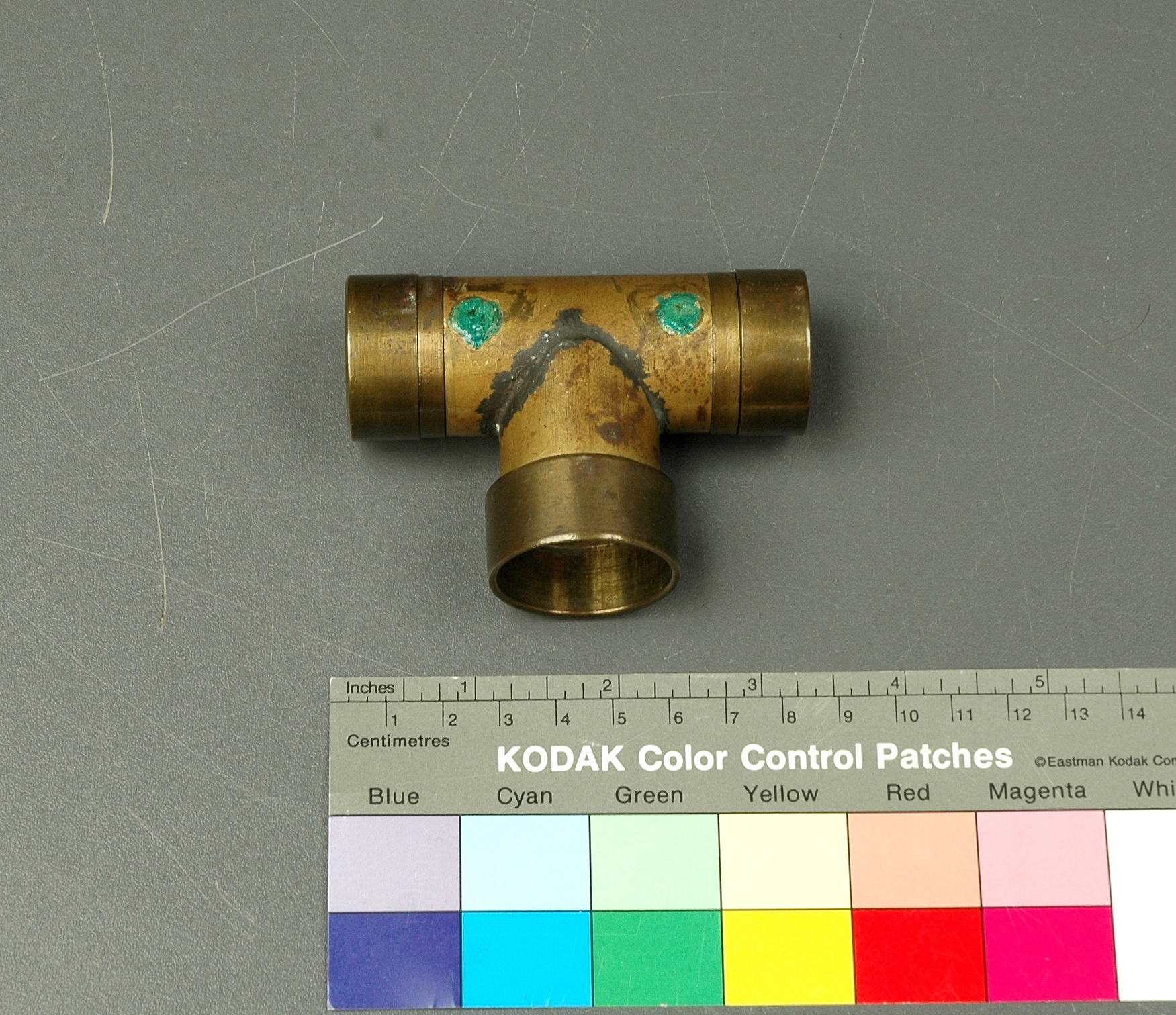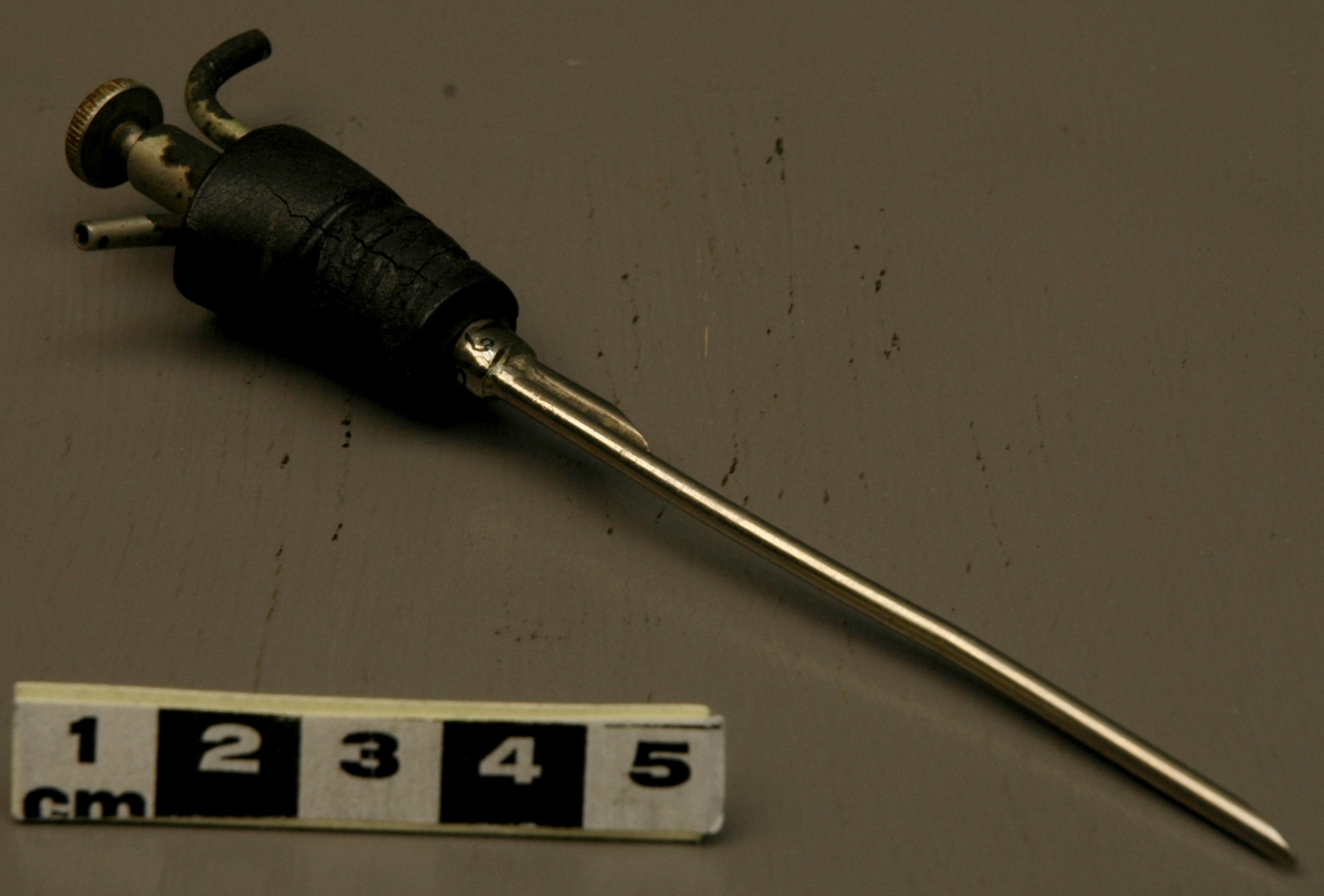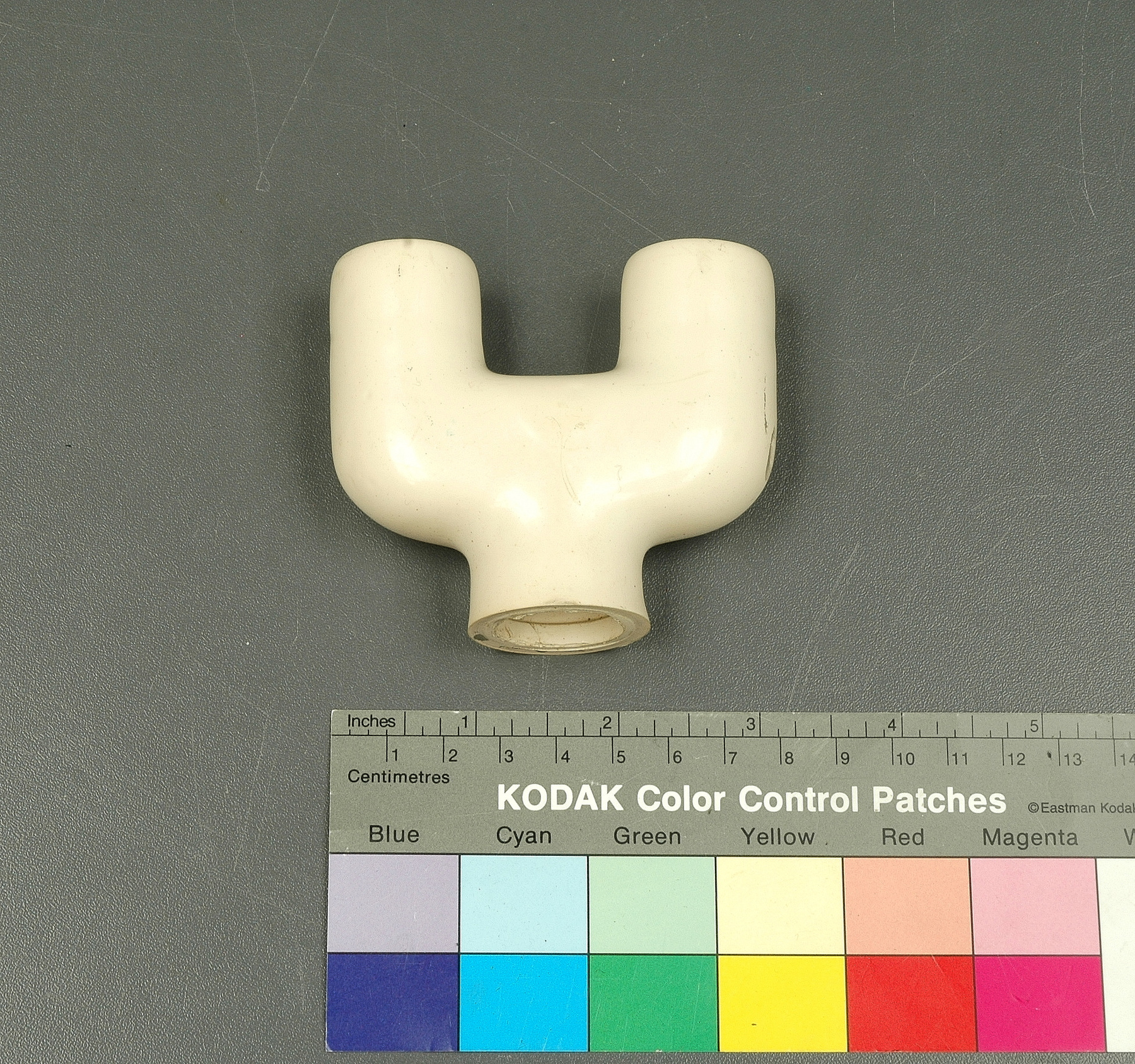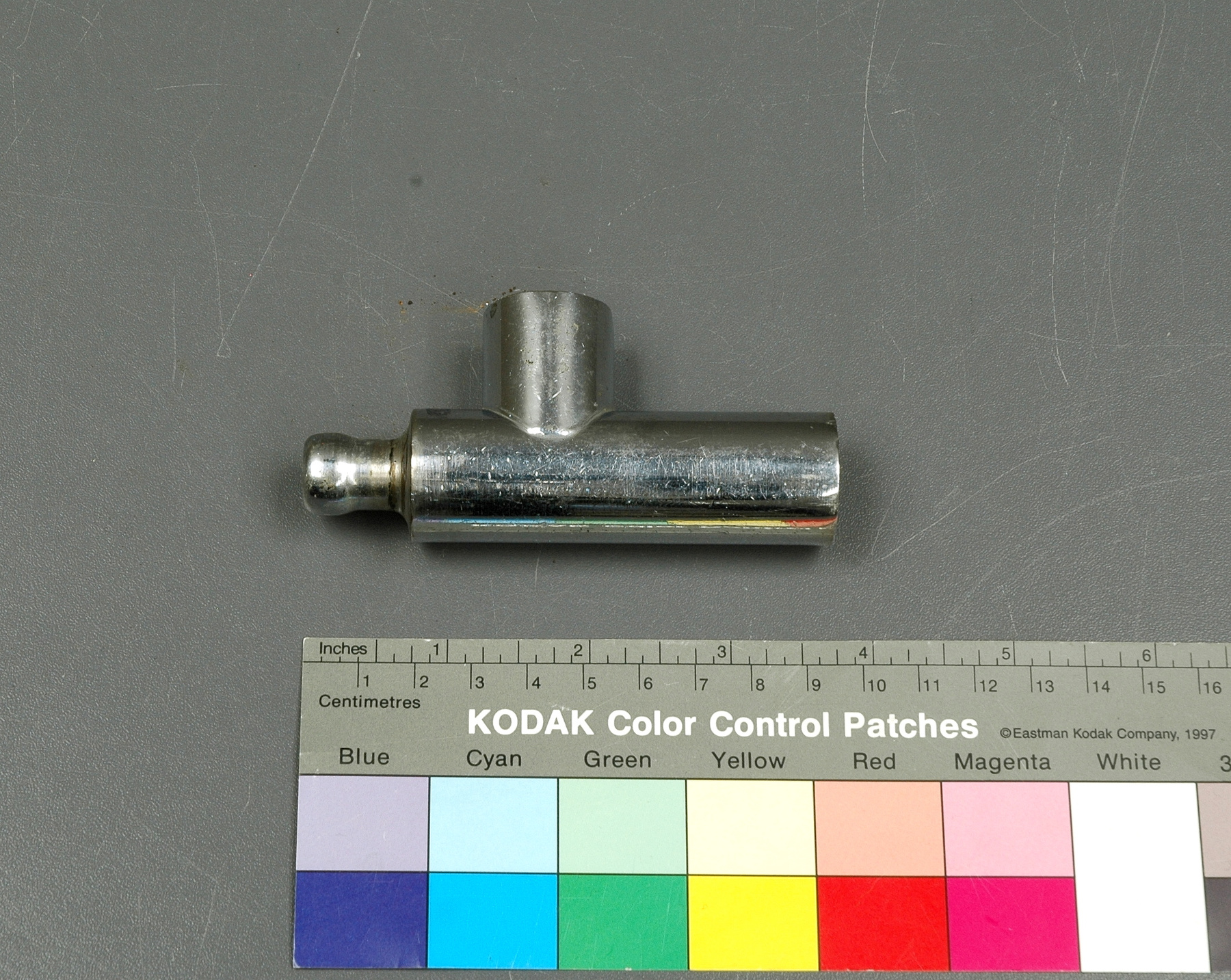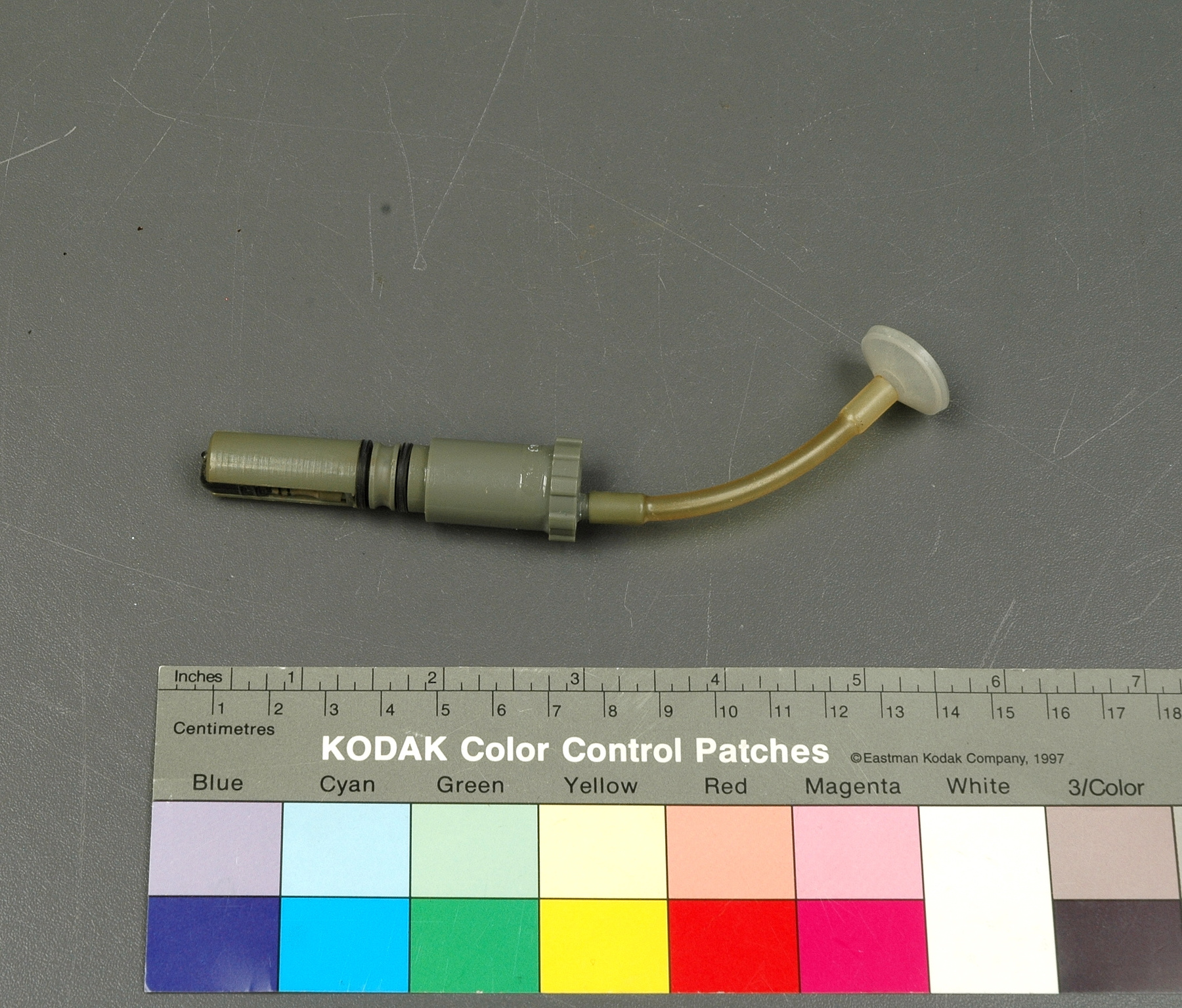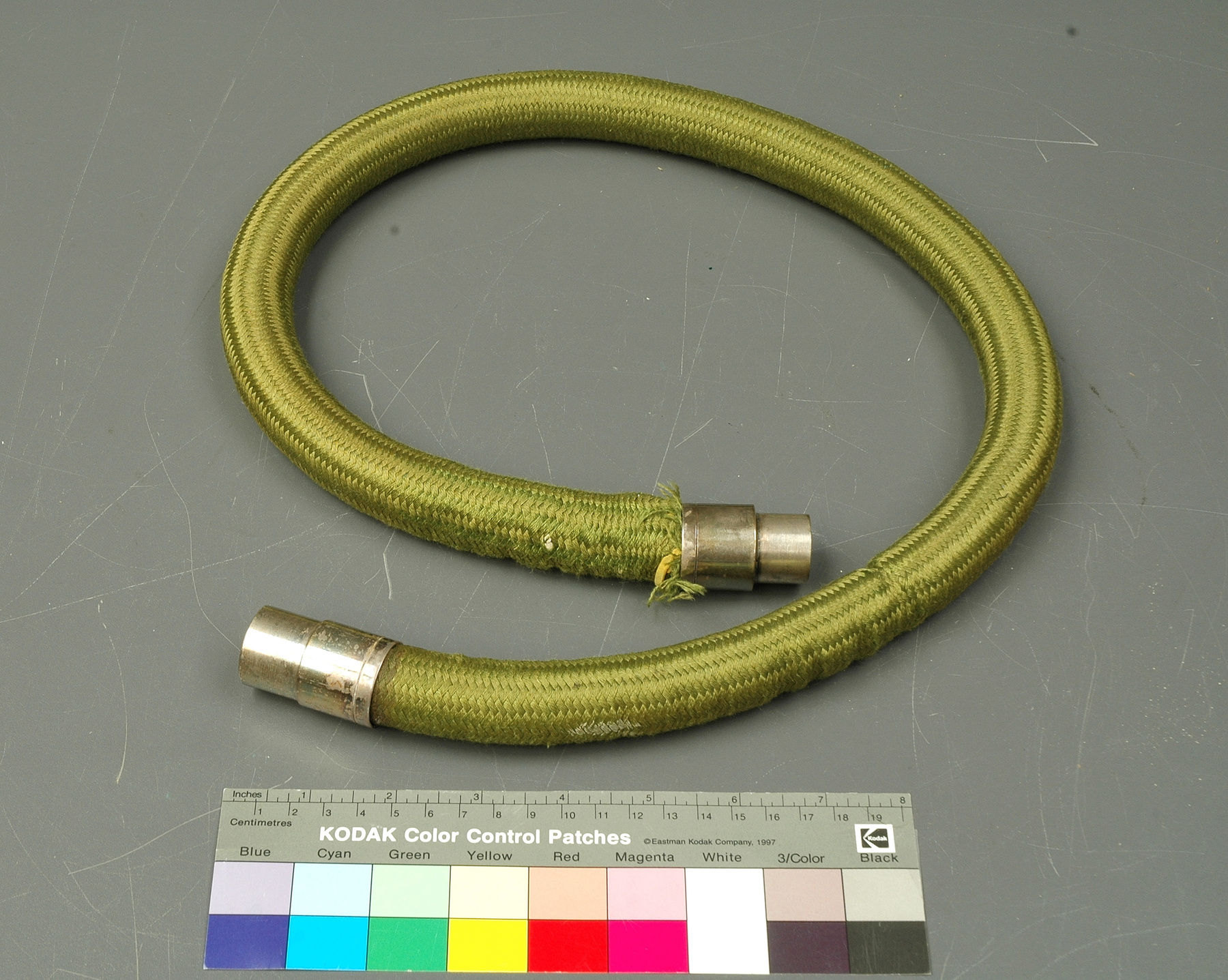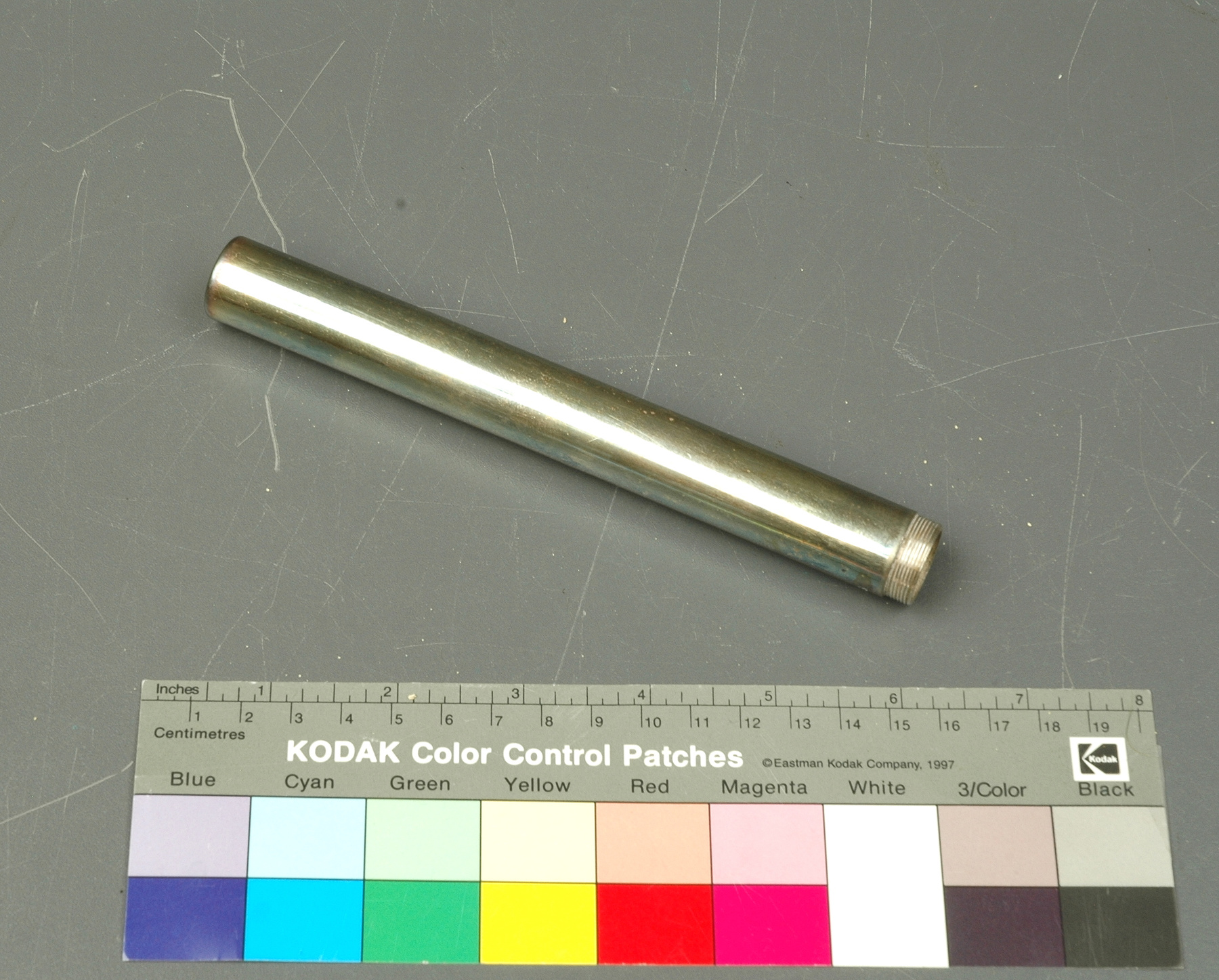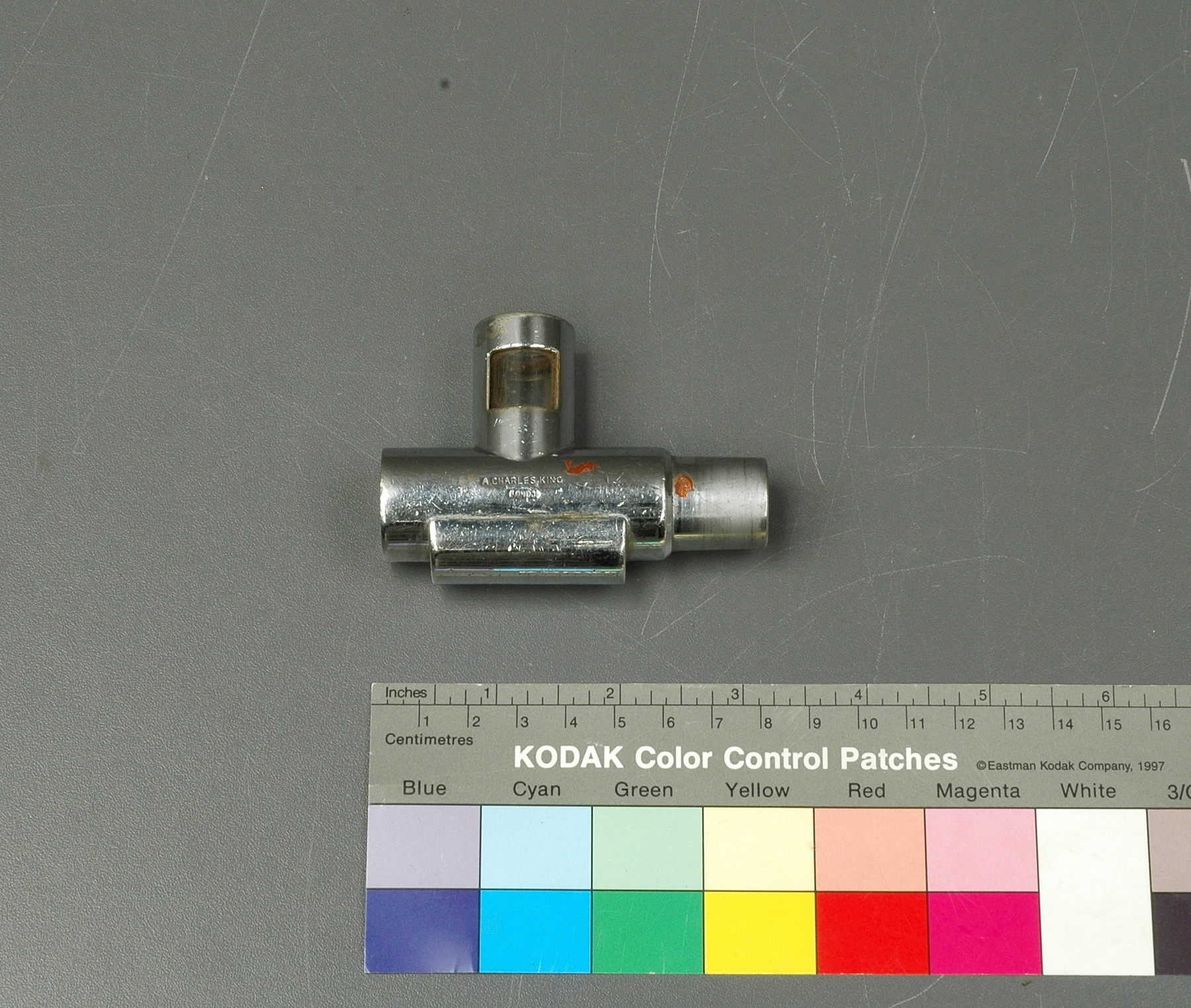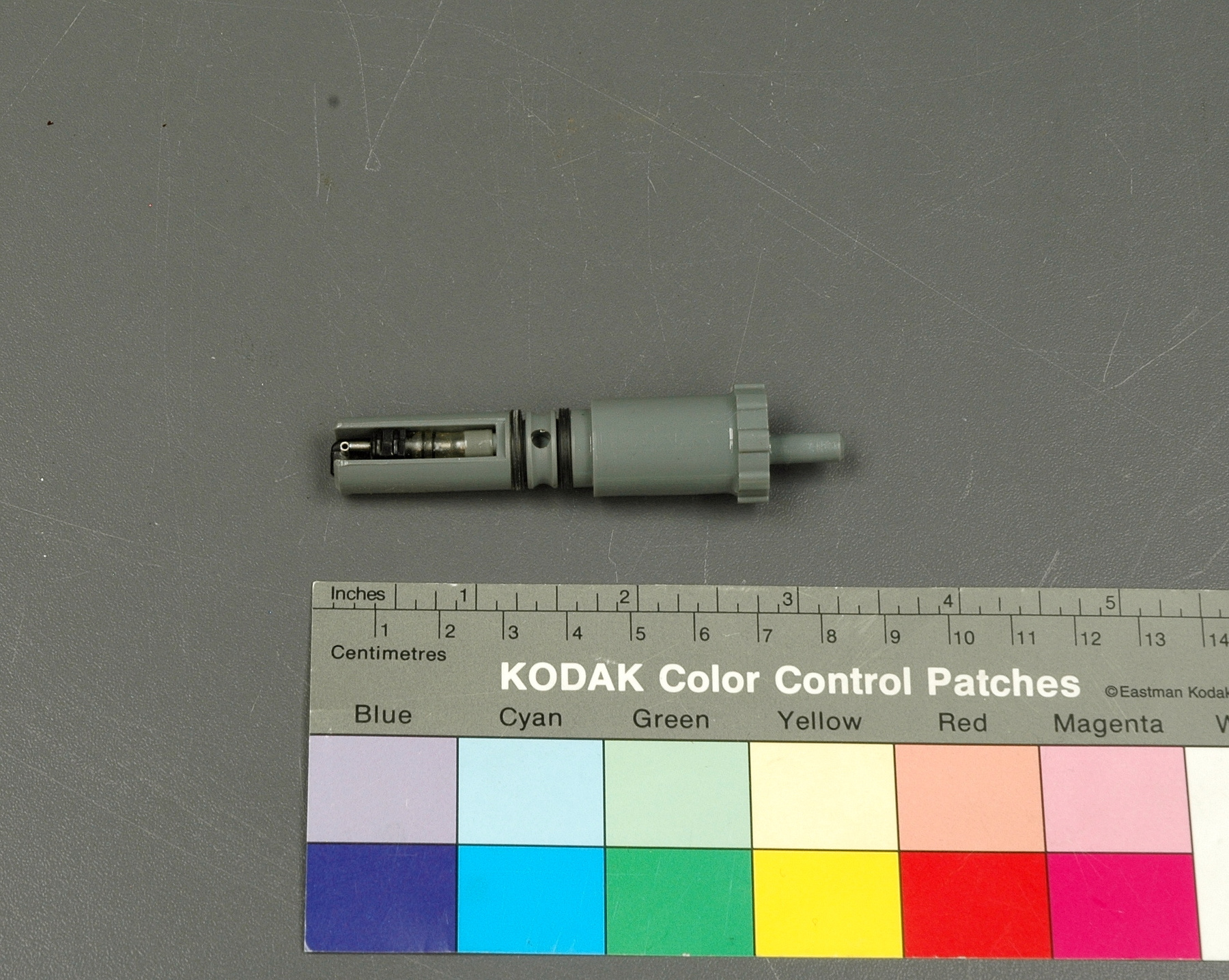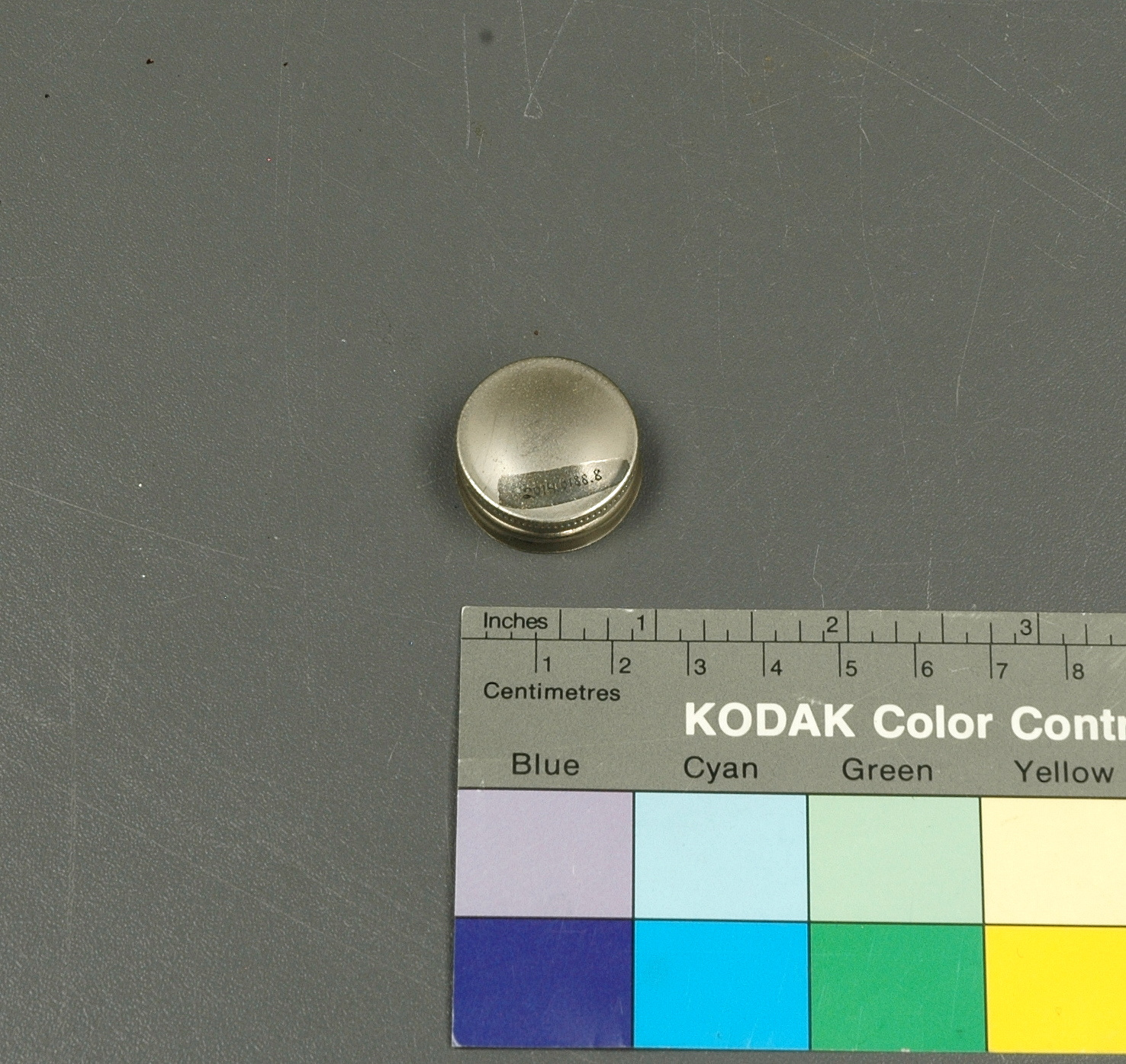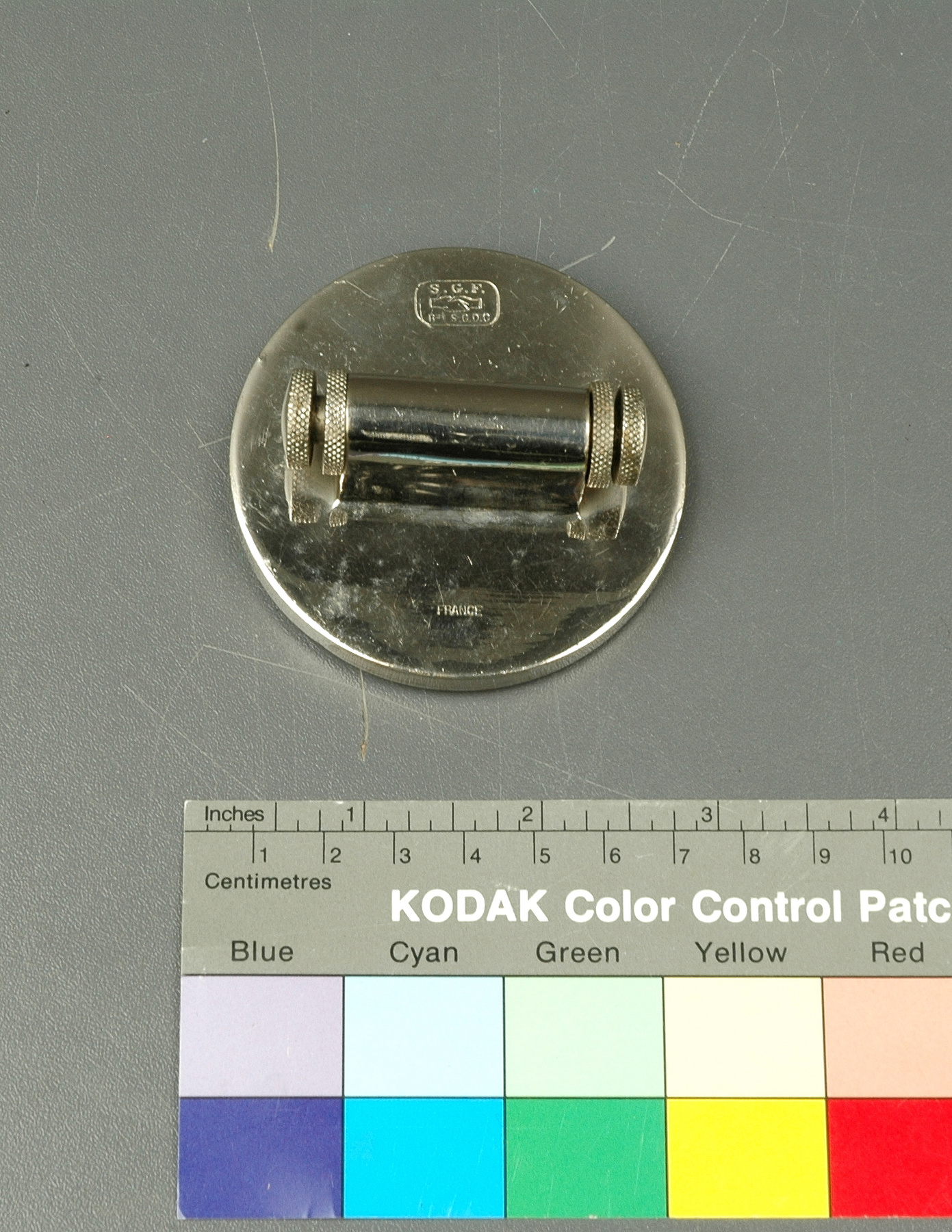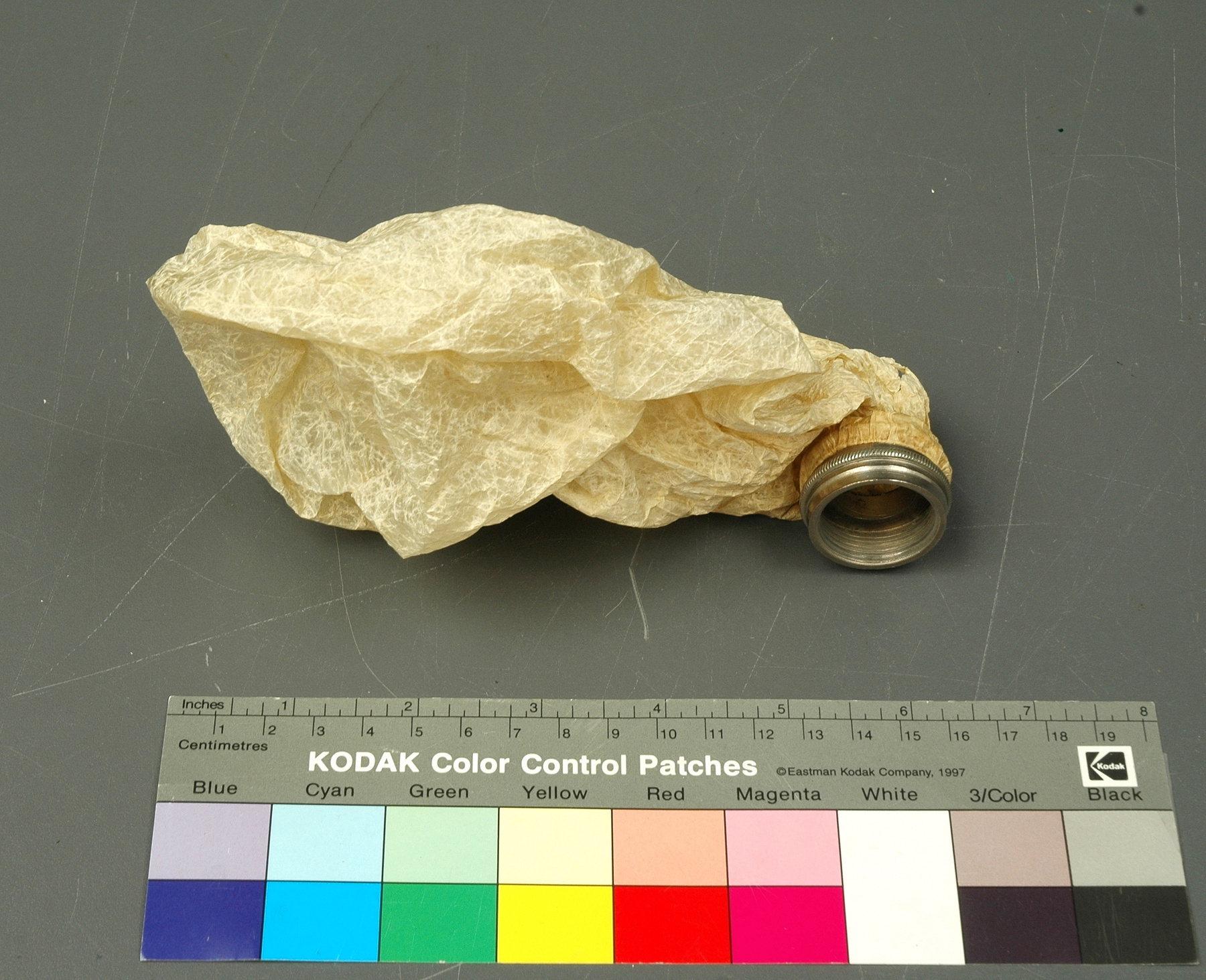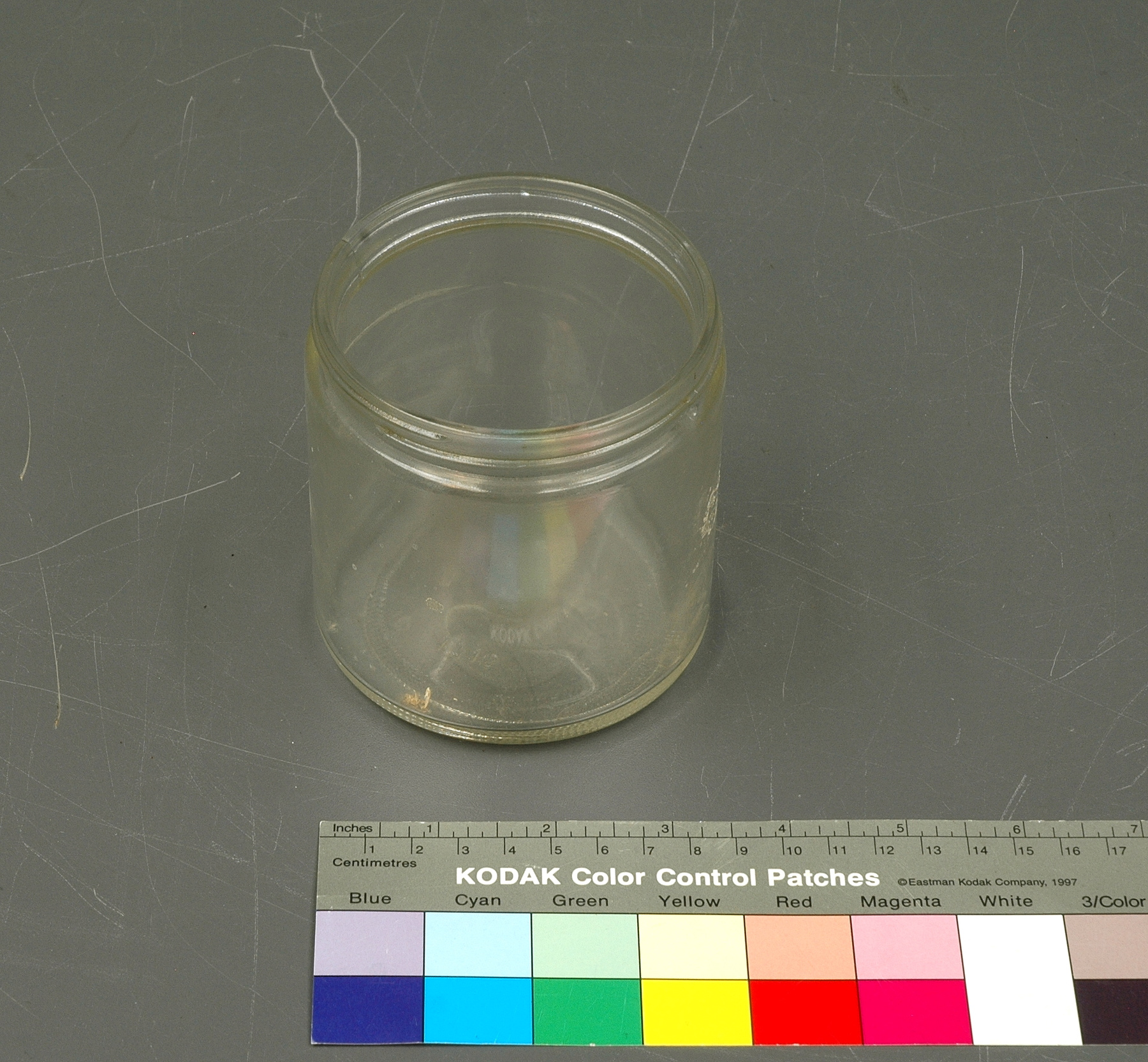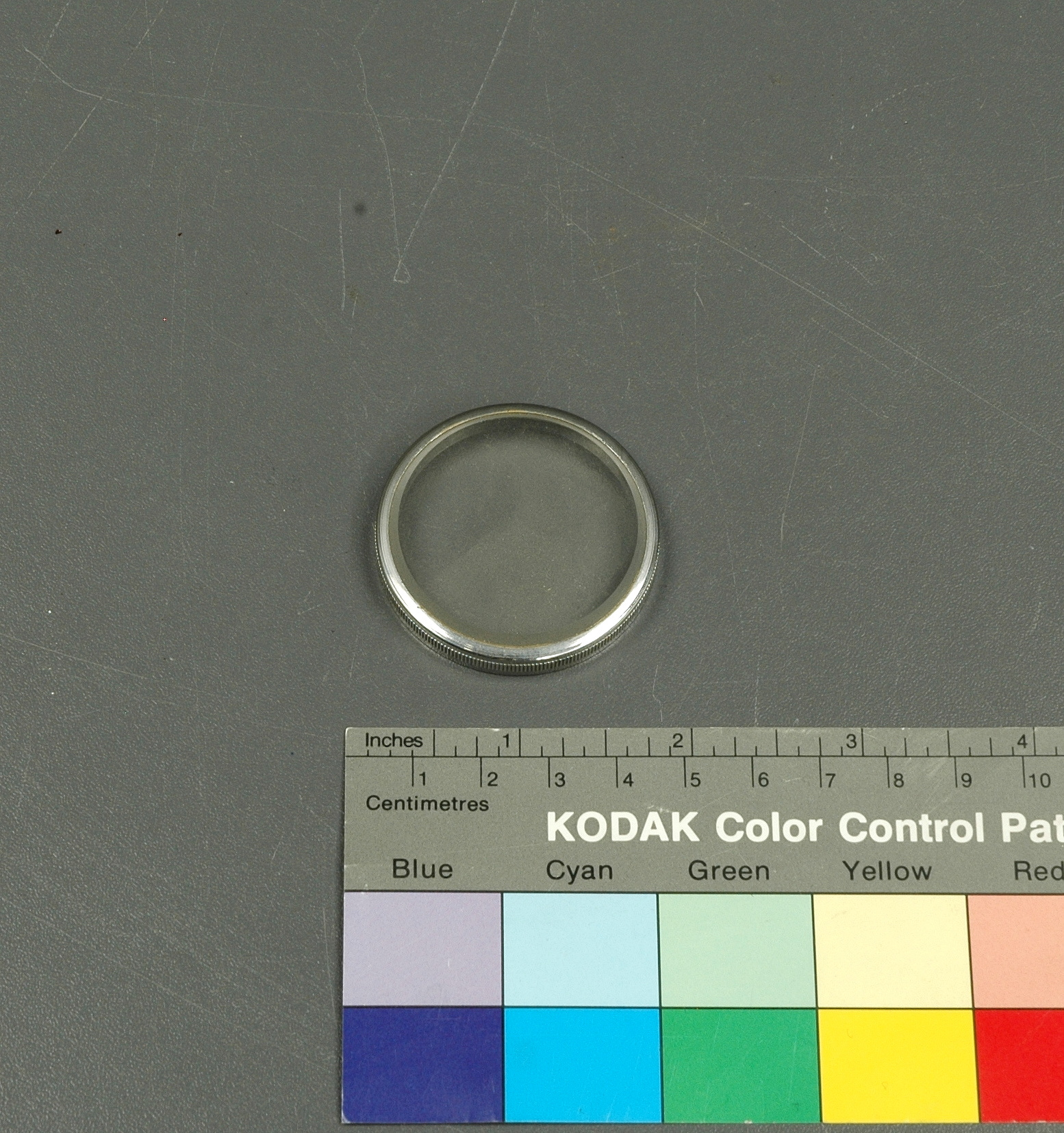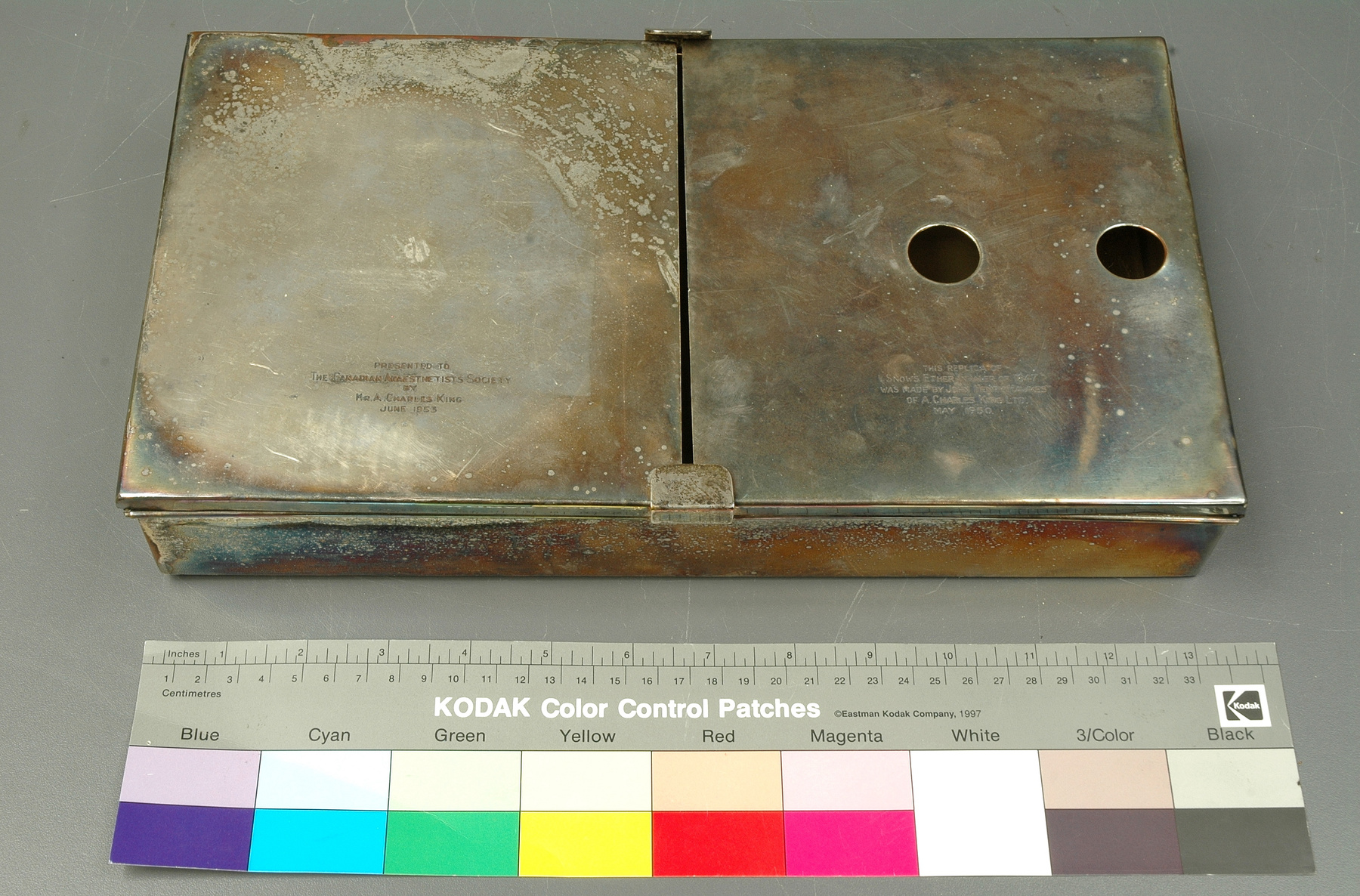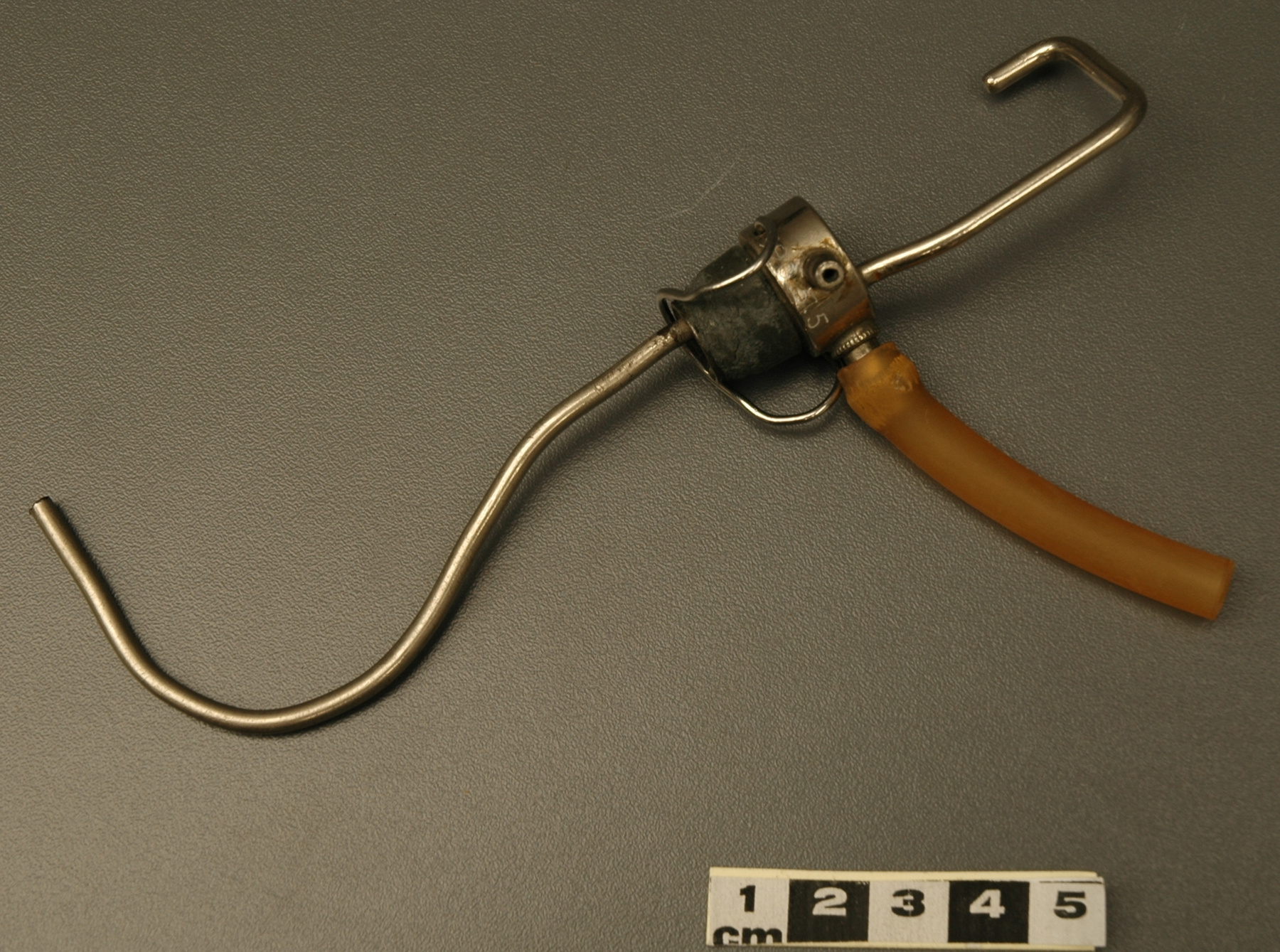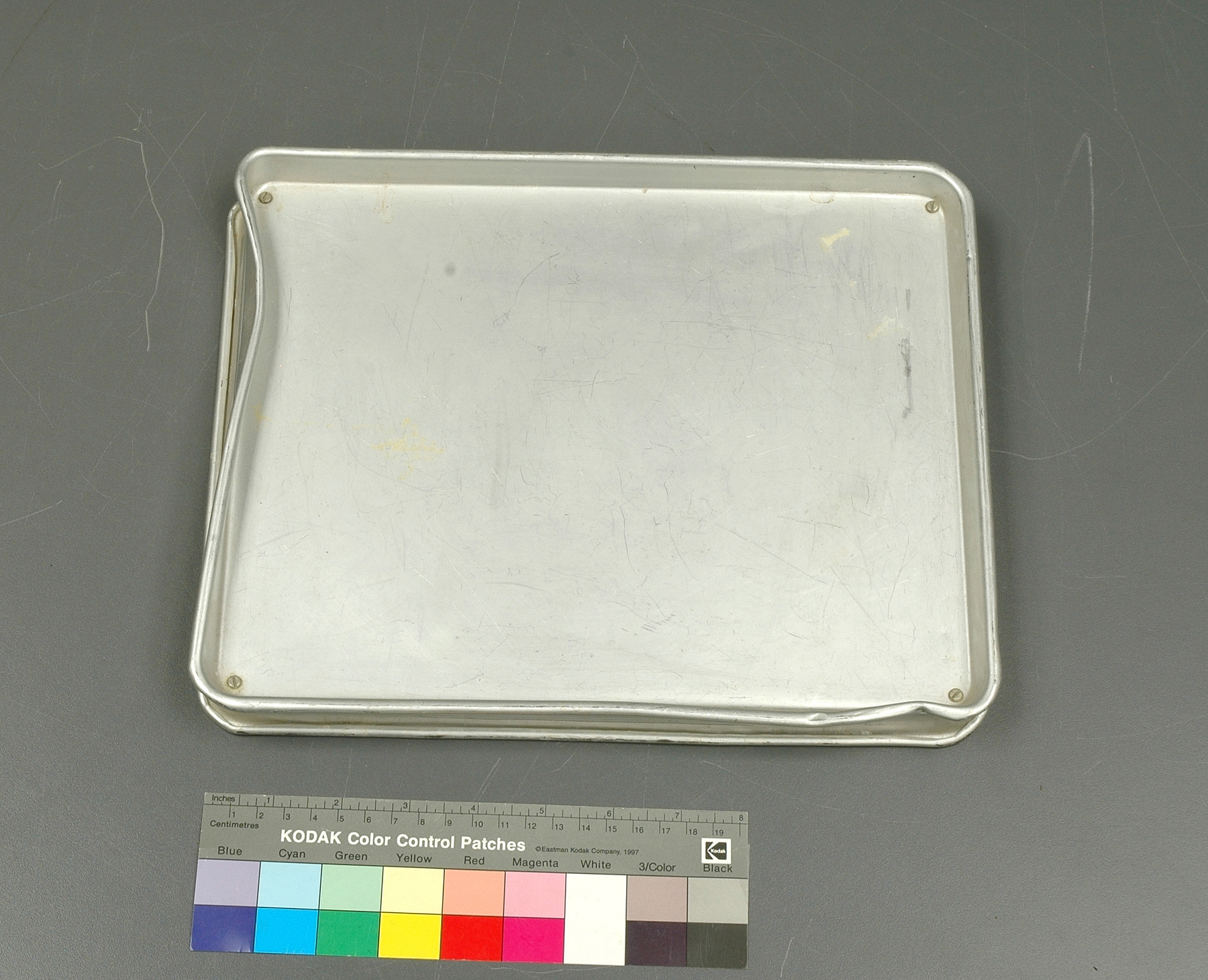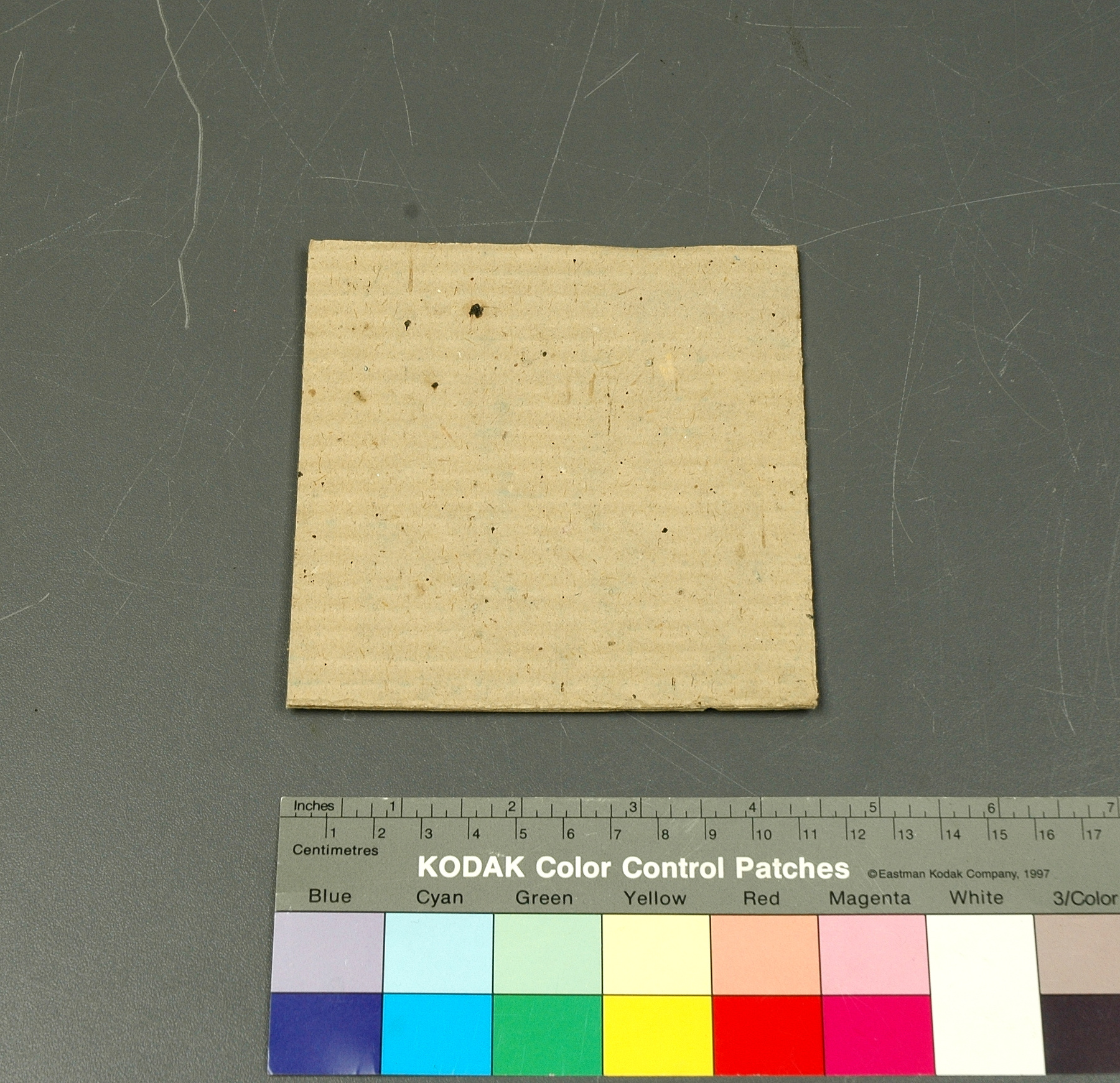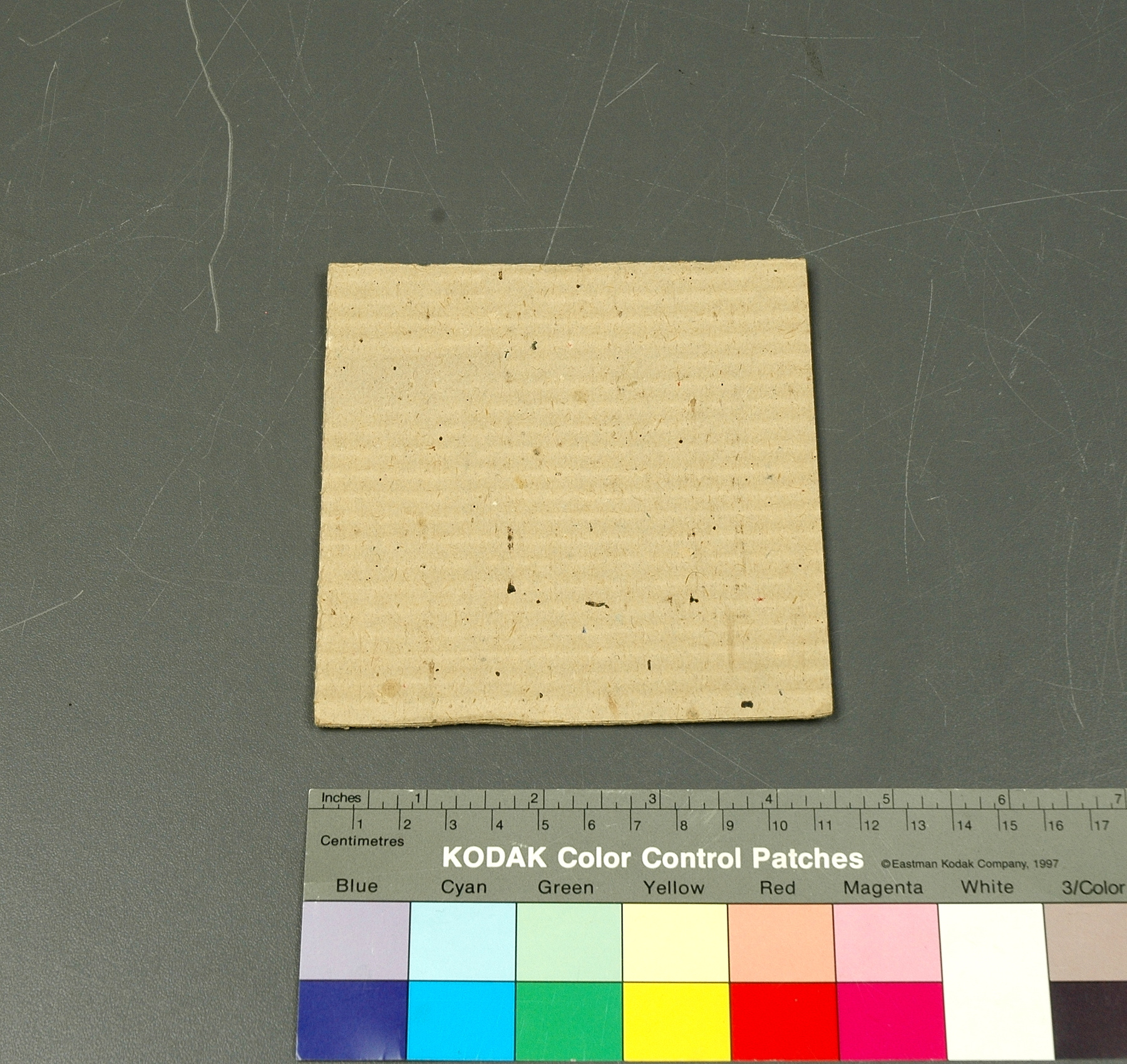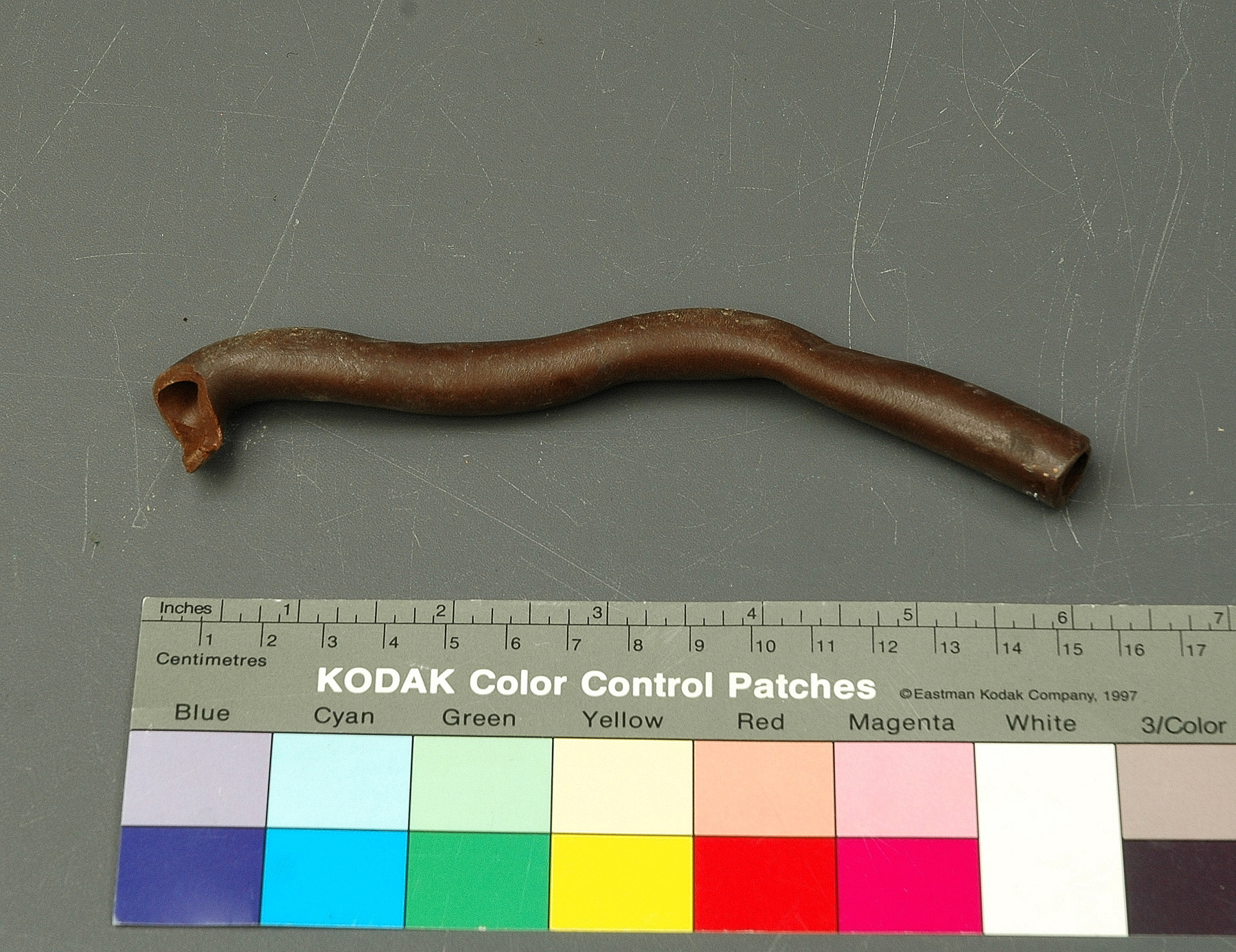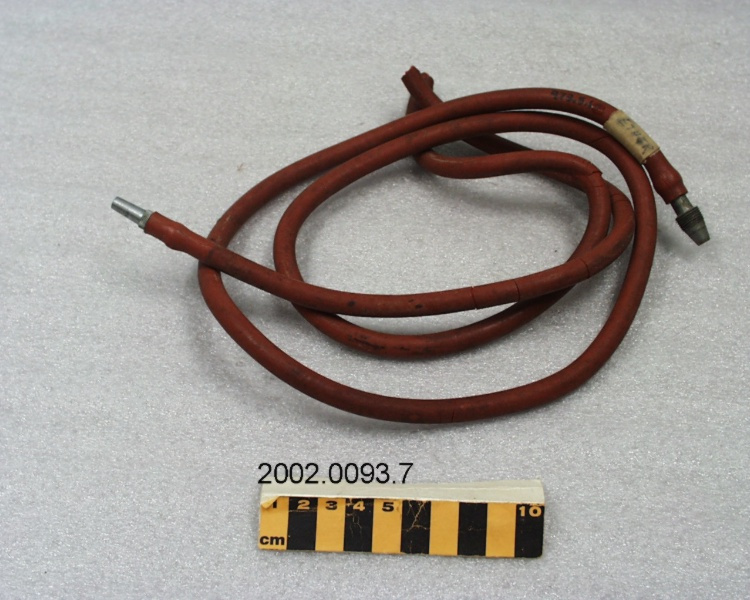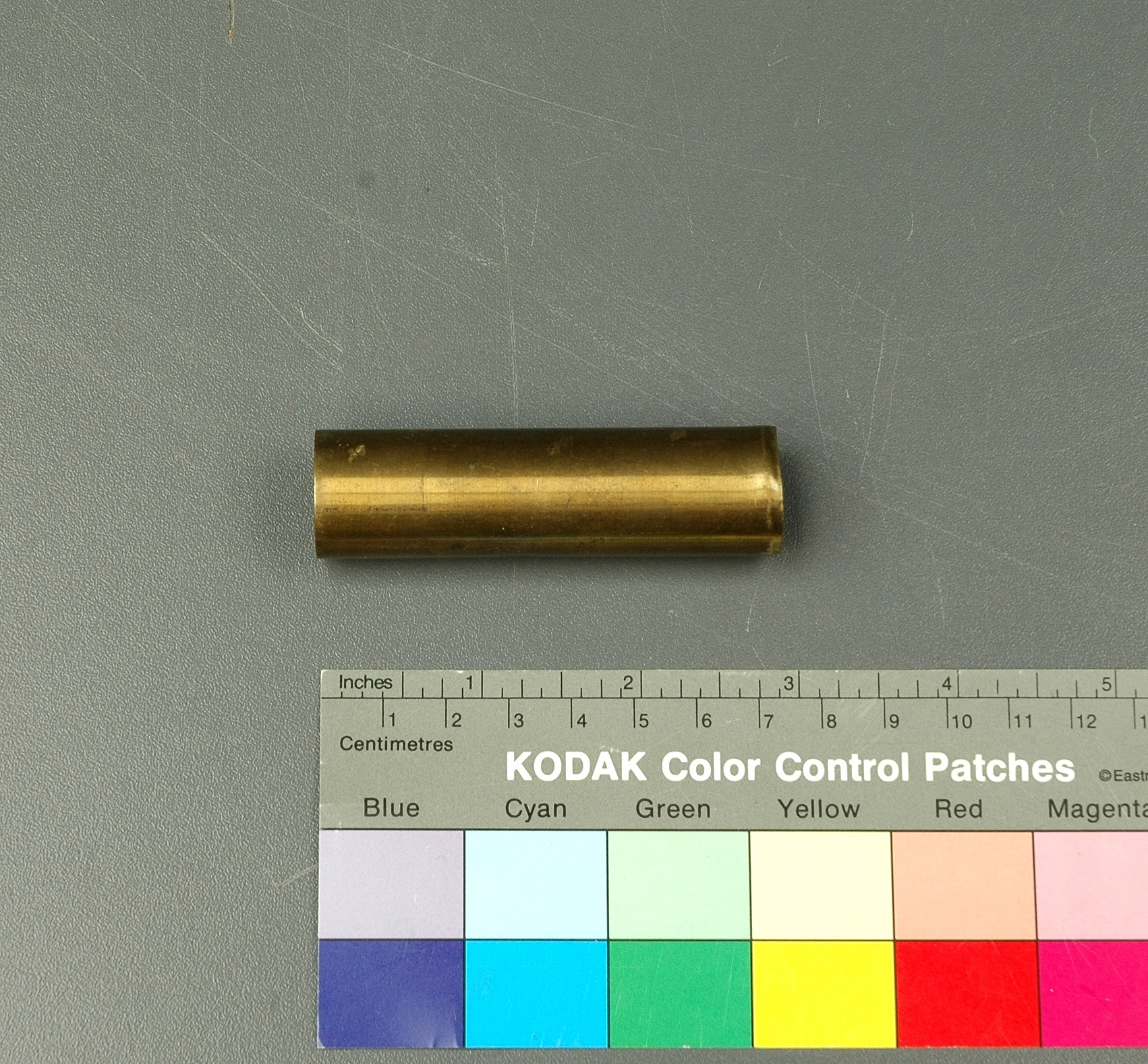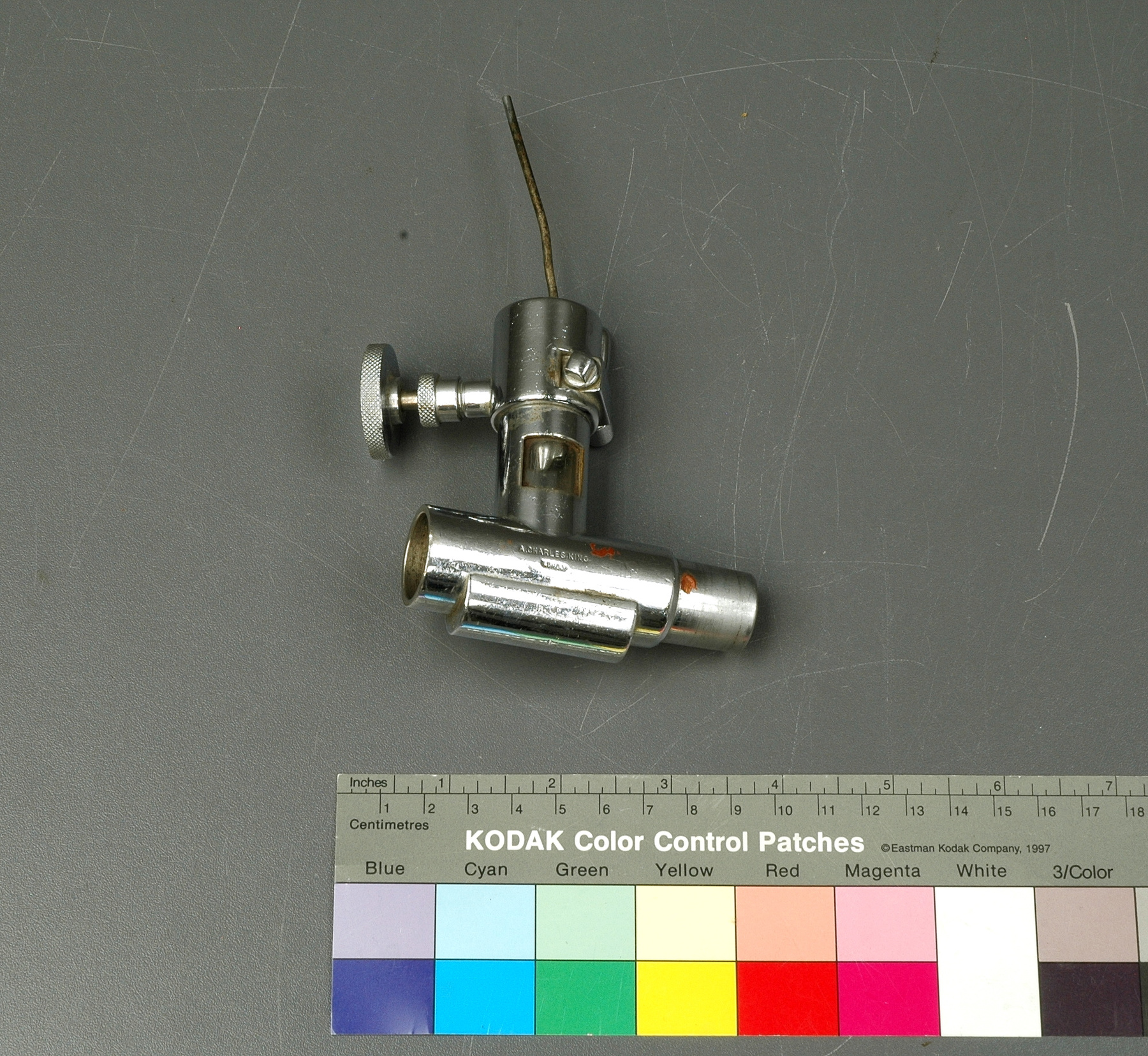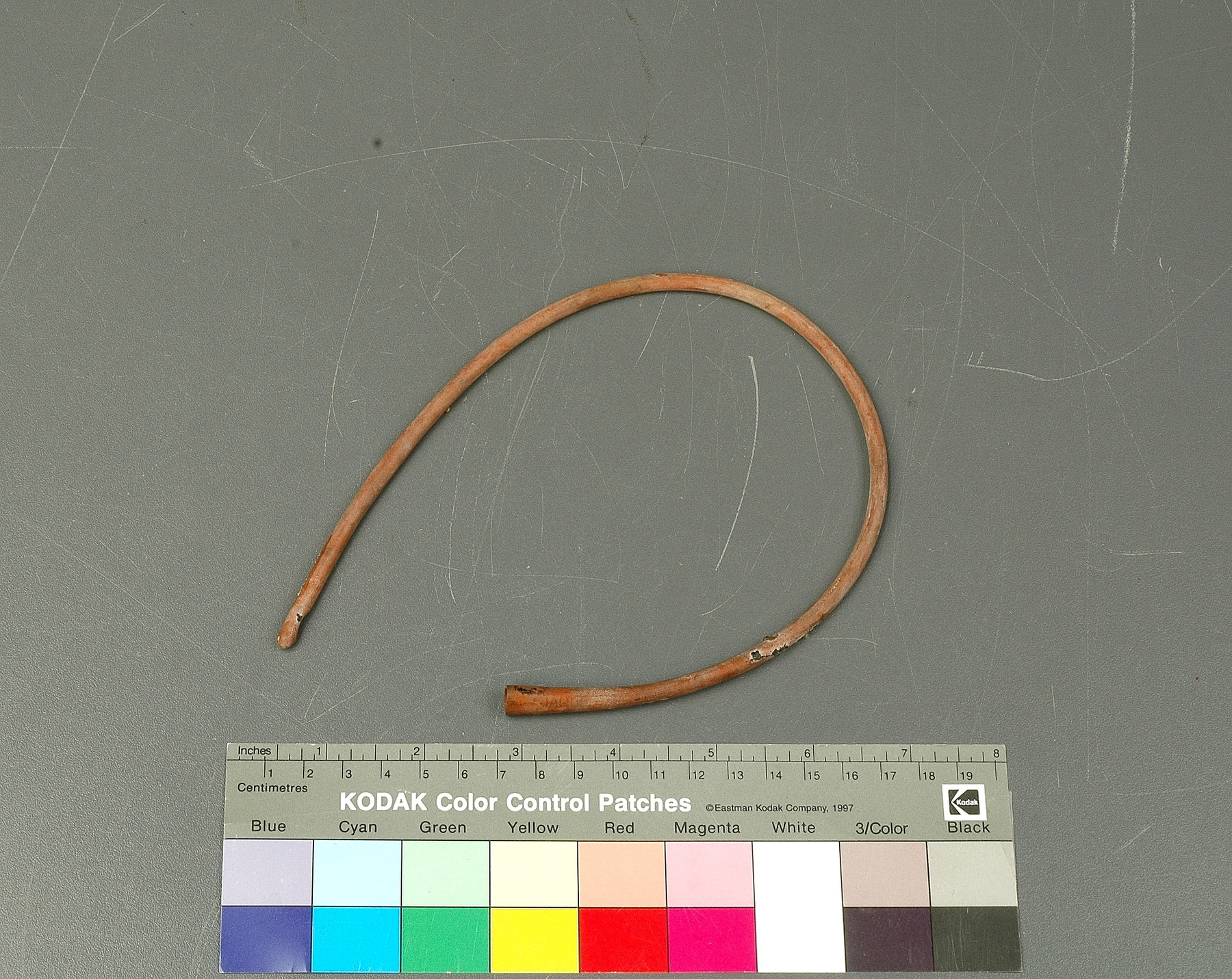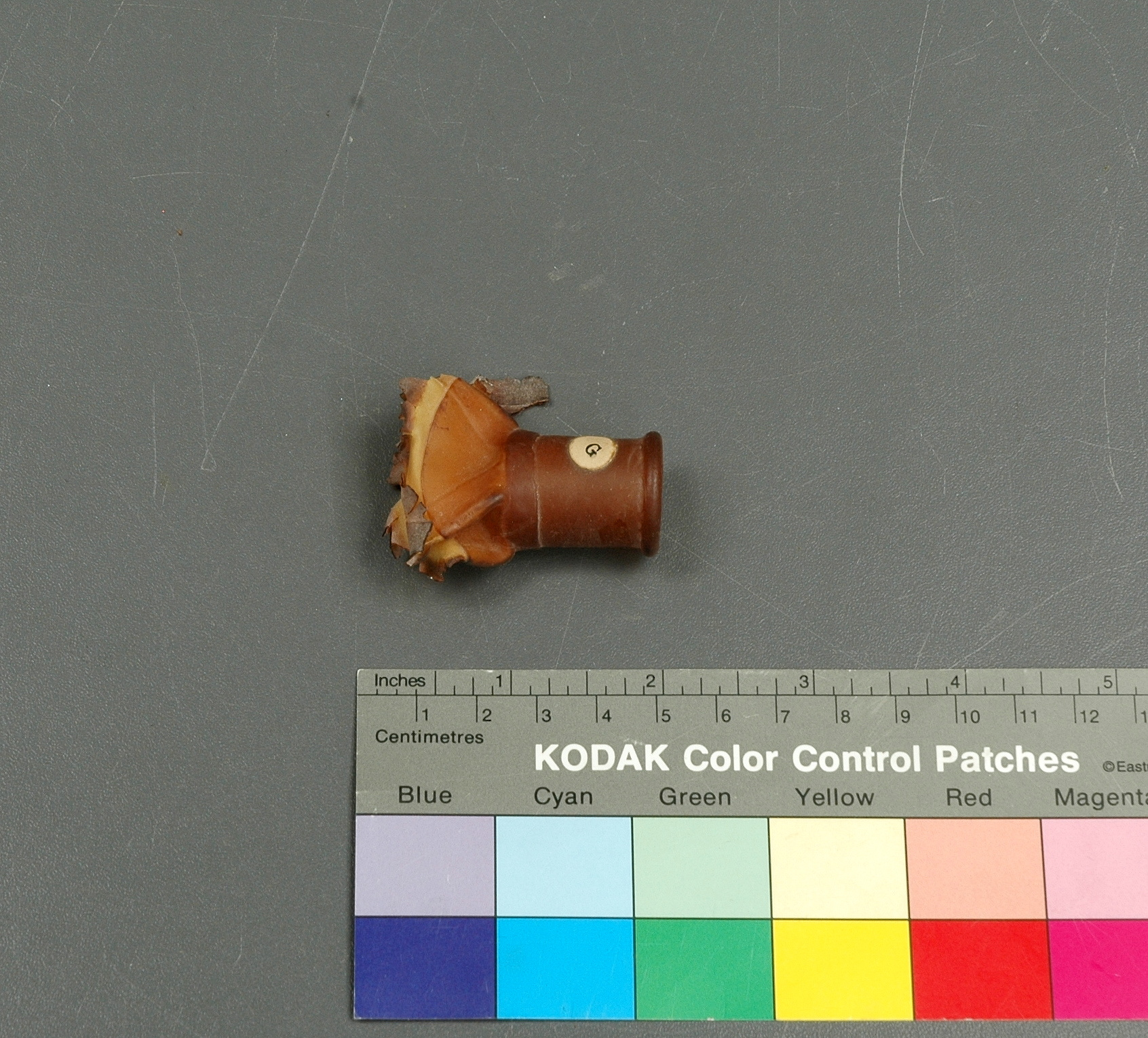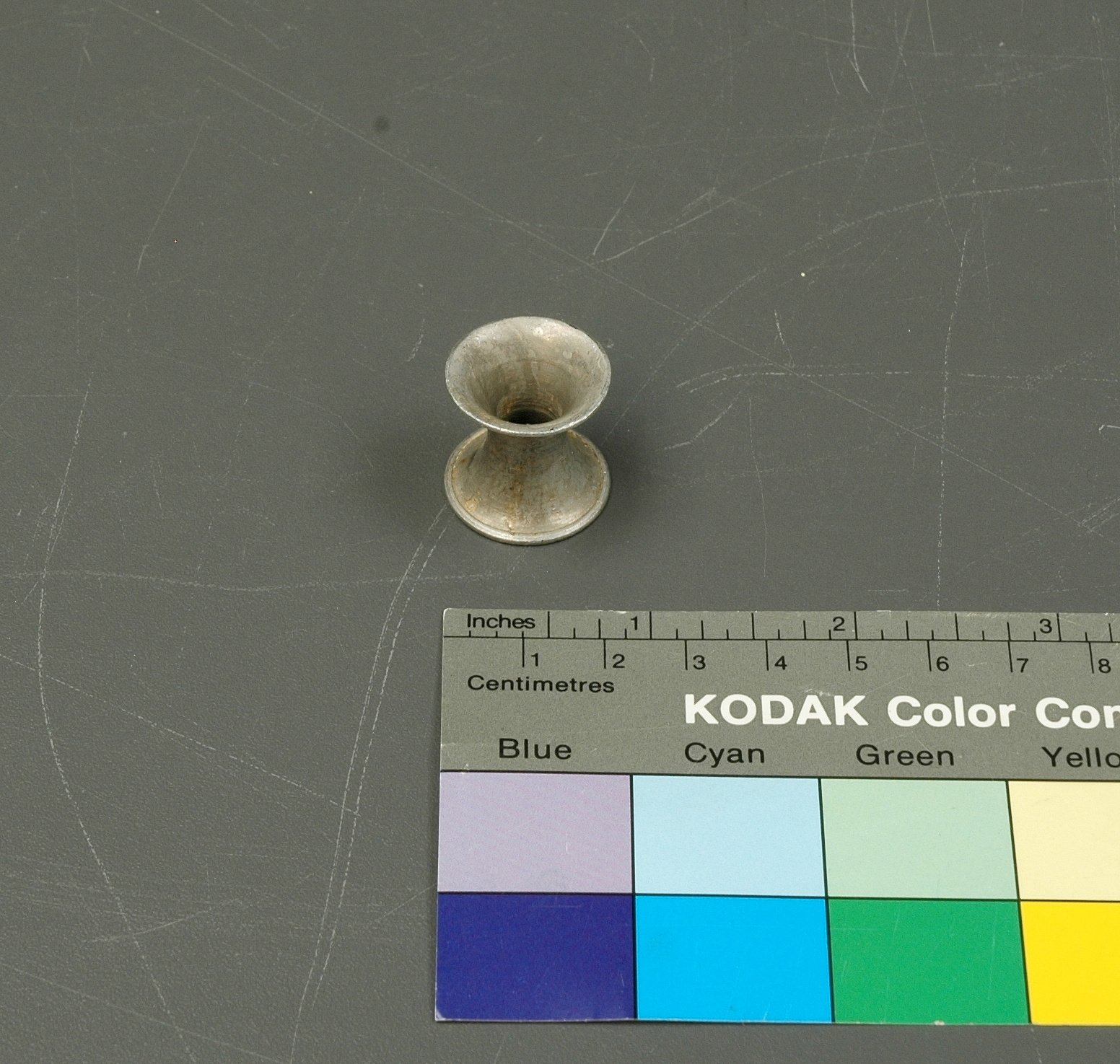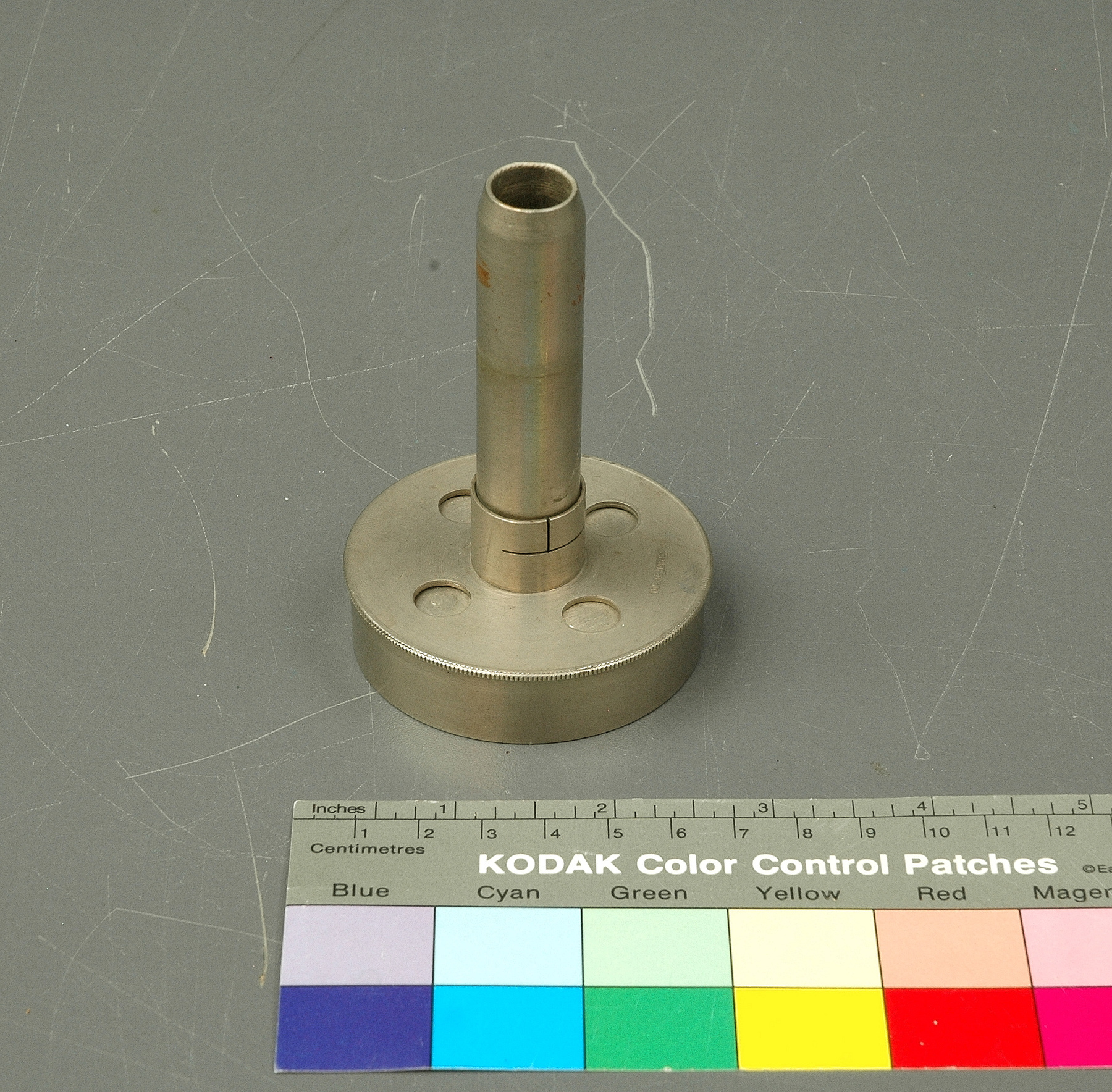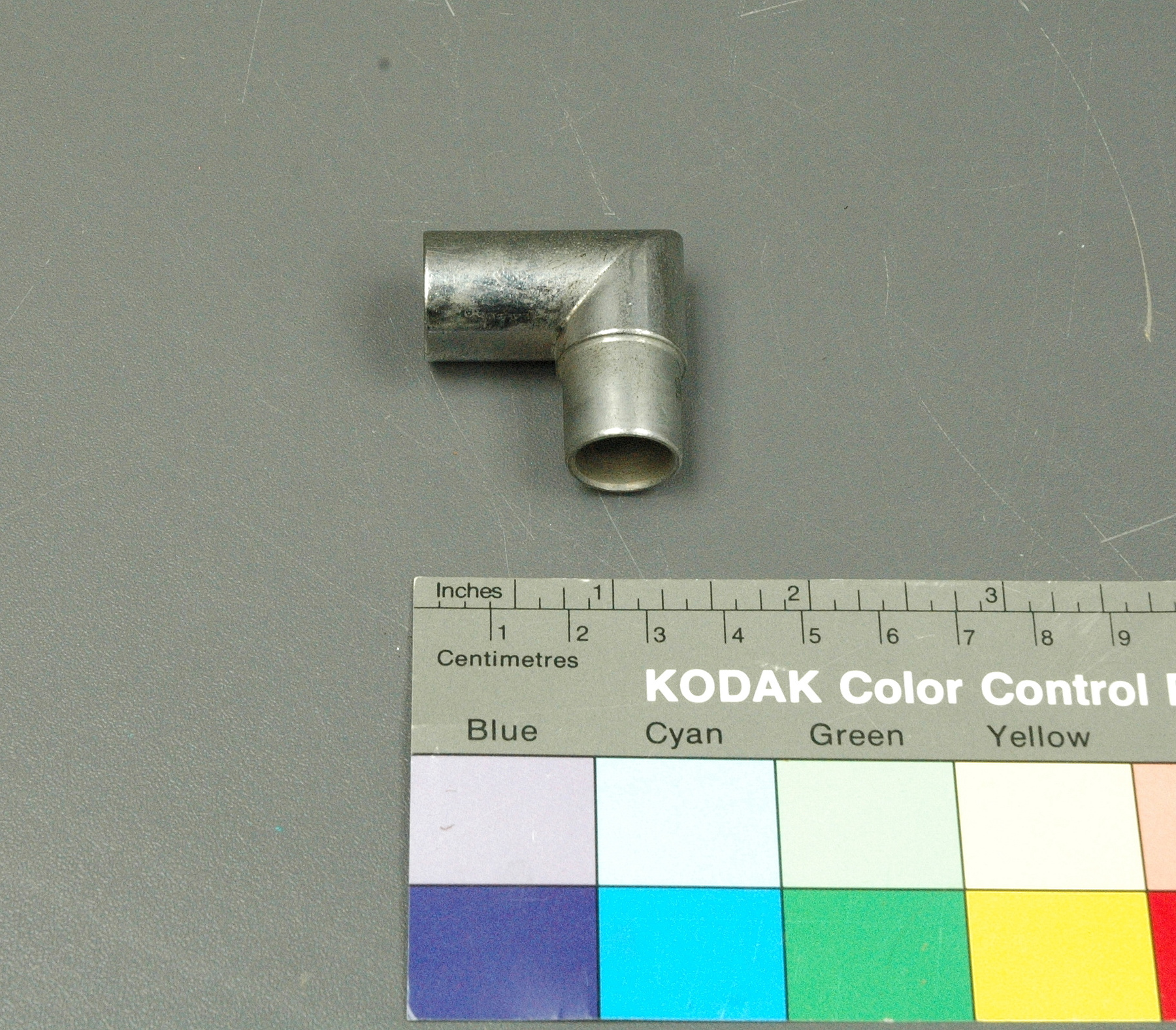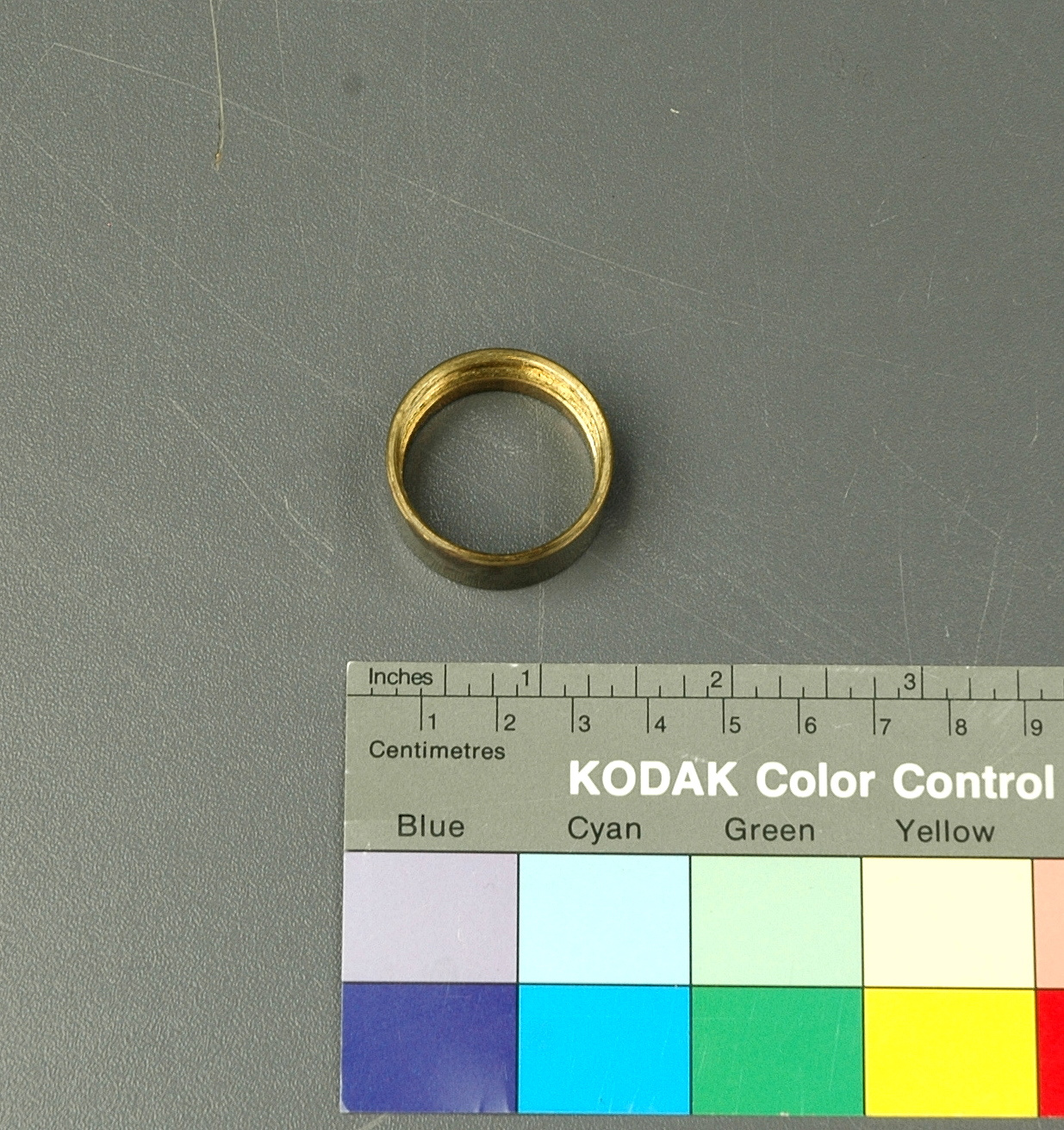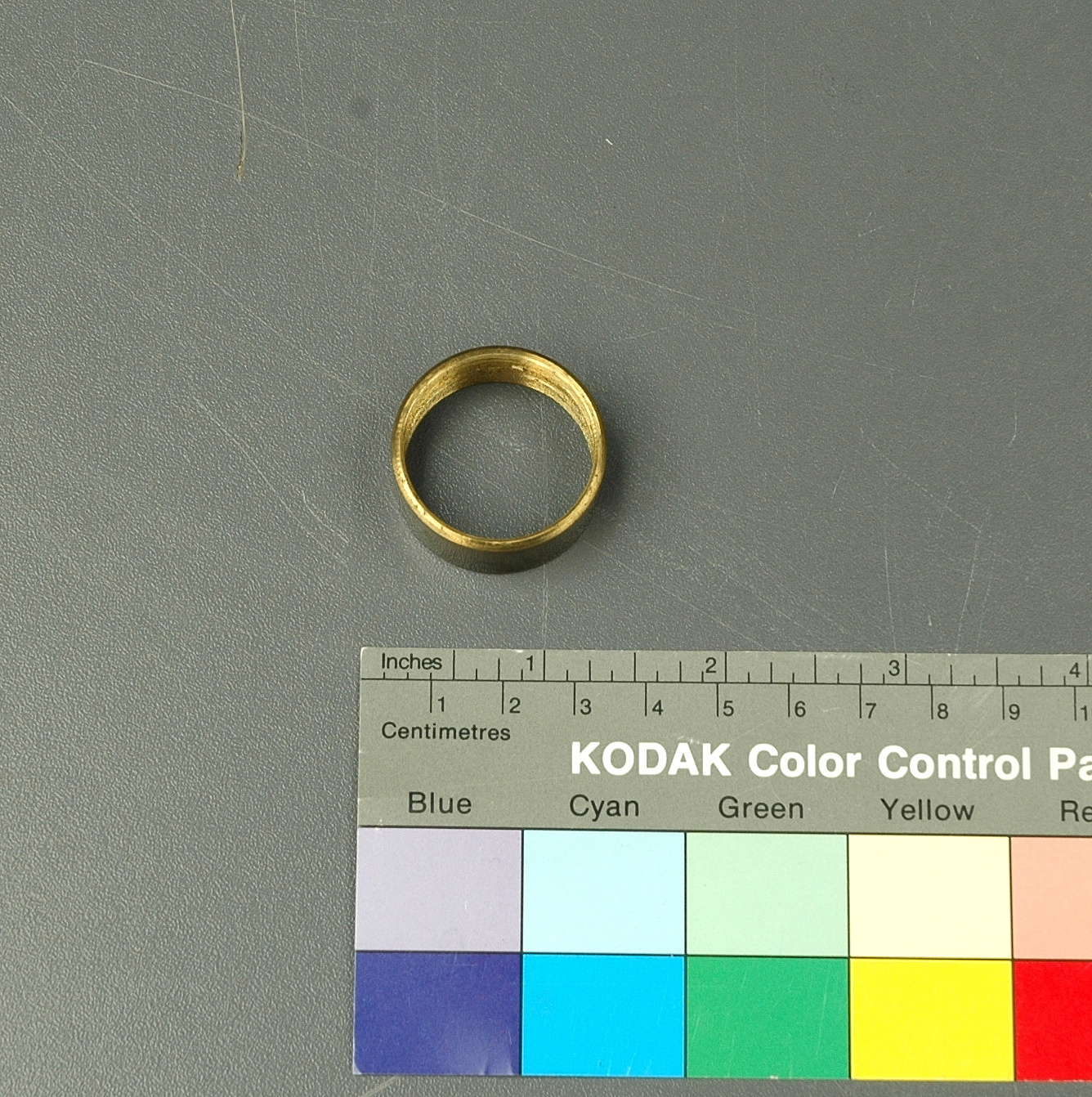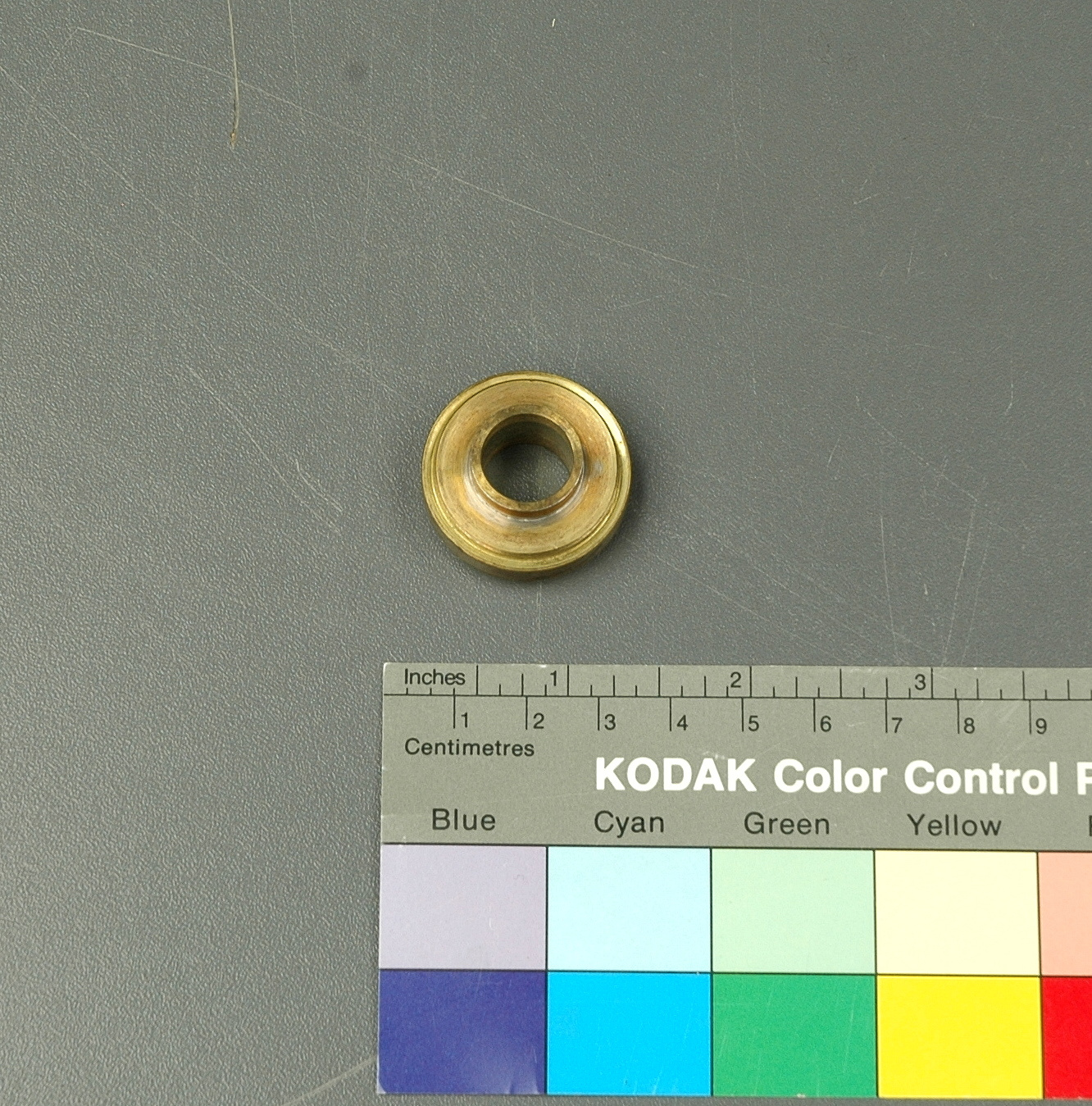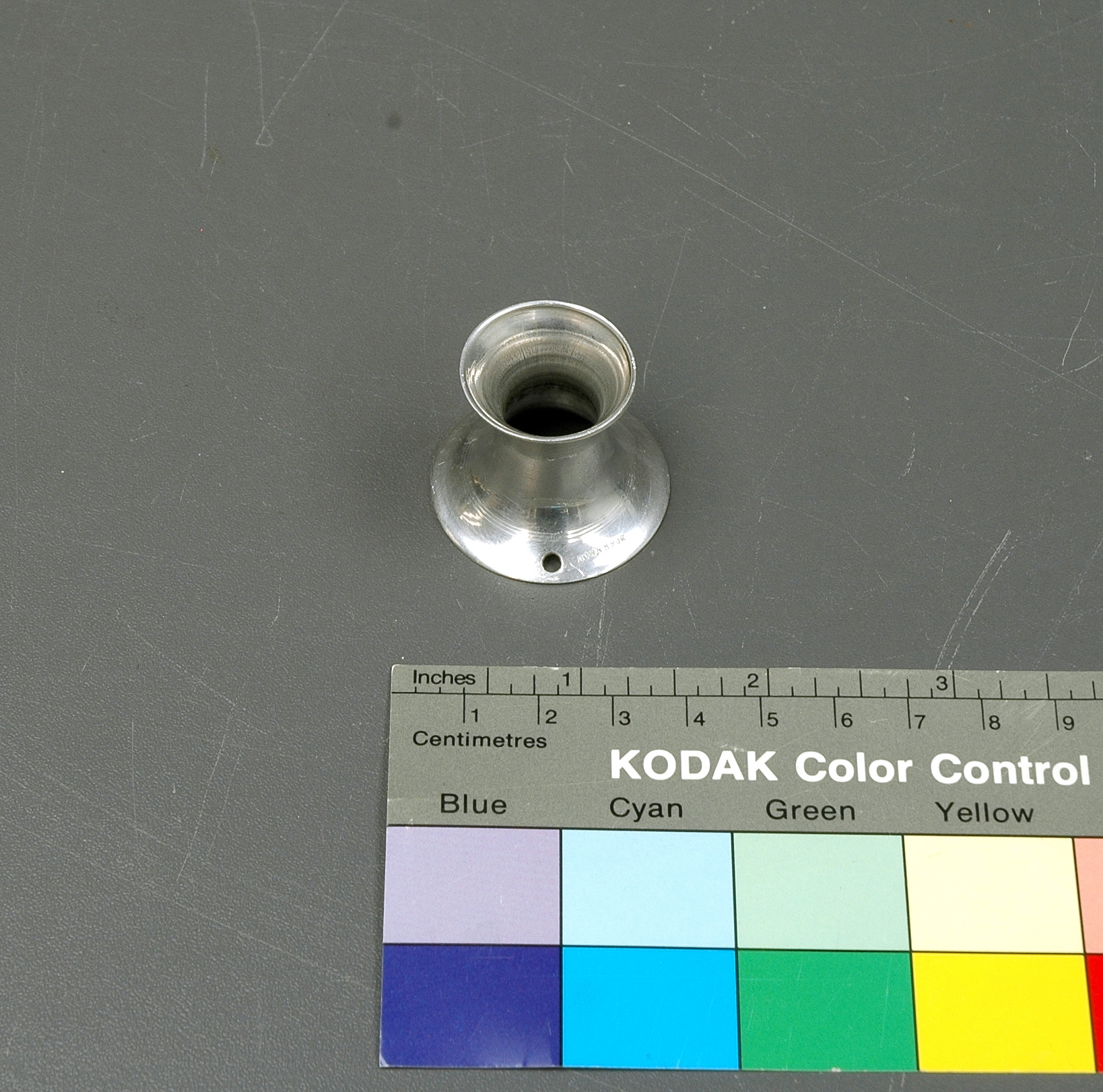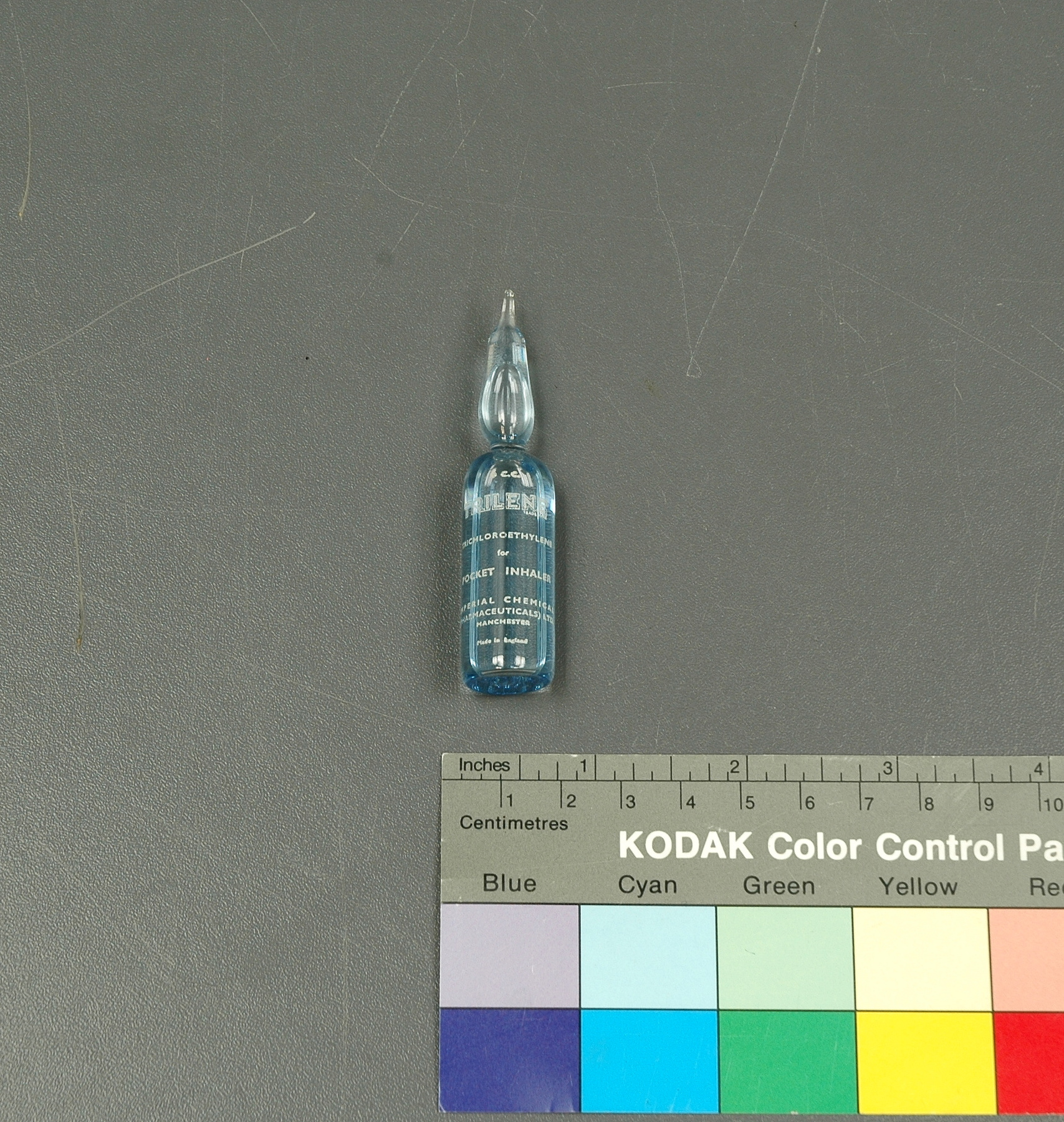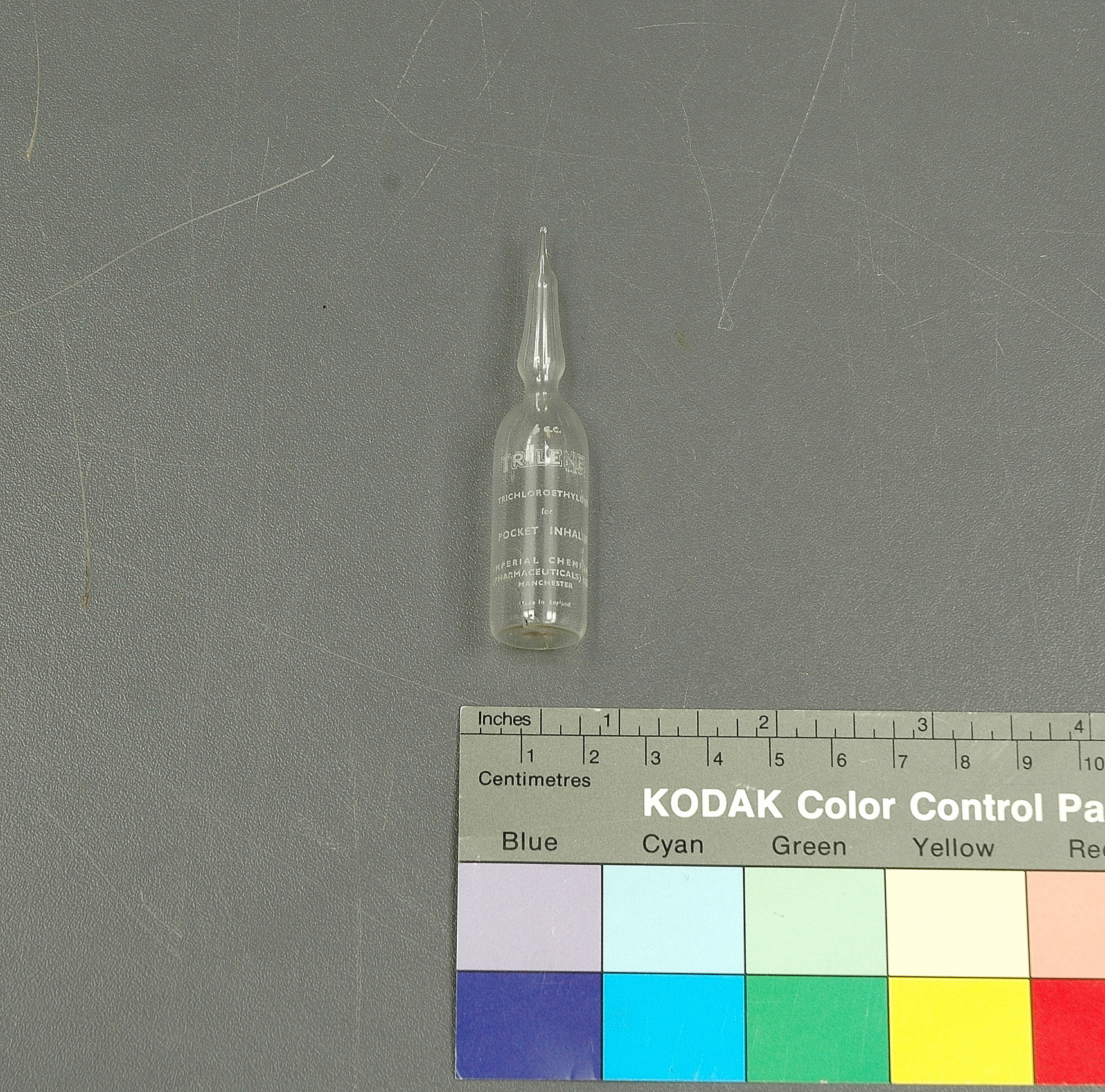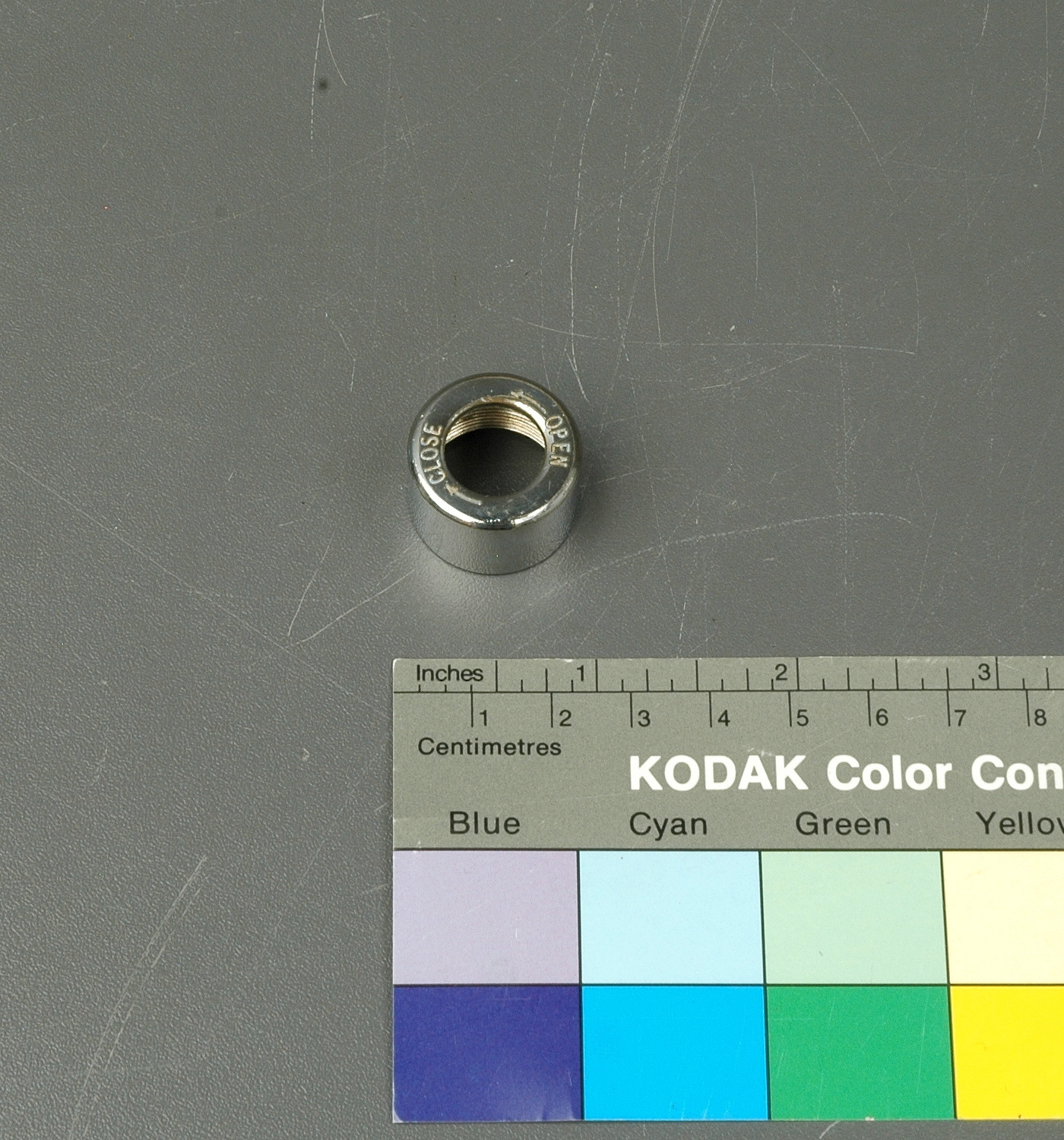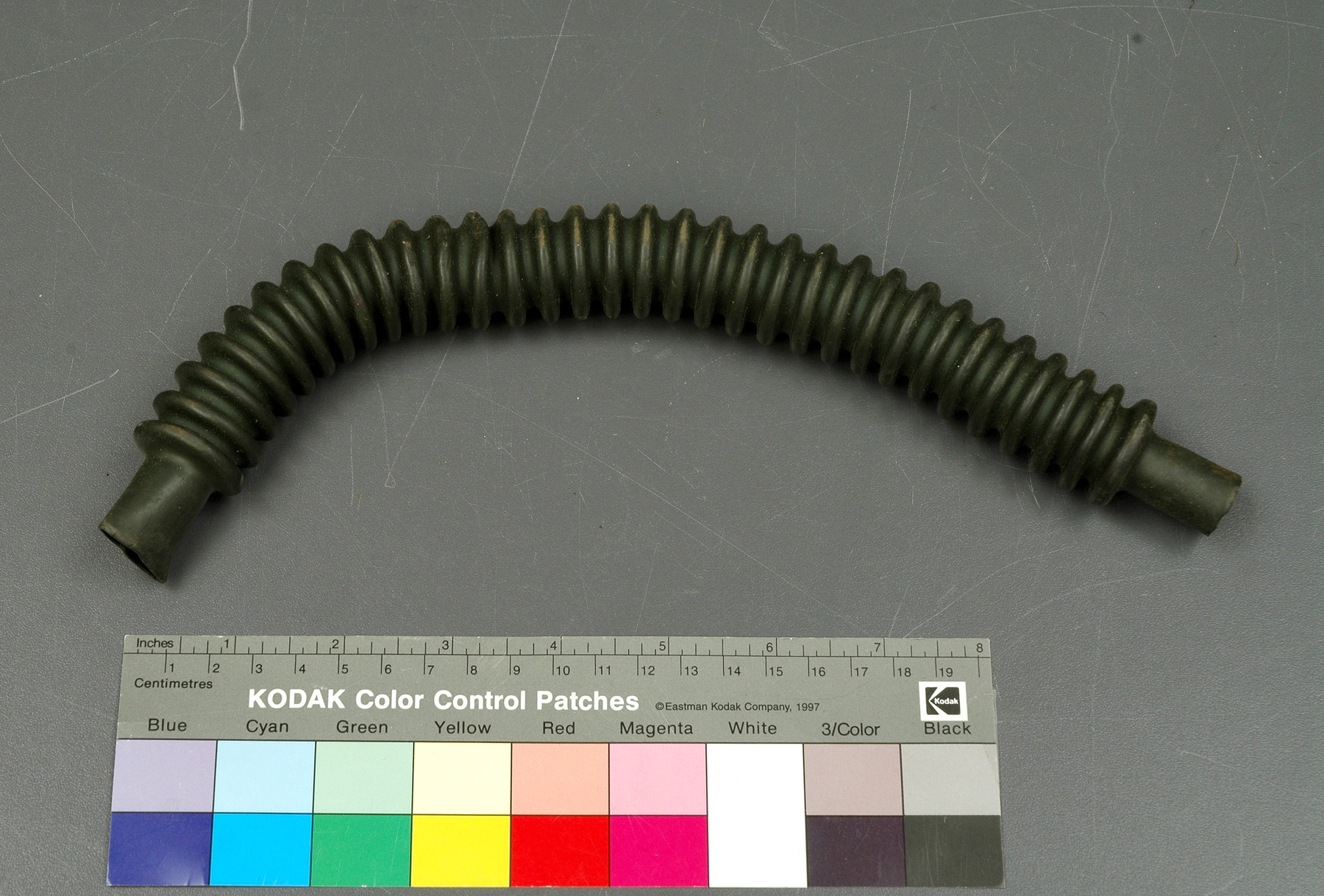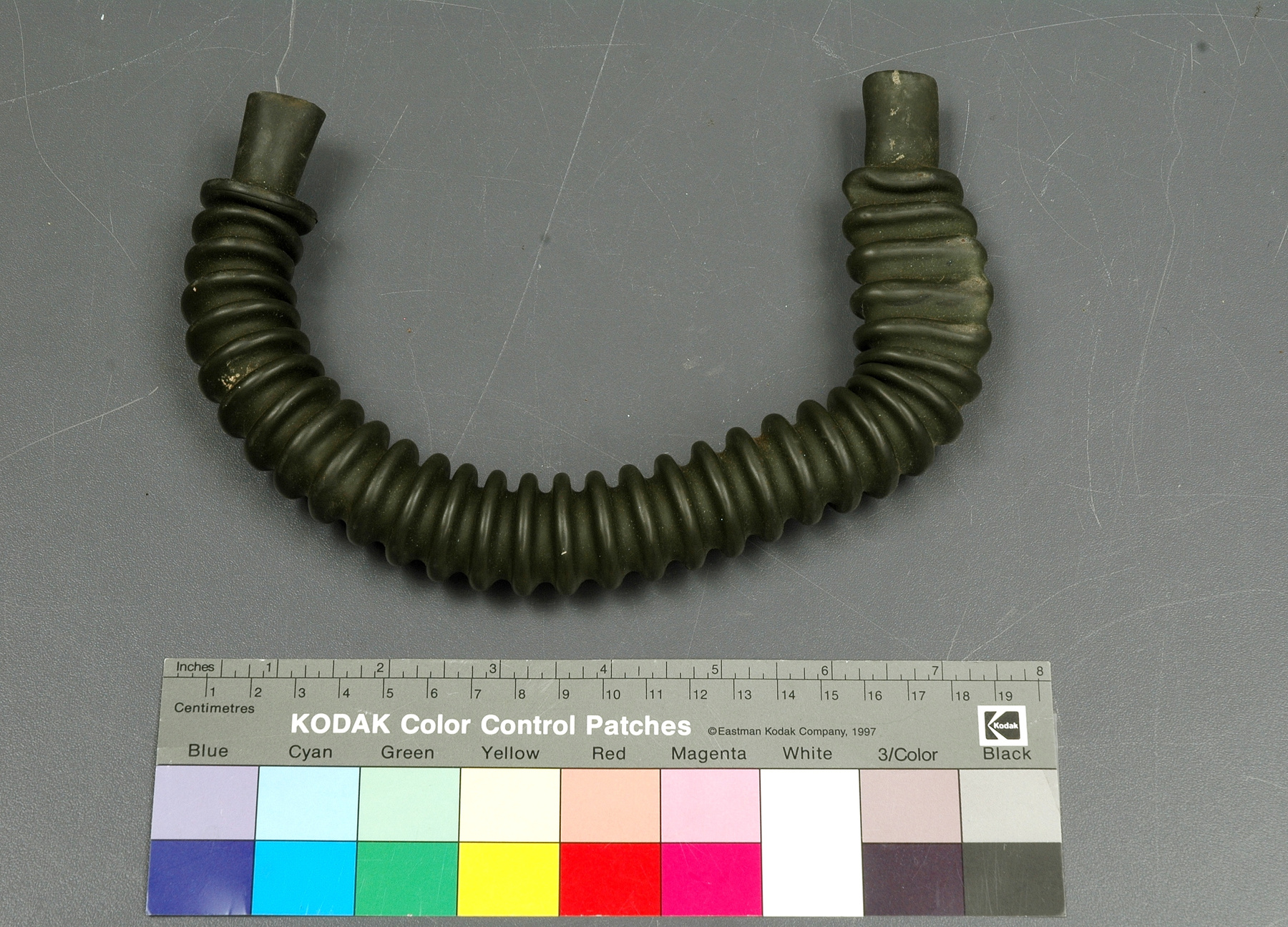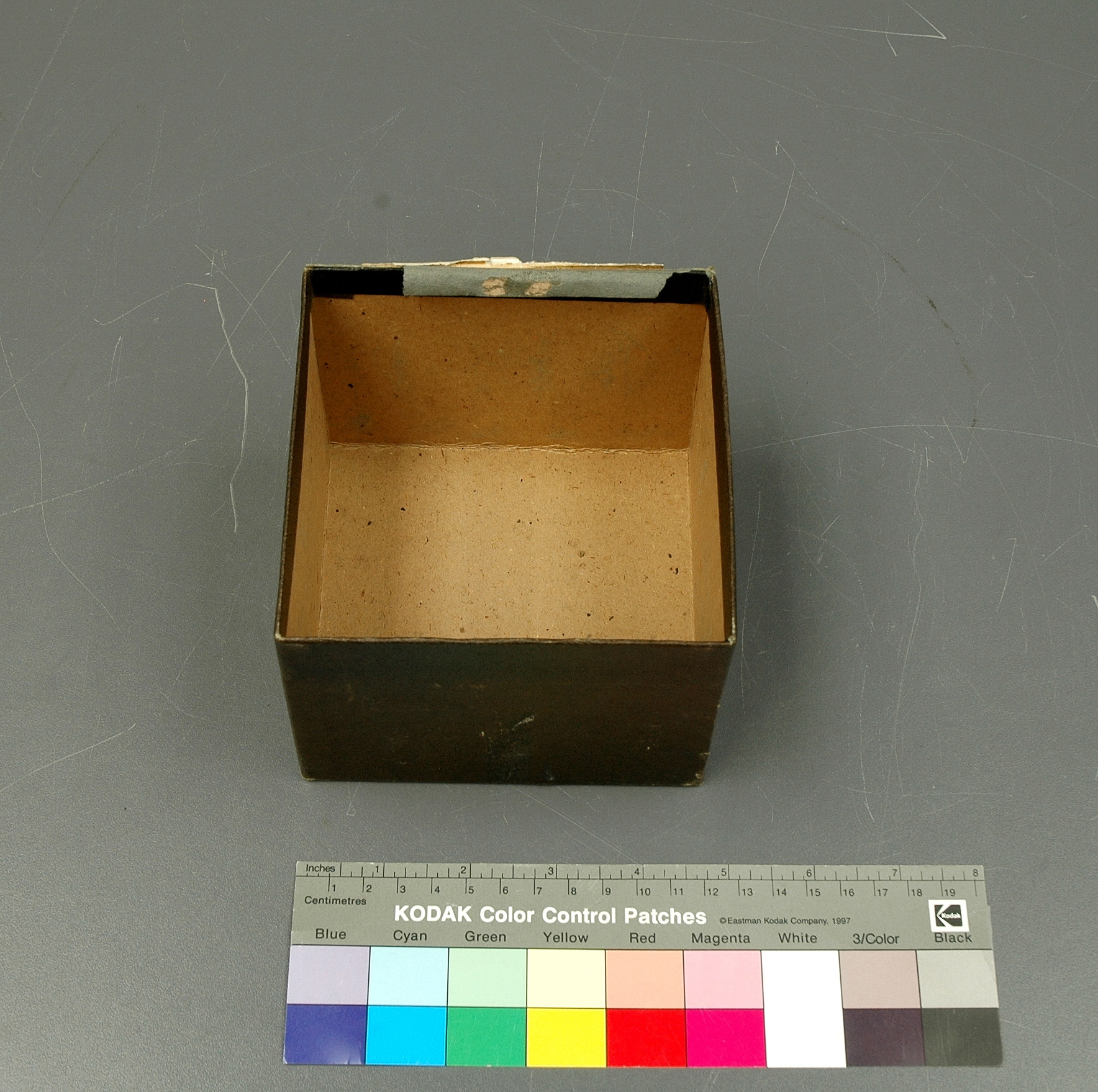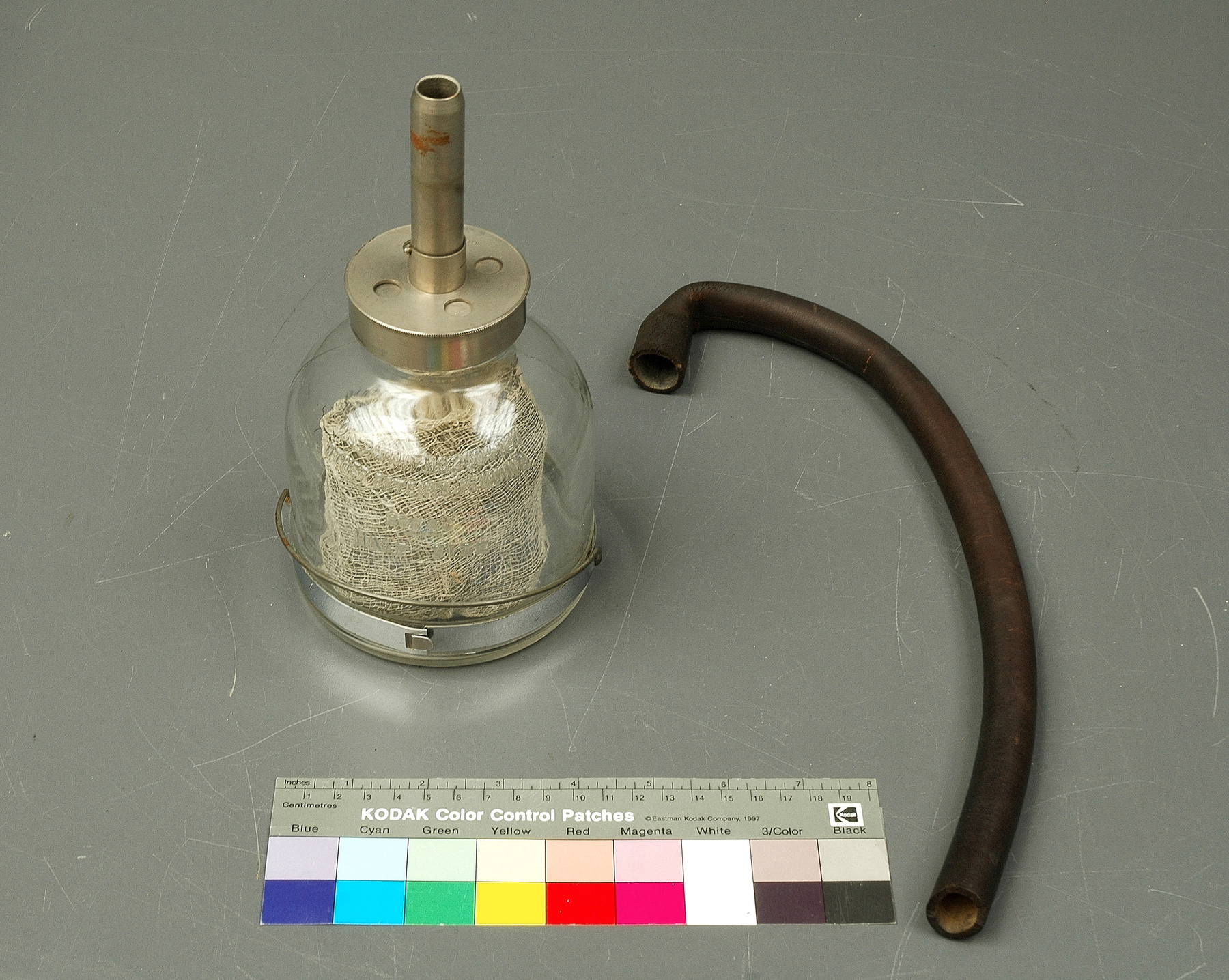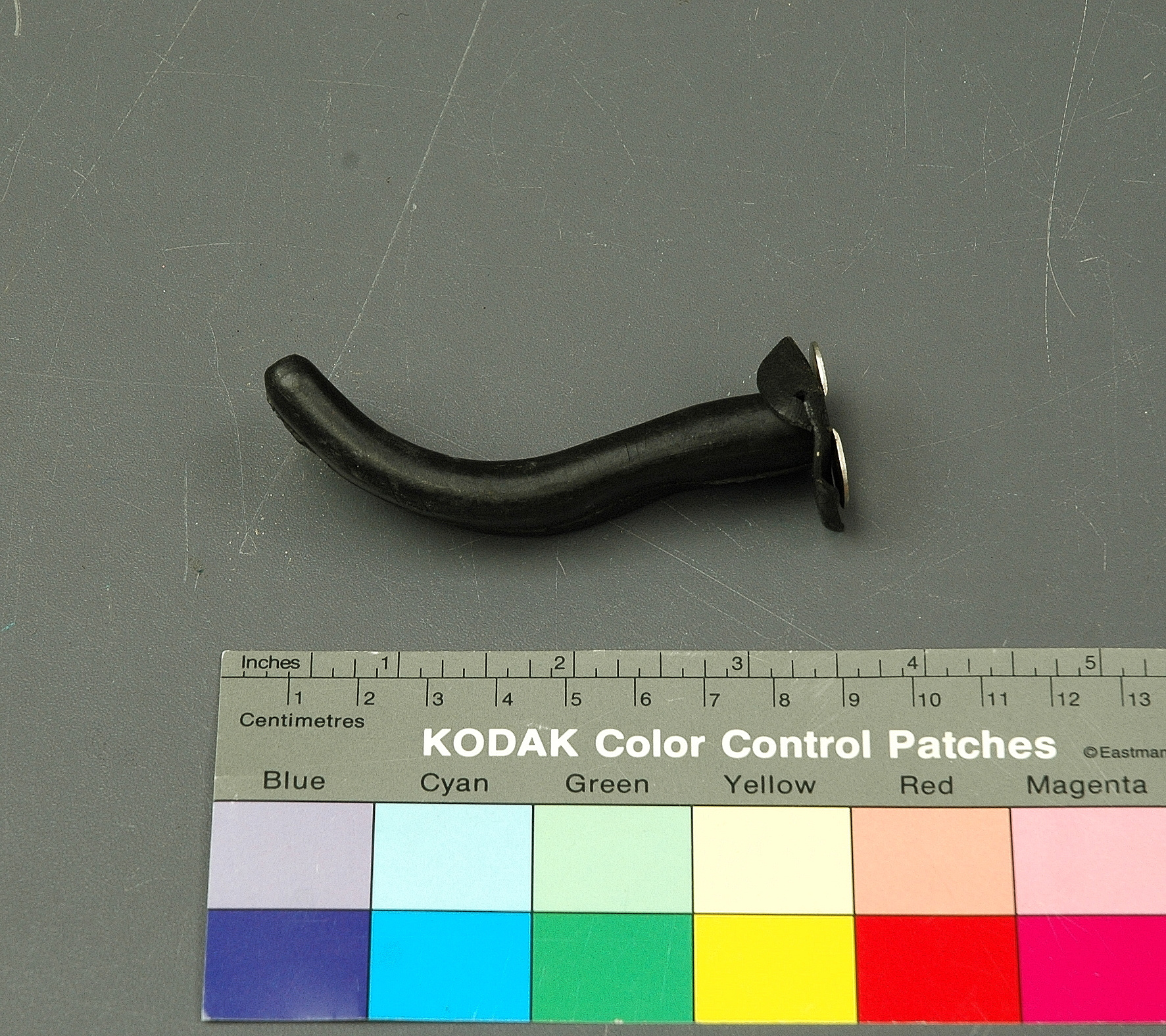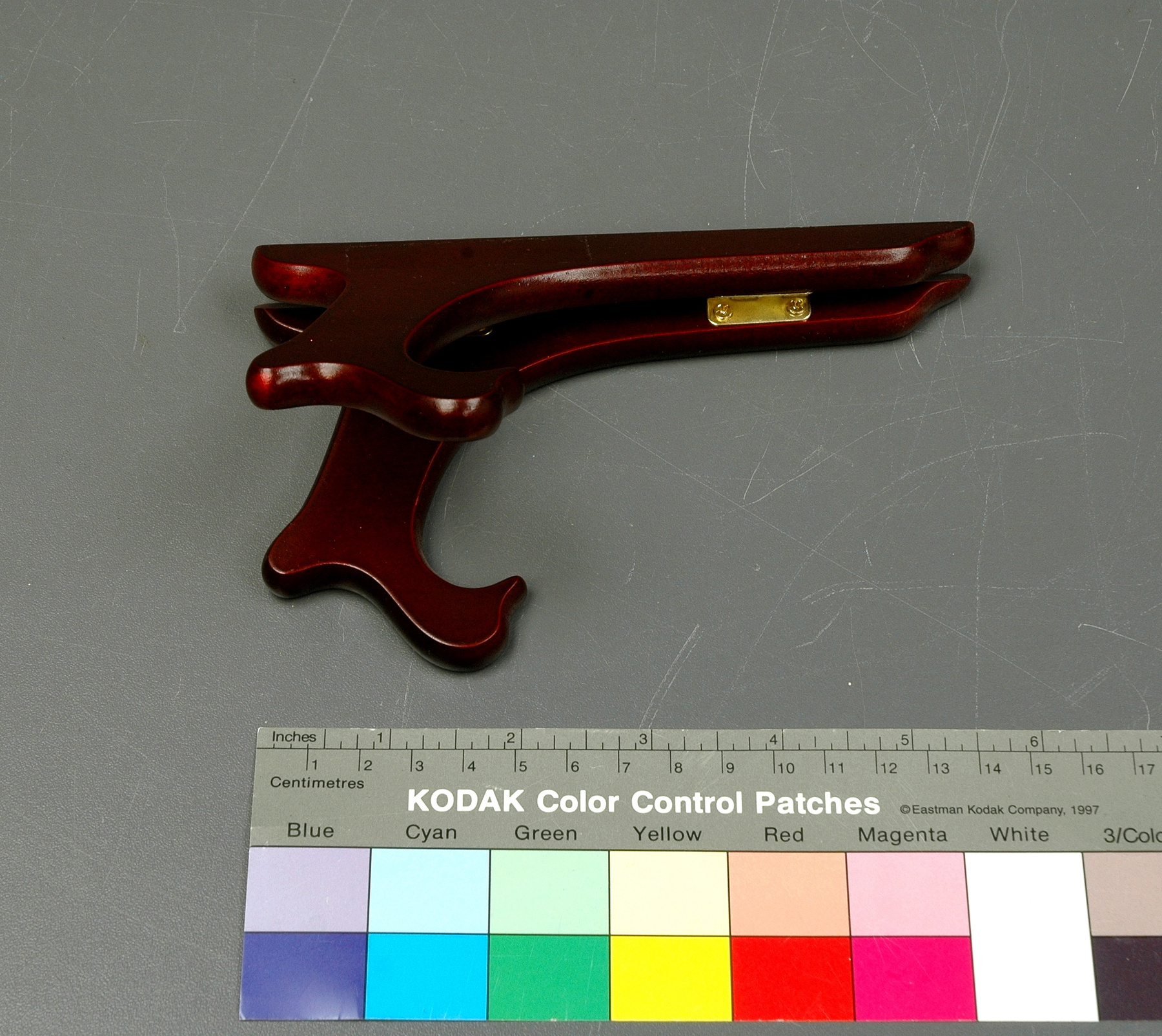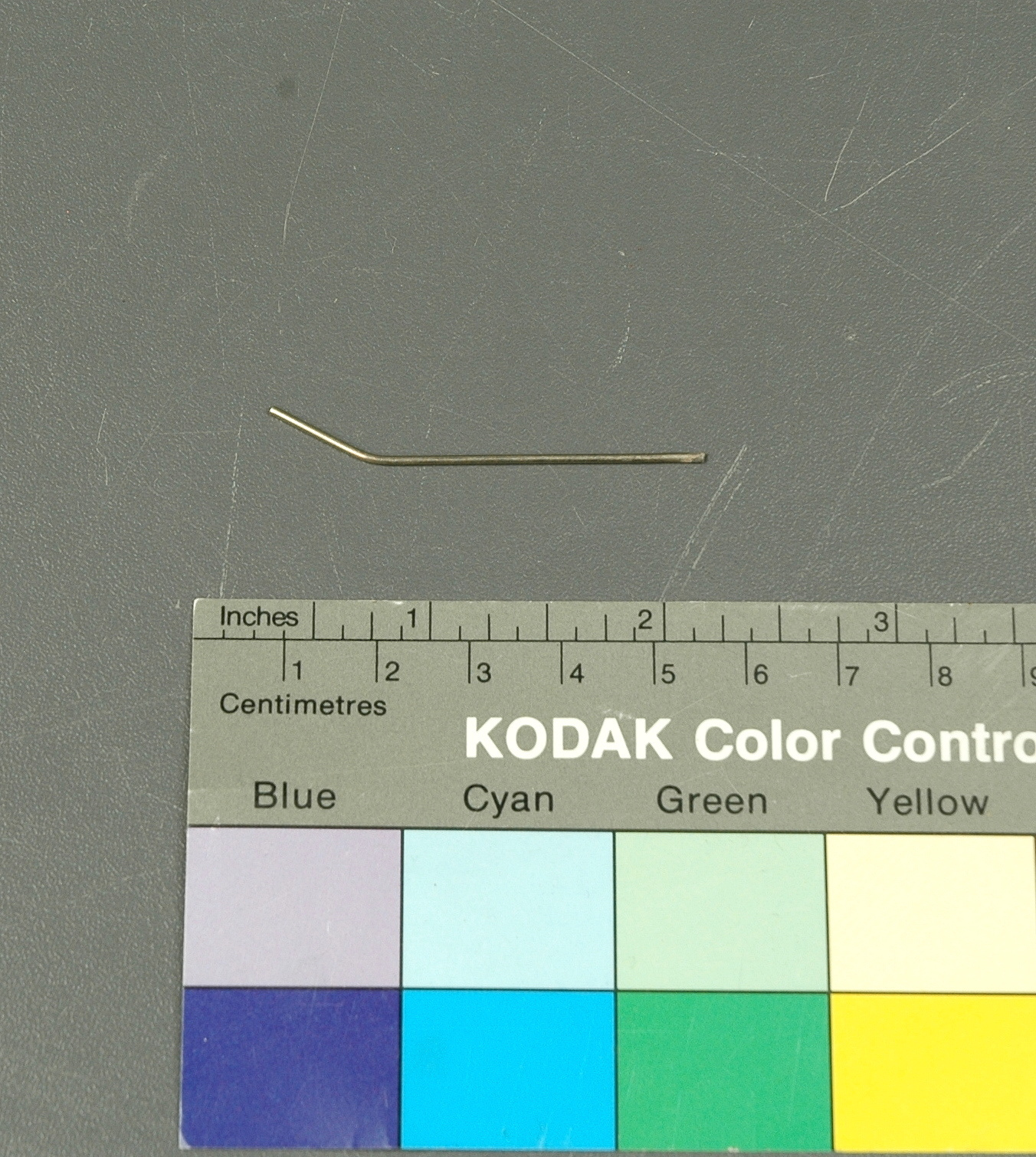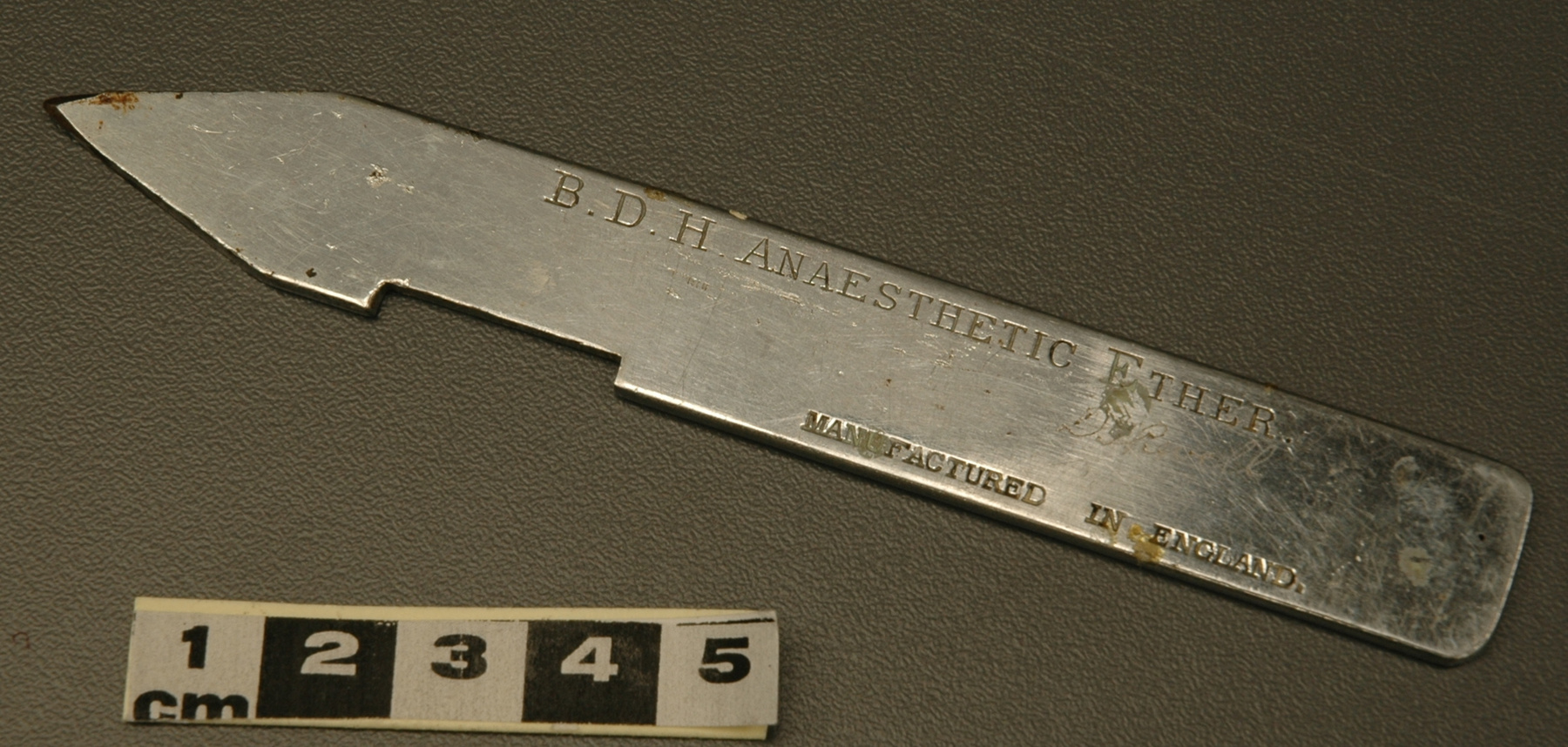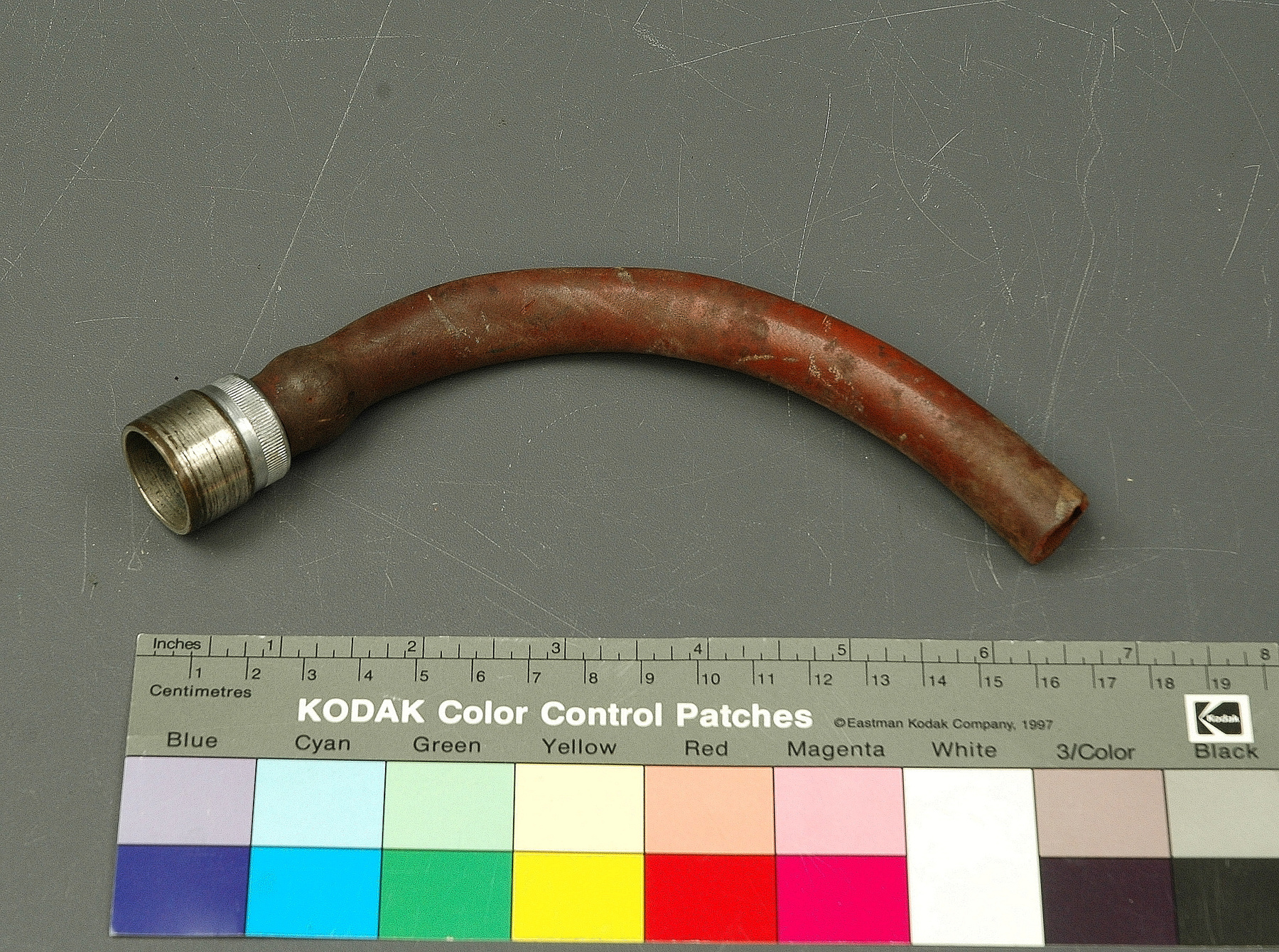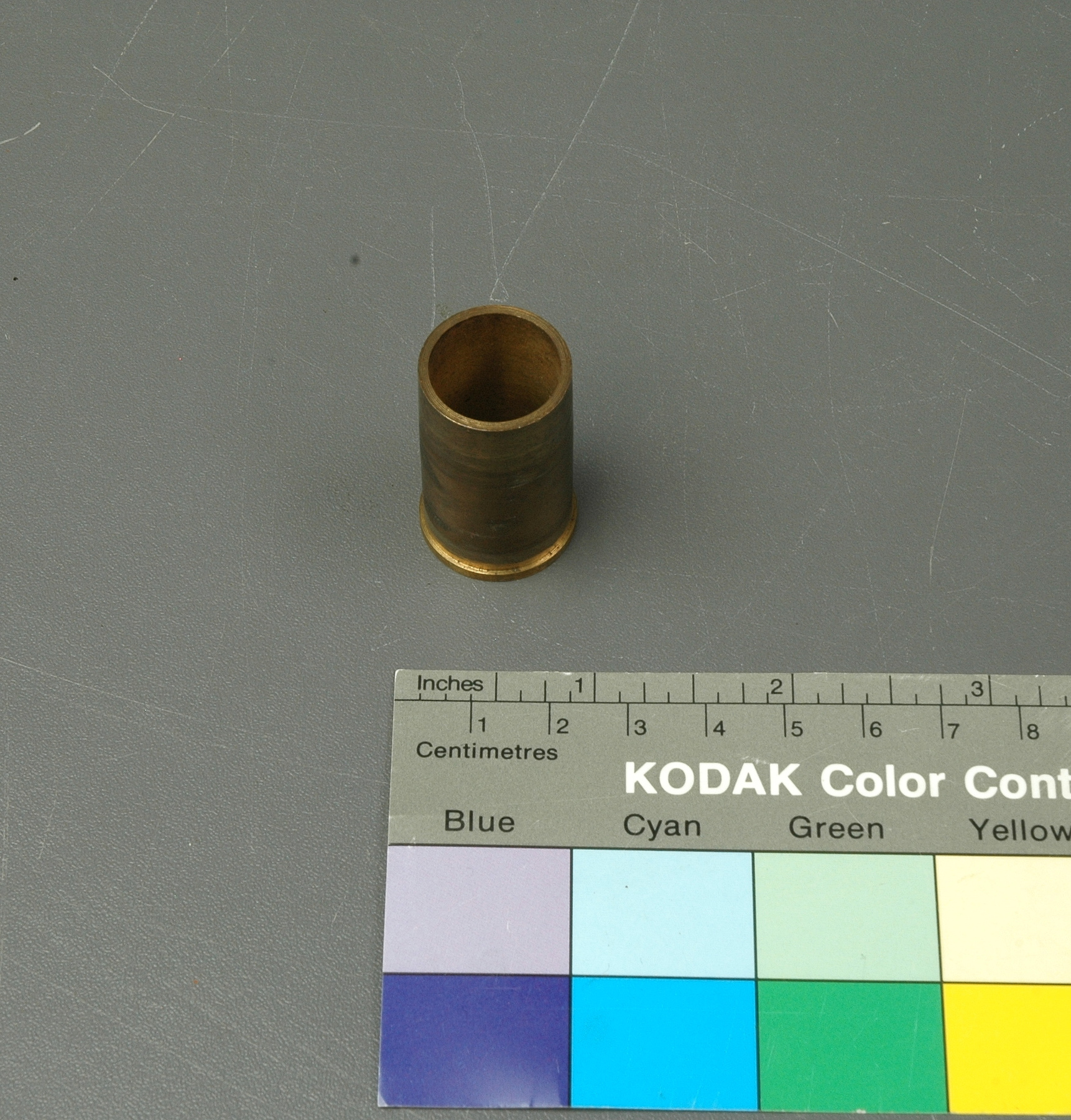Tube, connecting
Use this image
Can I reuse this image without permission? Yes
Object images on the Ingenium Collection’s portal have the following Creative Commons license:
Copyright Ingenium / CC BY-NC-ND (Attribution-NonCommercial 4.0 International (CC BY-NC 4.0)
ATTRIBUTE THIS IMAGE
Ingenium,
2014.0119.005
Permalink:
Ingenium is releasing this image under the Creative Commons licensing framework, and encourages downloading and reuse for non-commercial purposes. Please acknowledge Ingenium and cite the artifact number.
DOWNLOAD IMAGEPURCHASE THIS IMAGE
This image is free for non-commercial use.
For commercial use, please consult our Reproduction Fees and contact us to purchase the image.
- OBJECT TYPE
- N/A
- DATE
- 1933–1937
- ARTIFACT NUMBER
- 2014.0119.005
- MANUFACTURER
- Coxeter & Son
- MODEL
- Unknown
- LOCATION
- London, United Kingdom
More Information
General Information
- Serial #
- N/A
- Part Number
- 5
- Total Parts
- 16
- AKA
- N/A
- Patents
- N/A
- General Description
- Brass tube
Dimensions
Note: These reflect the general size for storage and are not necessarily representative of the object's true dimensions.
- Length
- N/A
- Width
- N/A
- Height
- 3.3 cm
- Thickness
- N/A
- Weight
- N/A
- Diameter
- 2.1 cm
- Volume
- N/A
Lexicon
- Group
- Medical Technology
- Category
- Chemicals & medications
- Sub-Category
- N/A
Manufacturer
- AKA
- Coxeter
- Country
- United Kingdom
- State/Province
- Unknown
- City
- London
Context
- Country
- Unknown
- State/Province
- Unknown
- Period
- Unknown
- Canada
-
Part of a collection of medical technologies donated to the Canada Science and Technology Museums Corporation by the Canadian Anesthesiologists’ Society. This machine was lent to CAS by Dr. Jeremy Sloan of North York, Ontario in 1995. Dr. Sloan is regarded as a leader in the promotion of safety standards for anesthetic equipment. - Function
-
Unknown - Technical
-
The original concept of Boyle's machine was invented by the British anaesthetist Henry Boyle (1875–1941) in 1917. Boyle promoted intratracheal insufflation techniques using nitrous oxide, oxygen and ether, replacing open-drop anaesthesia. Initially he used imported Gwathmey machines from the USA, but finding them unreliable, he developed his own continuous-flow machines. His design included cylinders for the gases and a "Boyle's Bottle" to vaporize diethyl ether. Until recently, an anaesthetic machine was often referred to as a "Boyle's Machine" in honour of his contribution. Dr. Sloan believes that this machine has an unsafe design because it was hard to assemble which often resulted in connection errors and issues during operation. (ref.1) - Area Notes
-
Unknown
Details
- Markings
- None
- Missing
- Appears complete
- Finish
- Dull brass finish
- Decoration
- N/A
CITE THIS OBJECT
If you choose to share our information about this collection object, please cite:
Coxeter & Son, Tube, connecting, circa 1933–1937, Artifact no. 2014.0119, Ingenium – Canada’s Museums of Science and Innovation, http://collection.ingeniumcanada.org/en/id/2014.0119.005/
FEEDBACK
Submit a question or comment about this artifact.
More Like This
